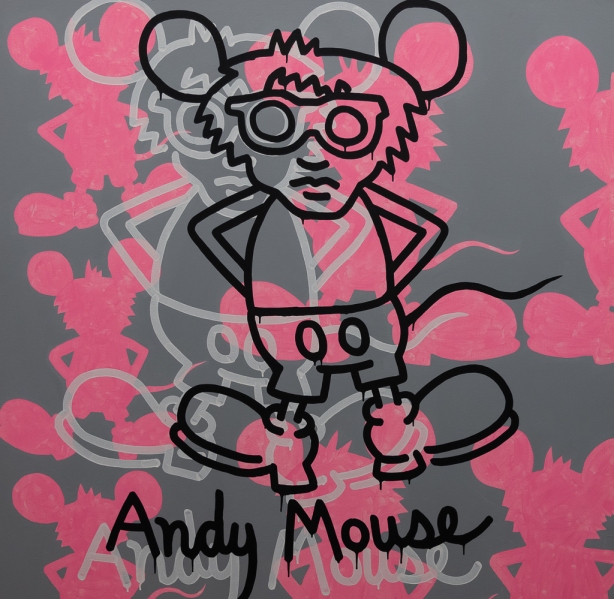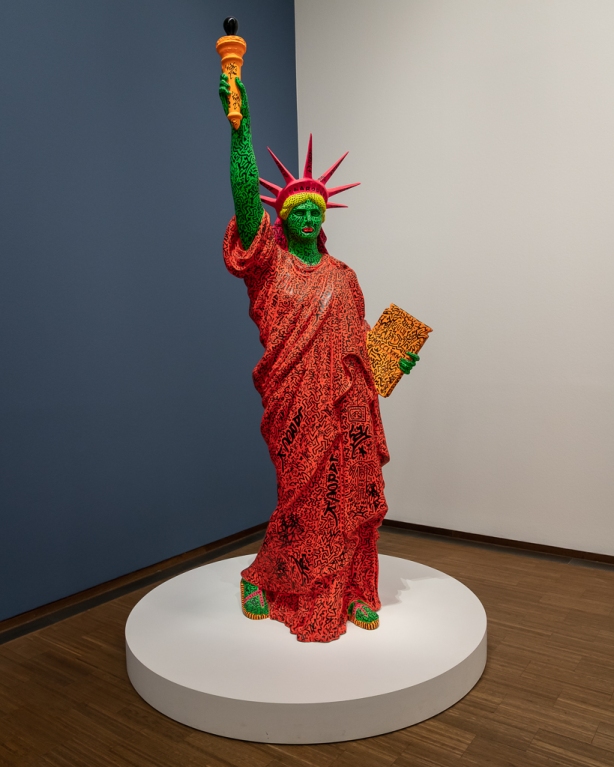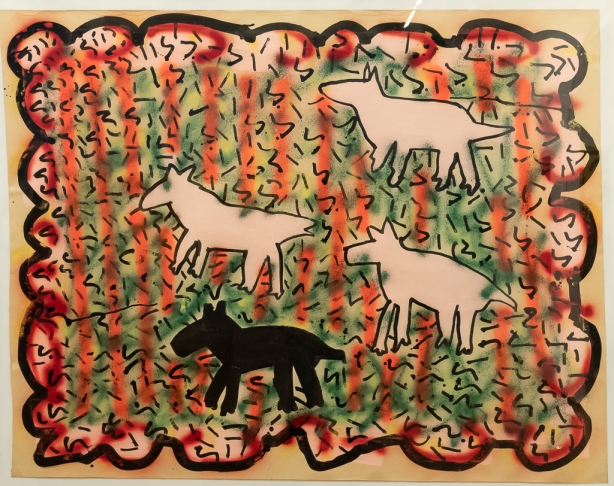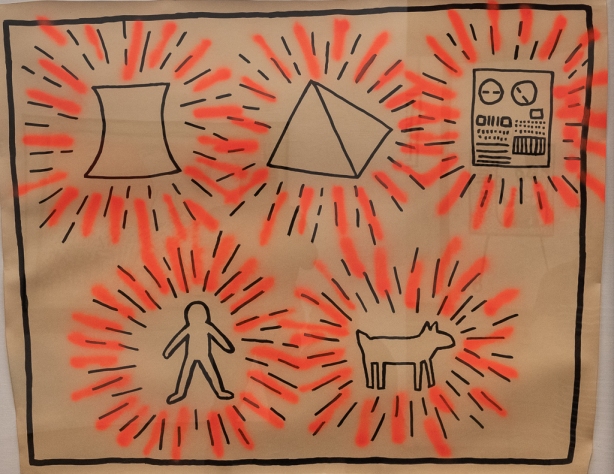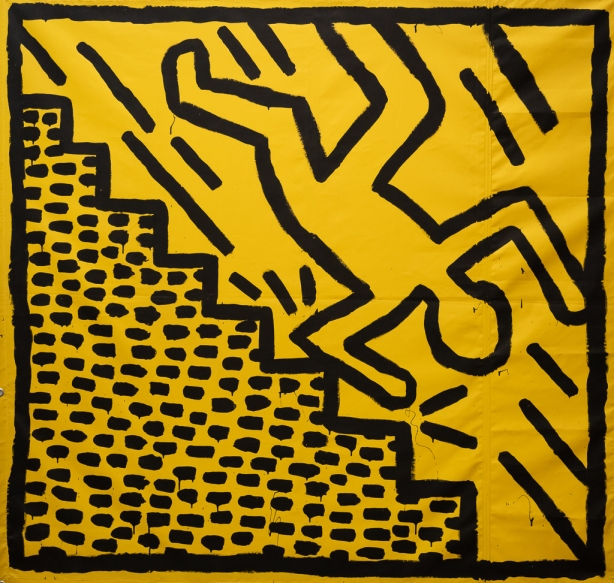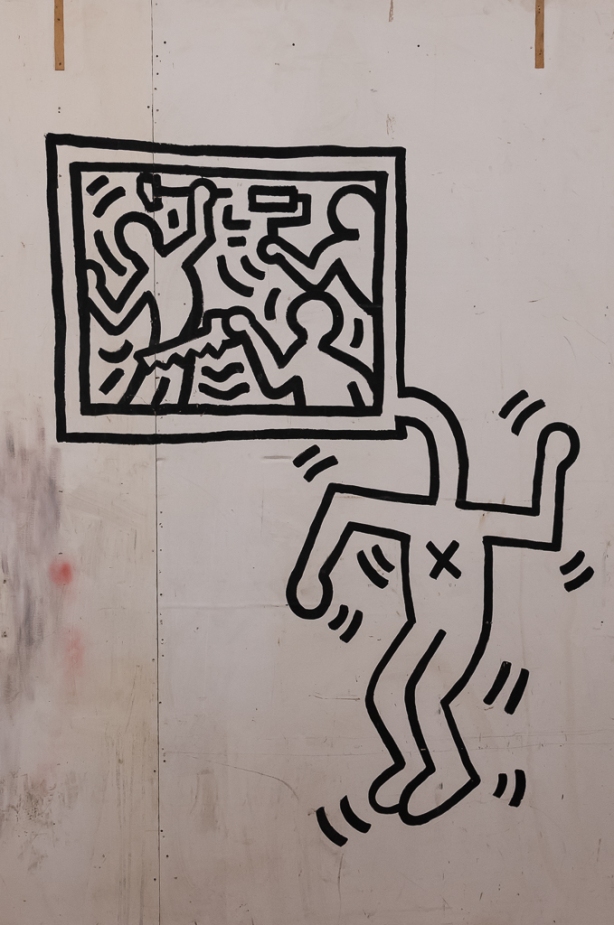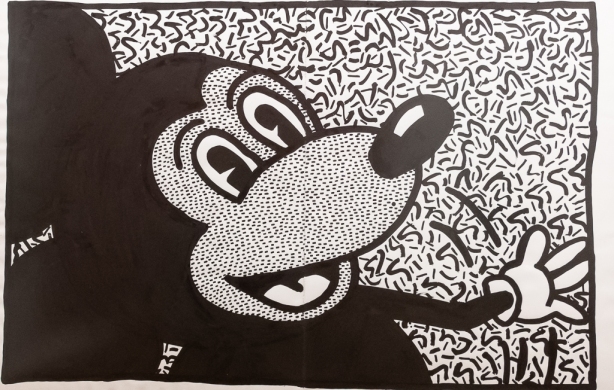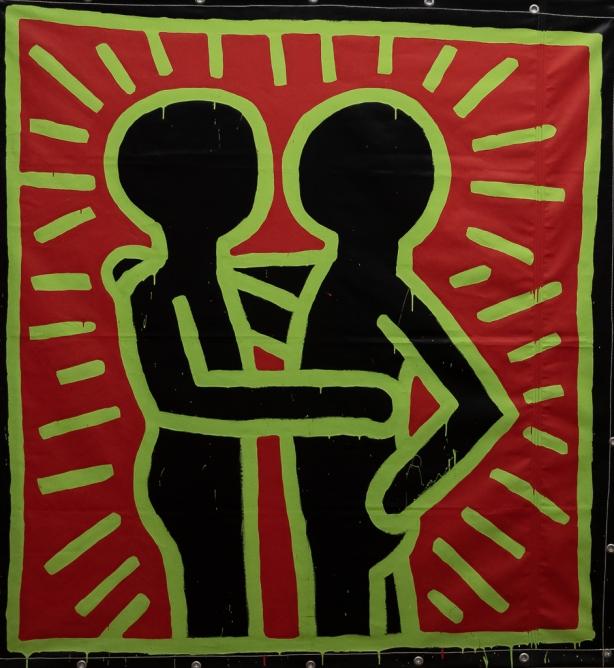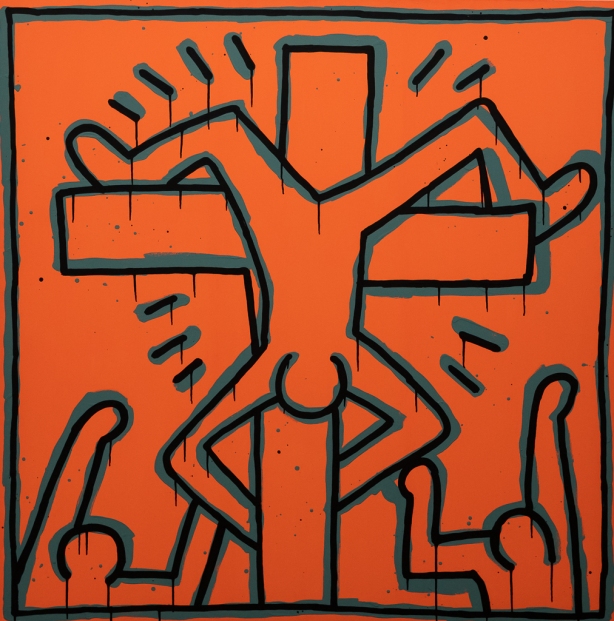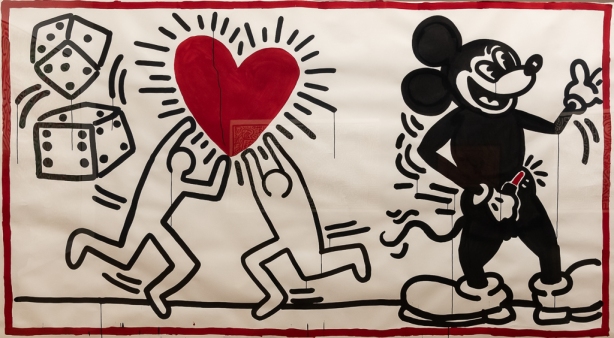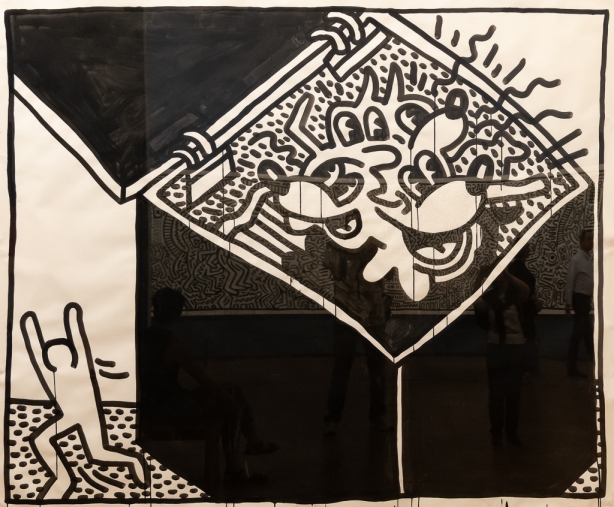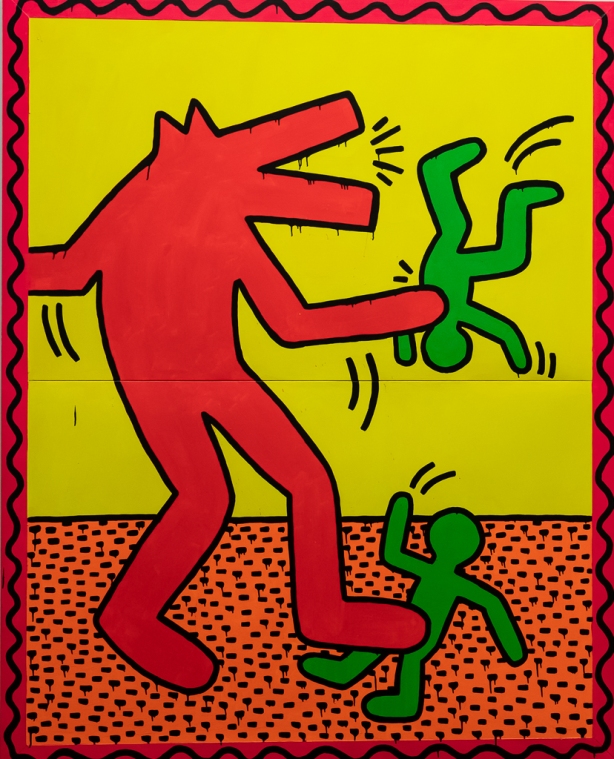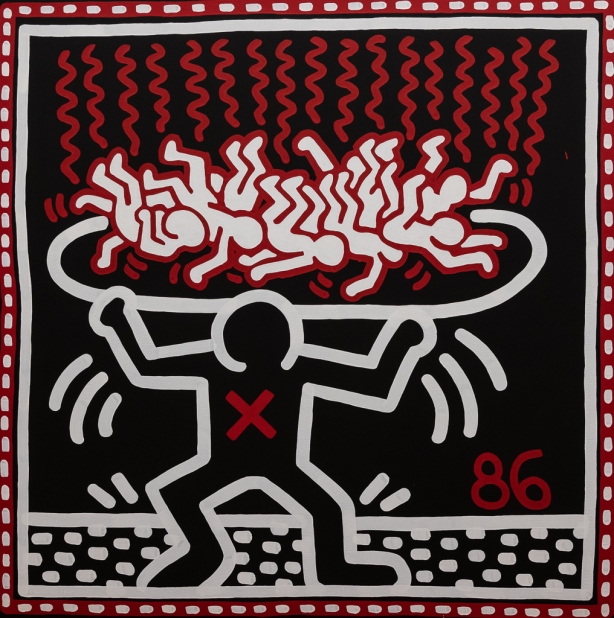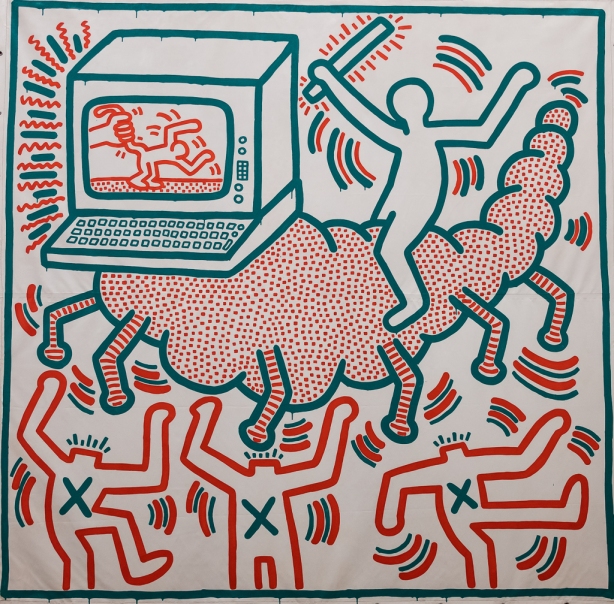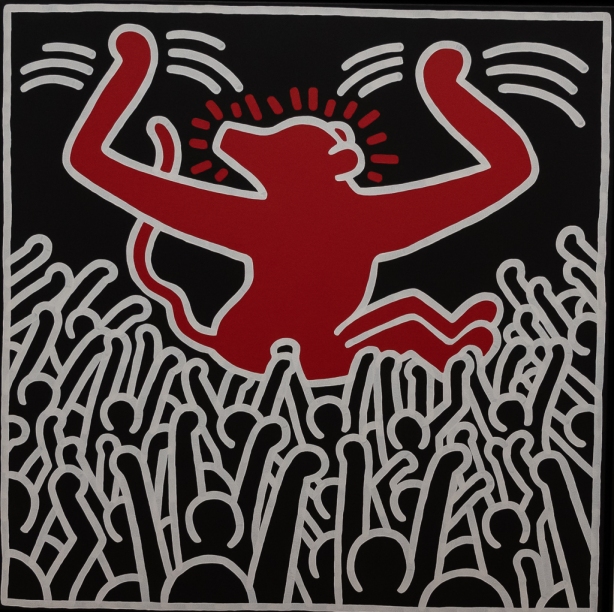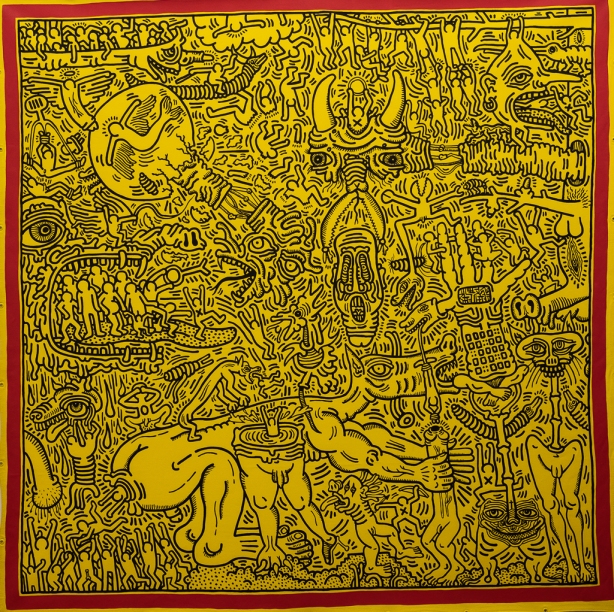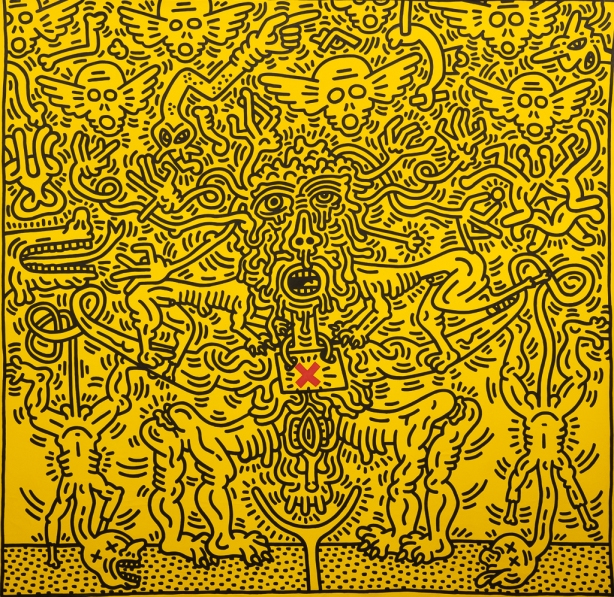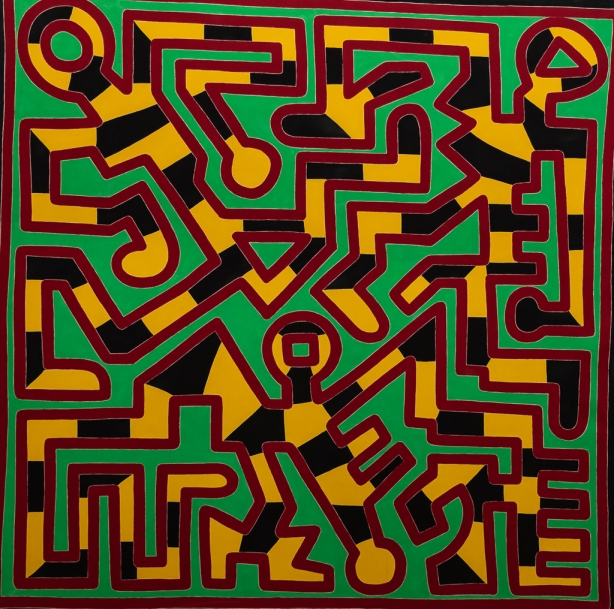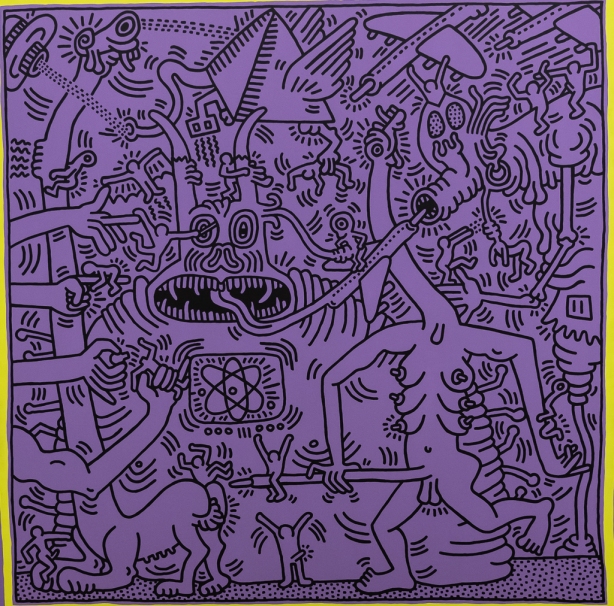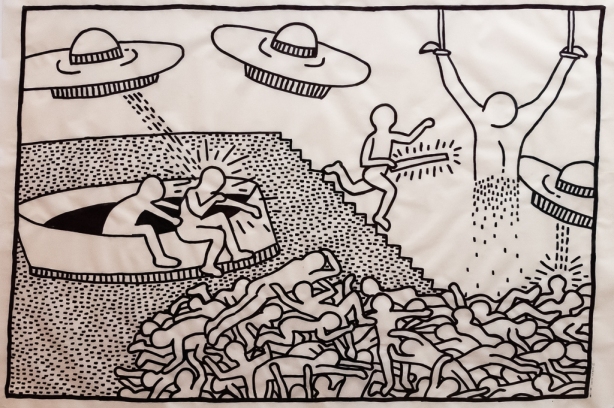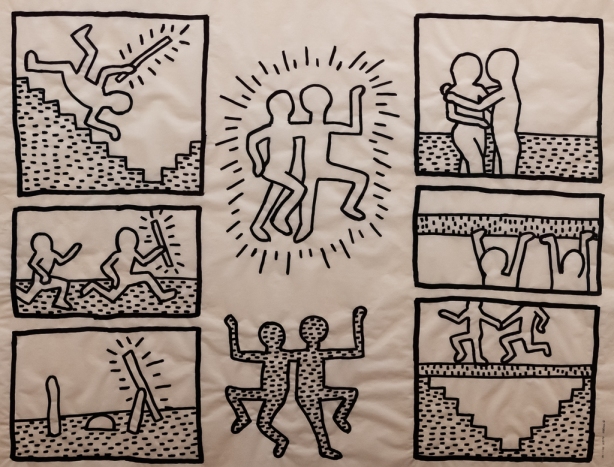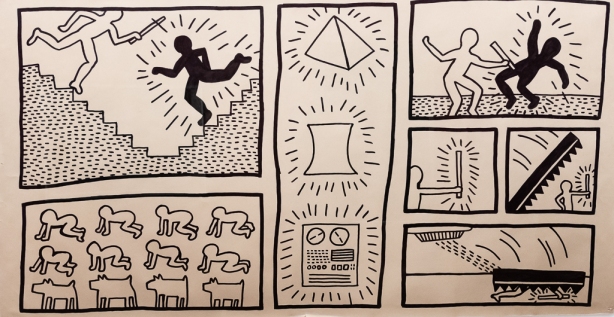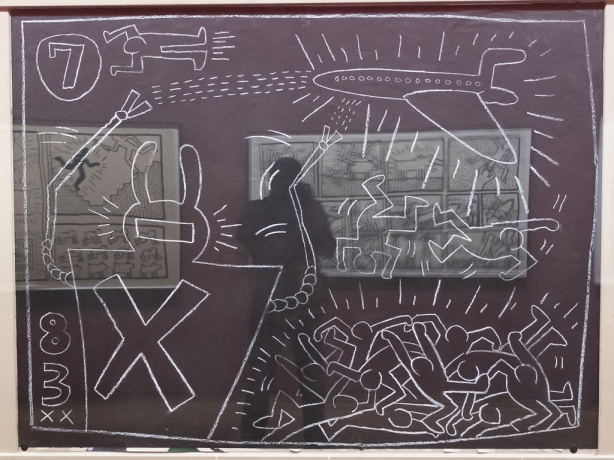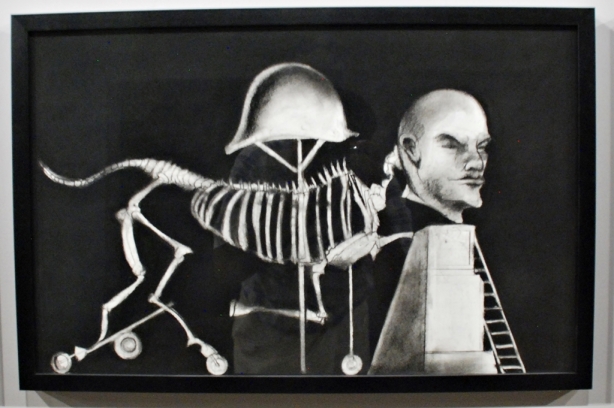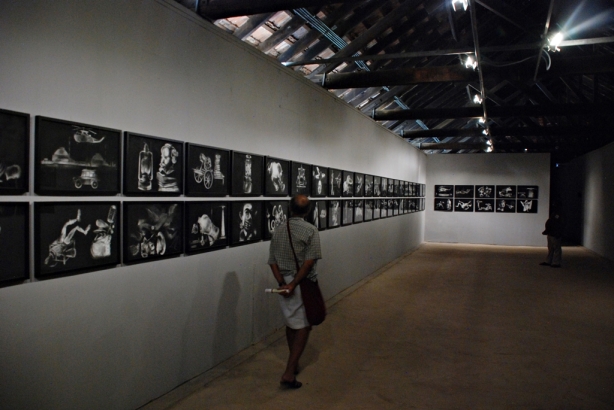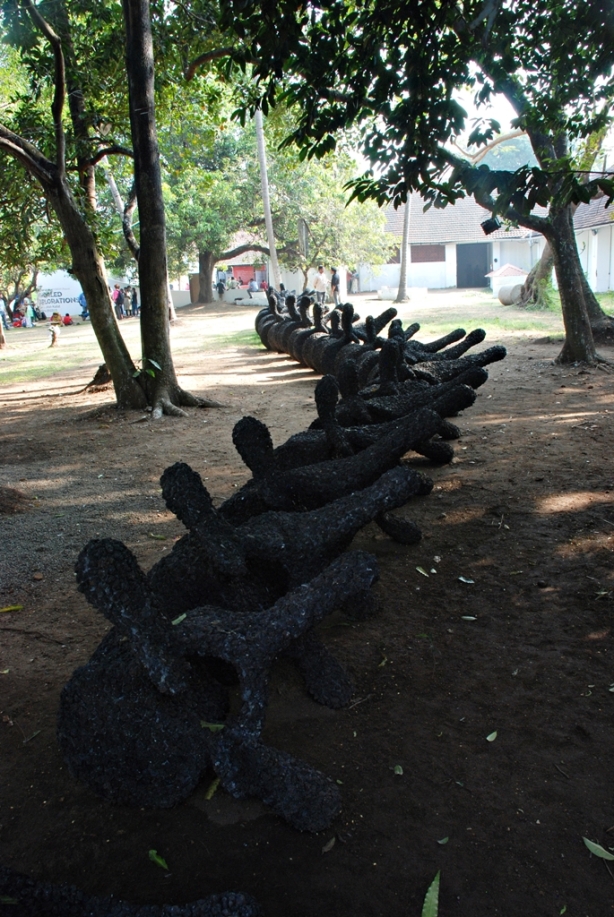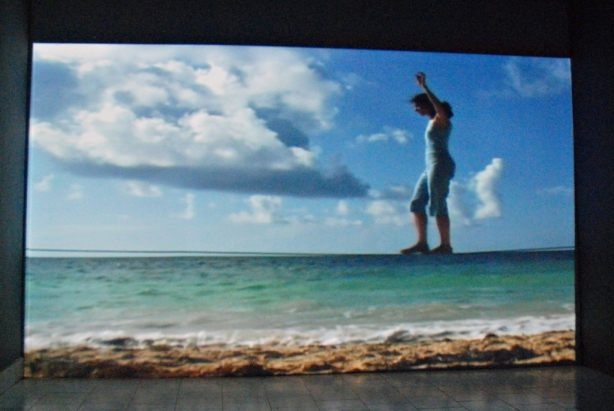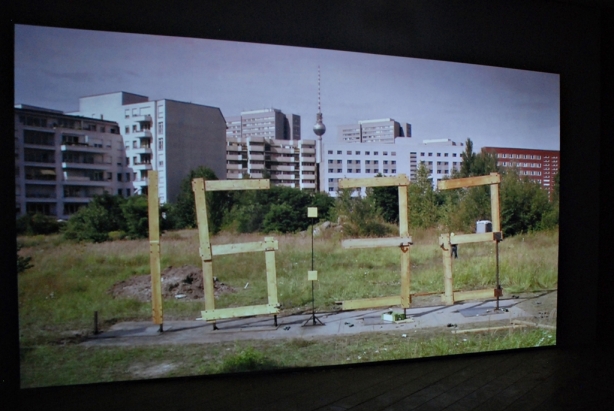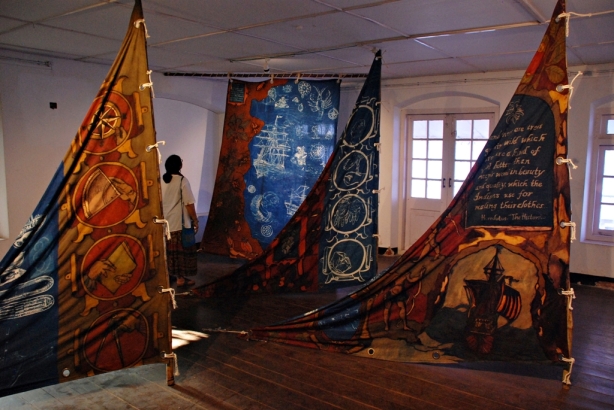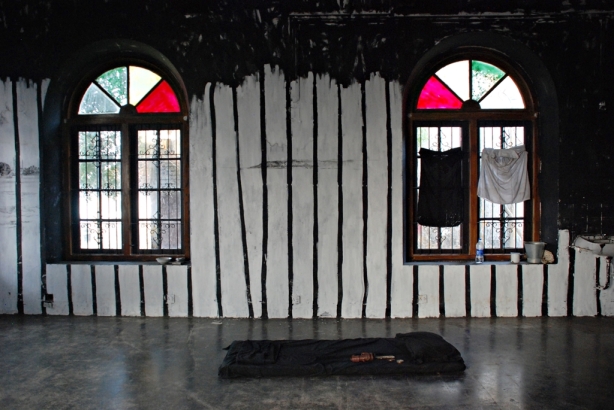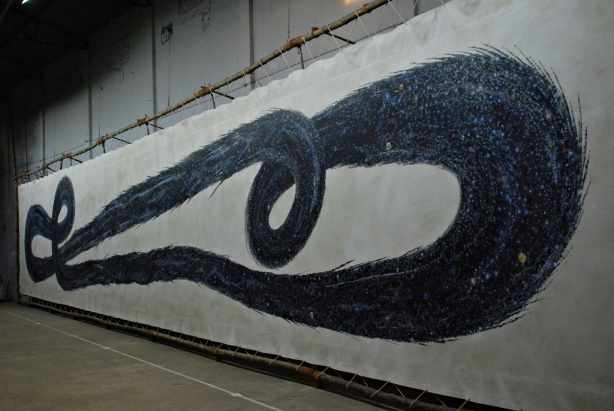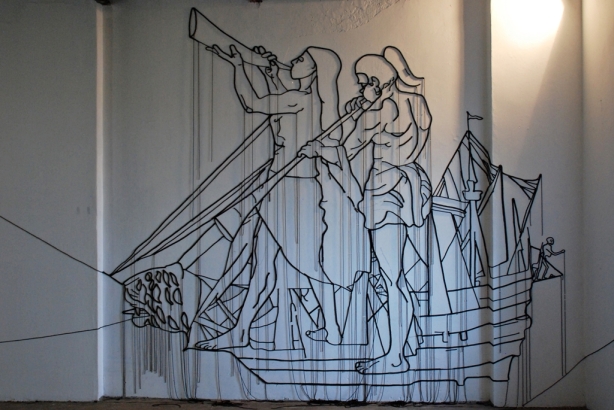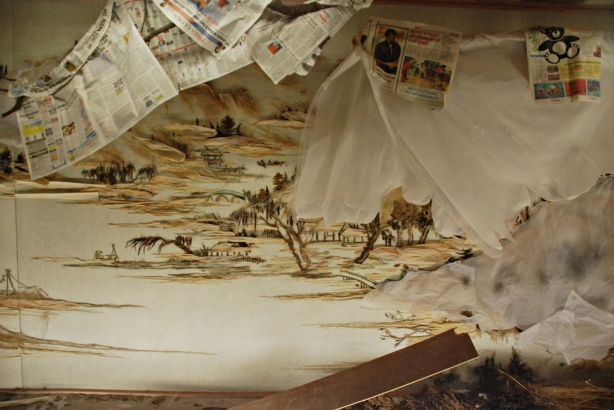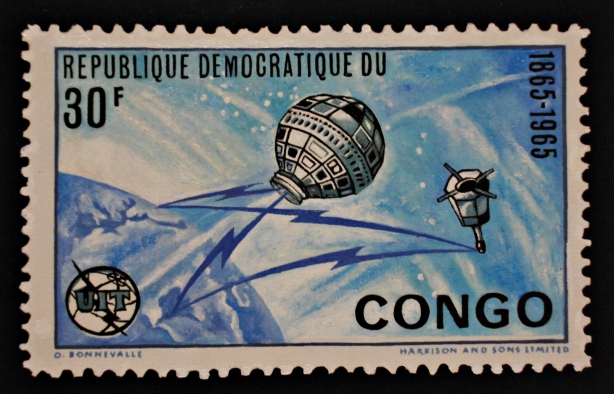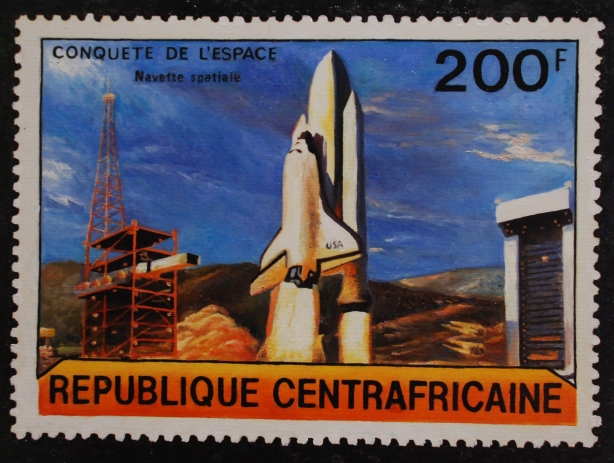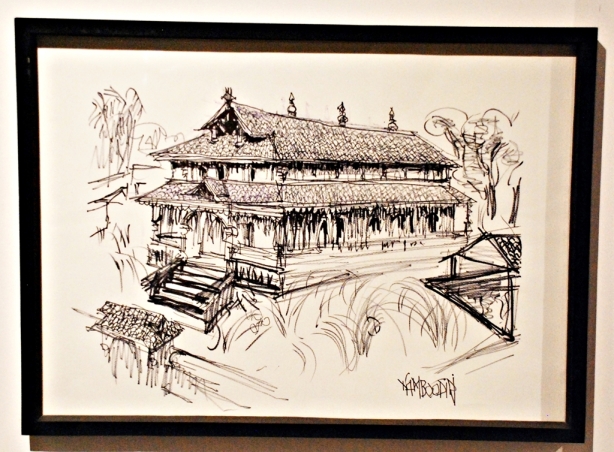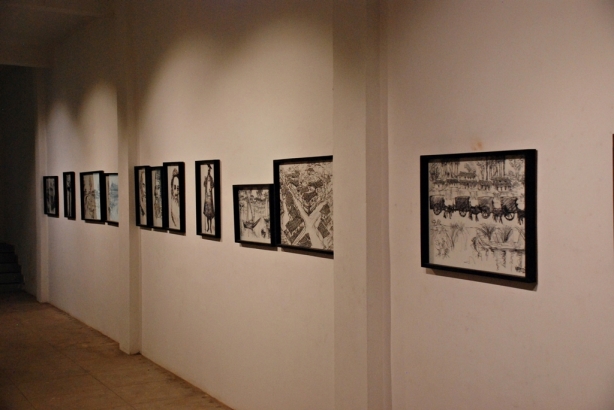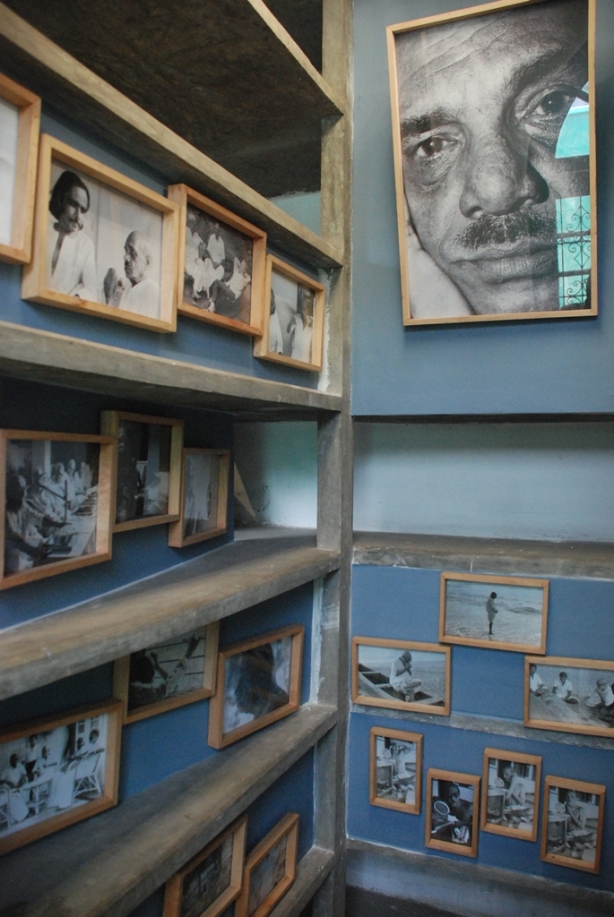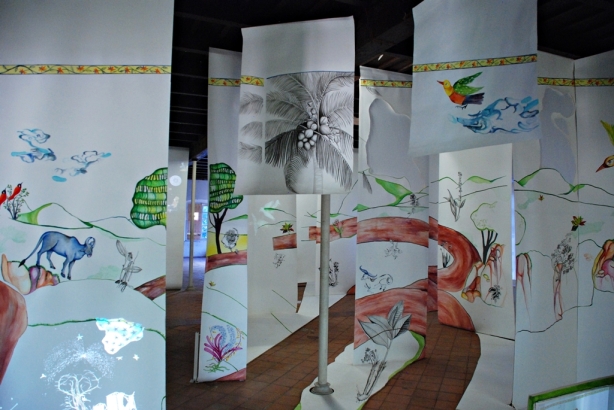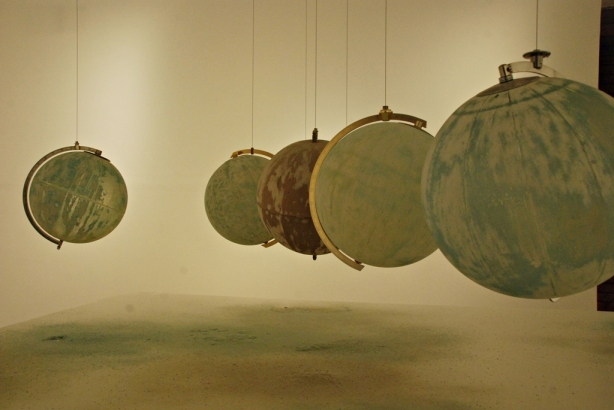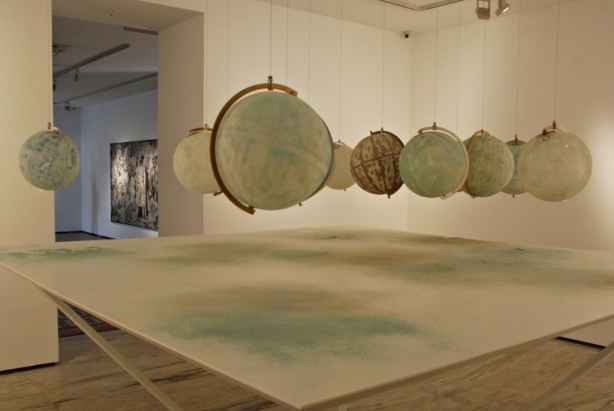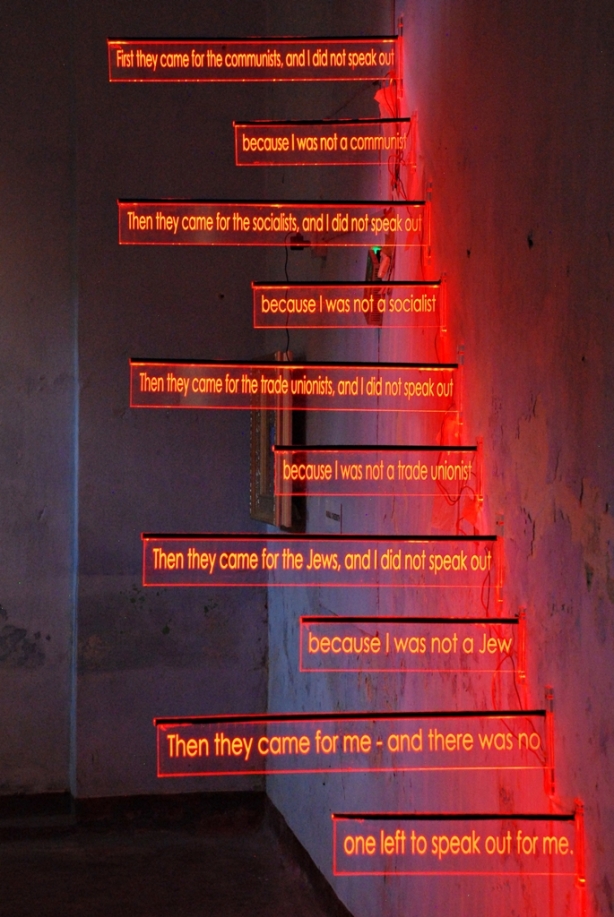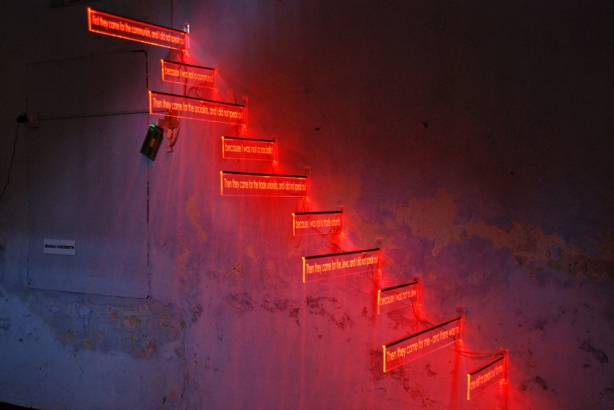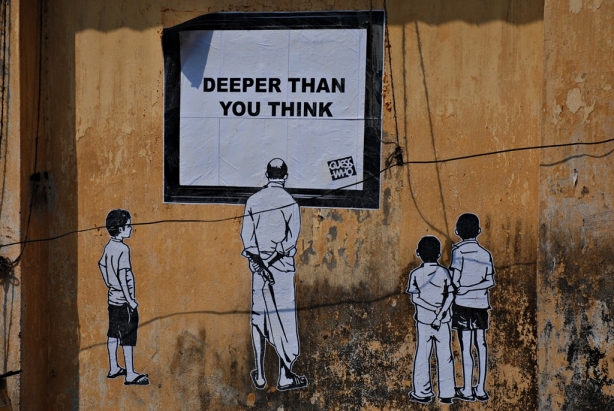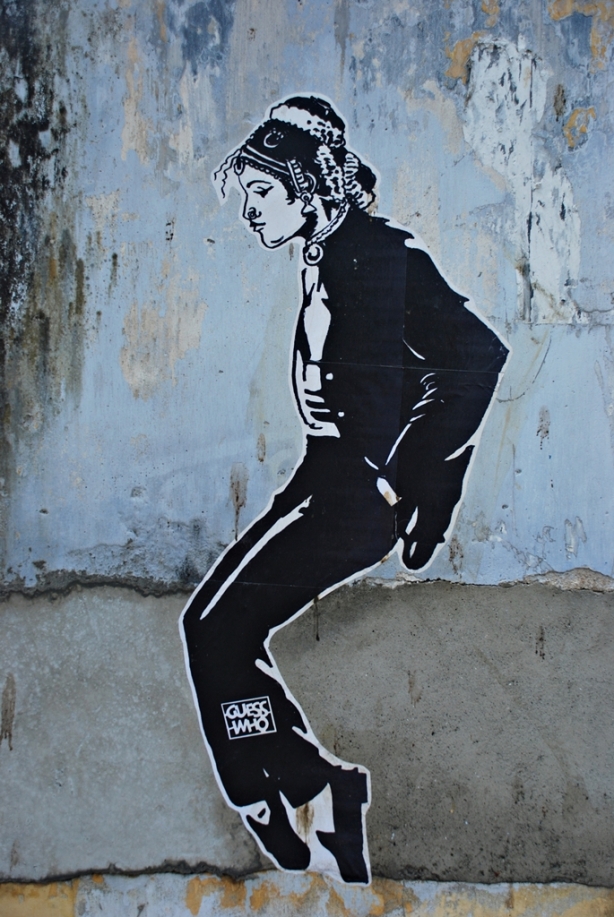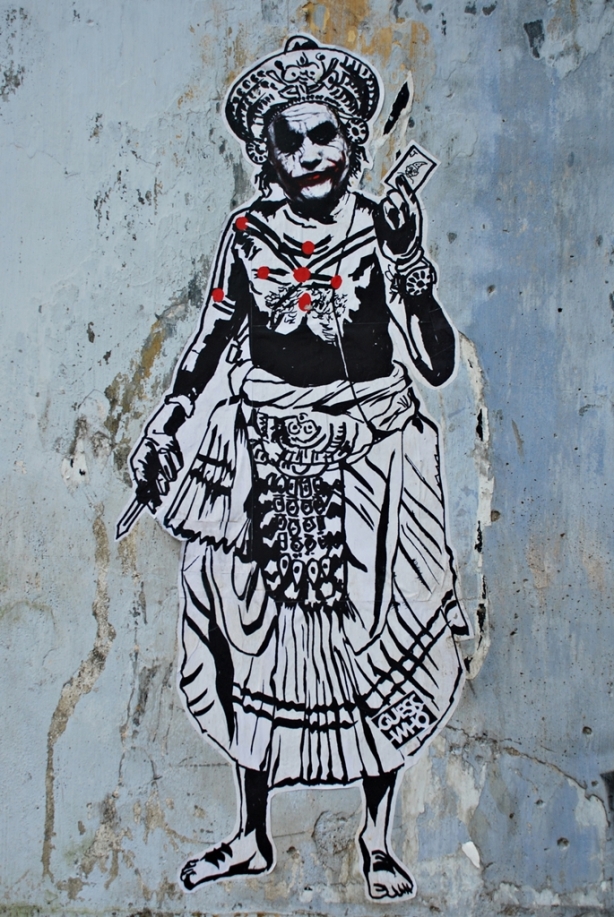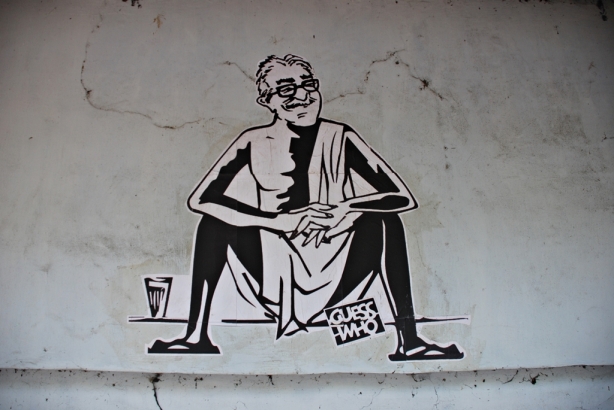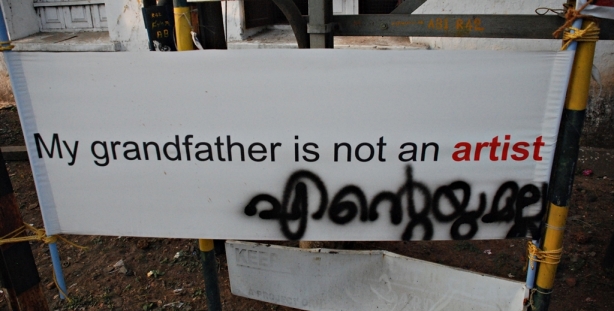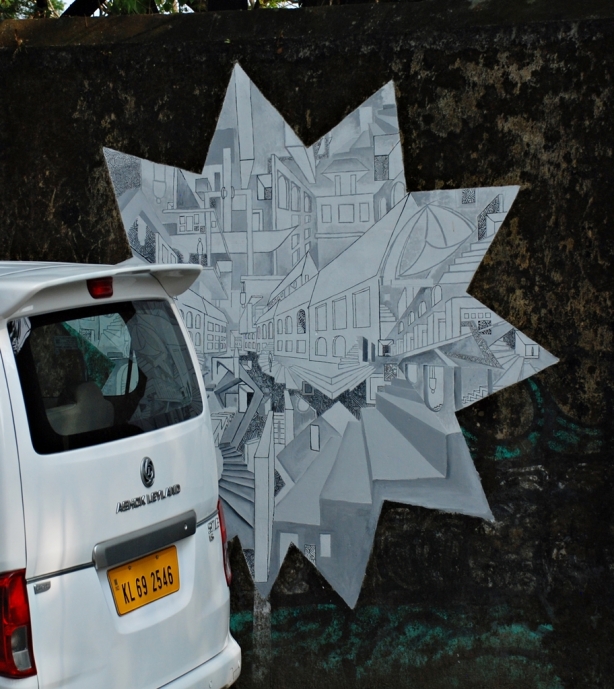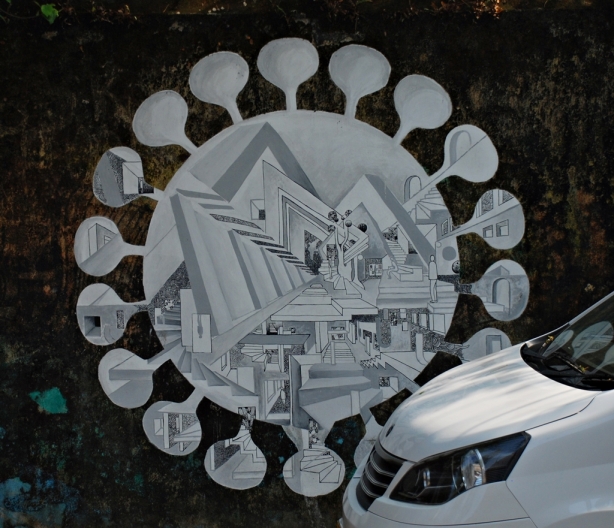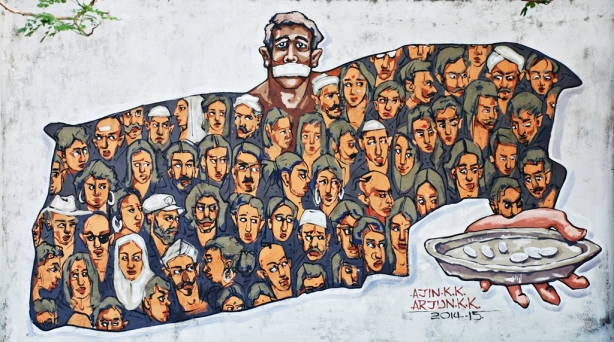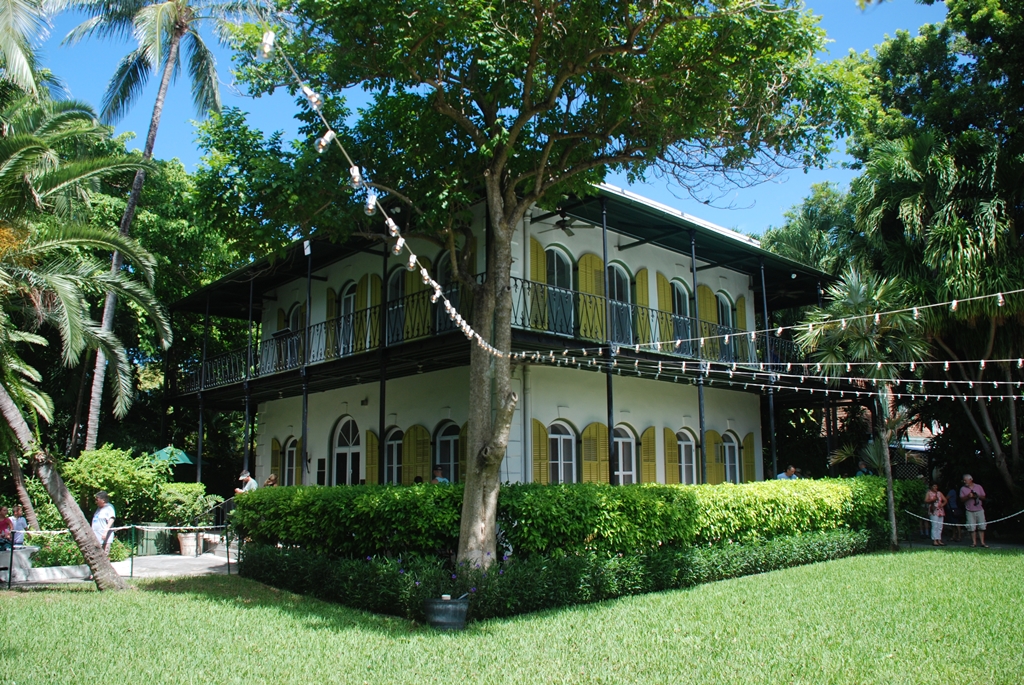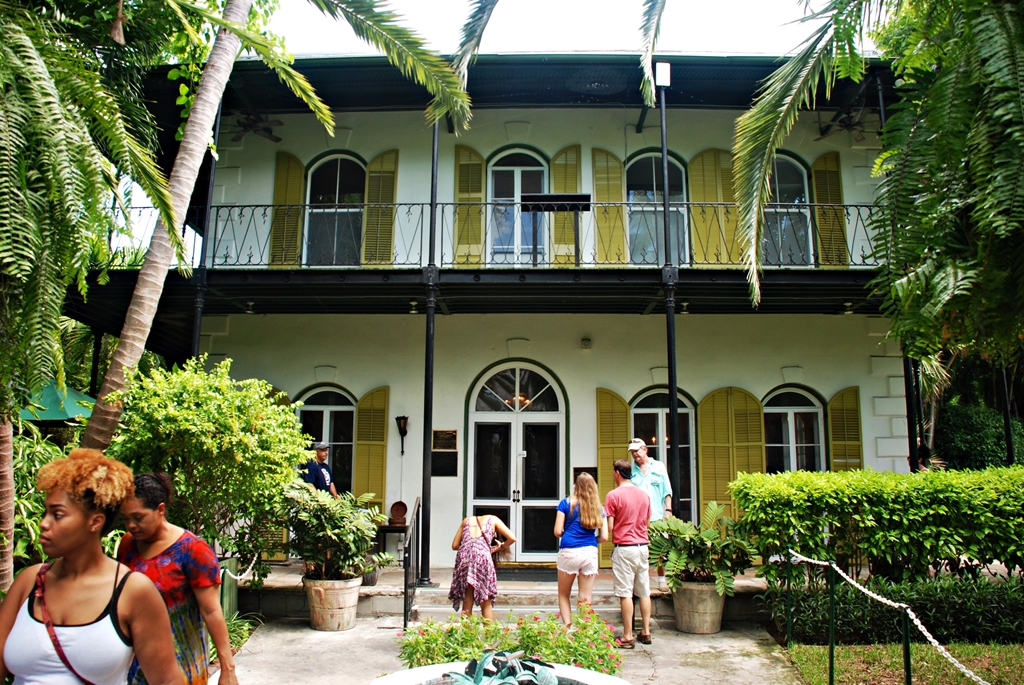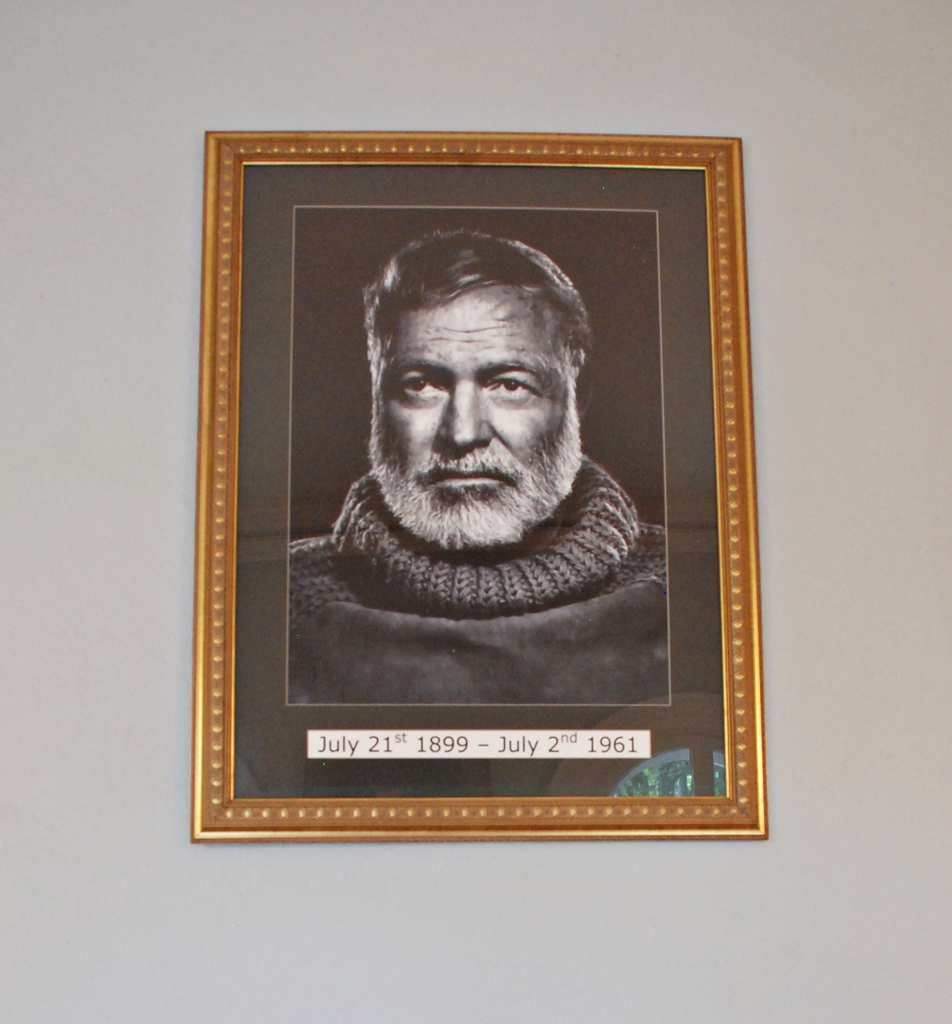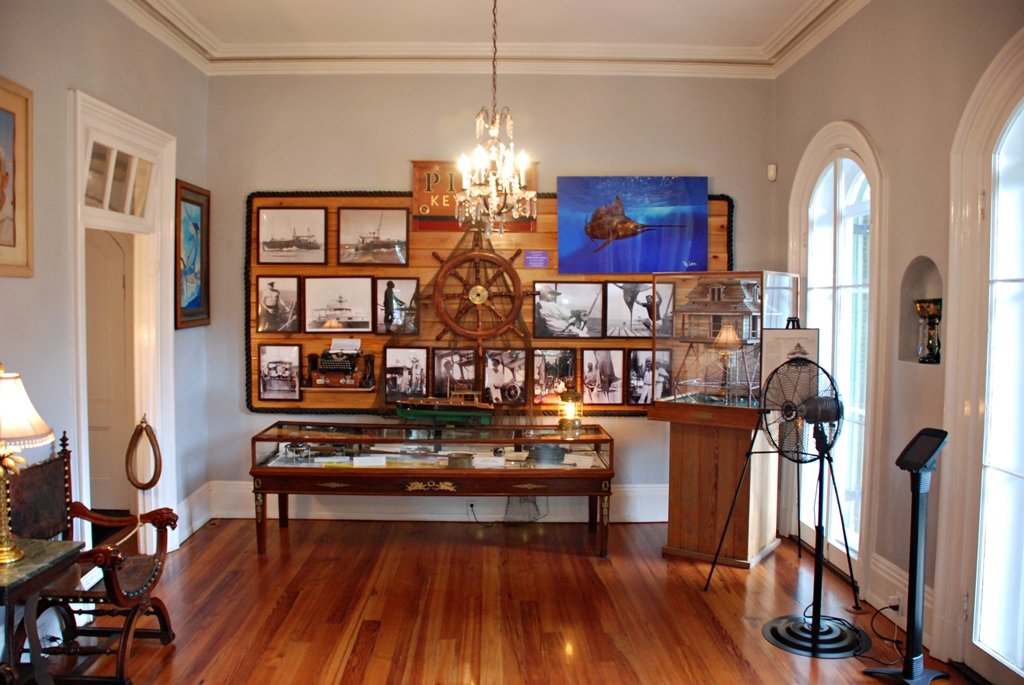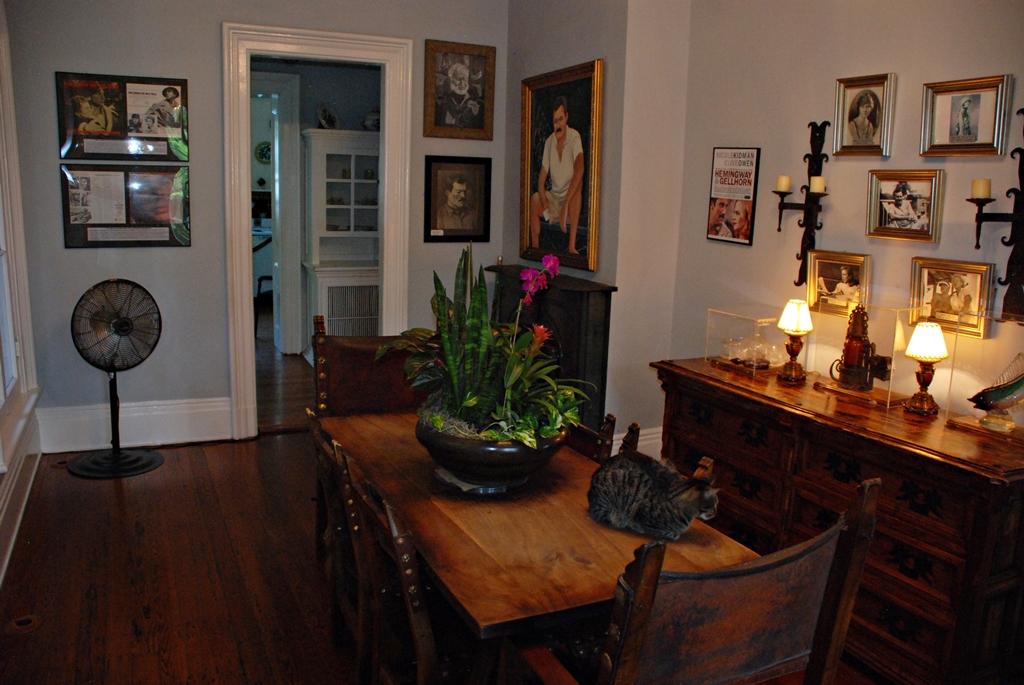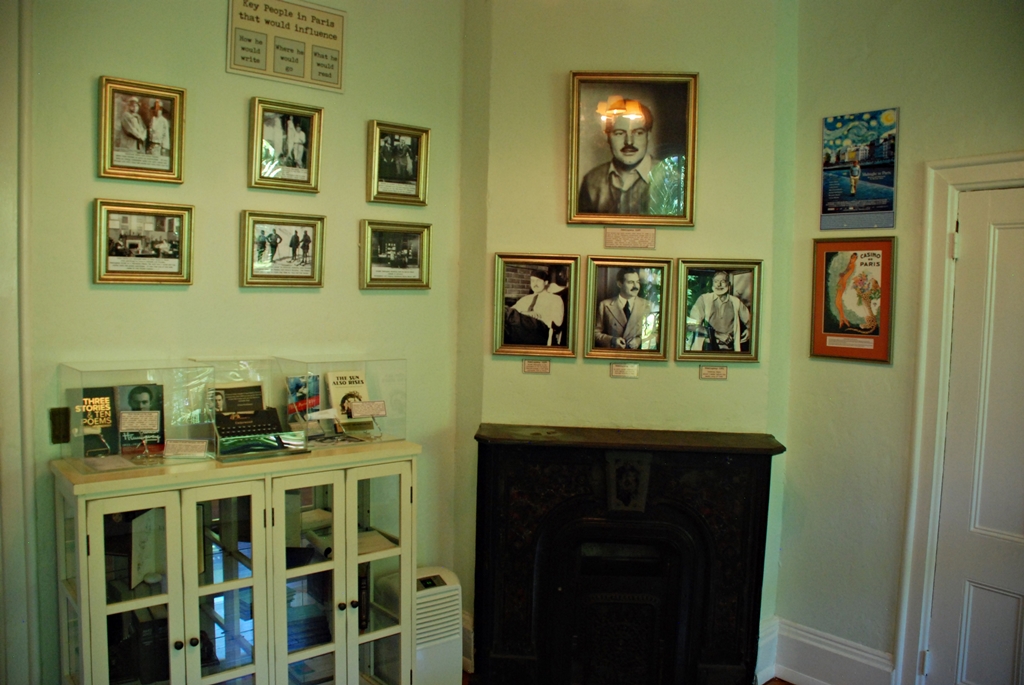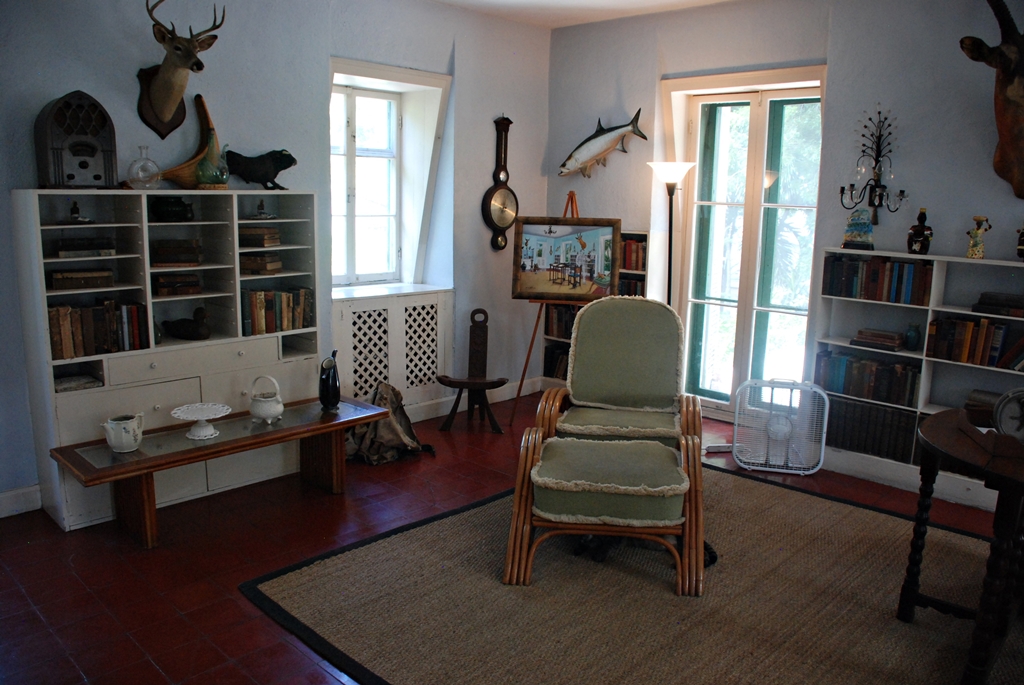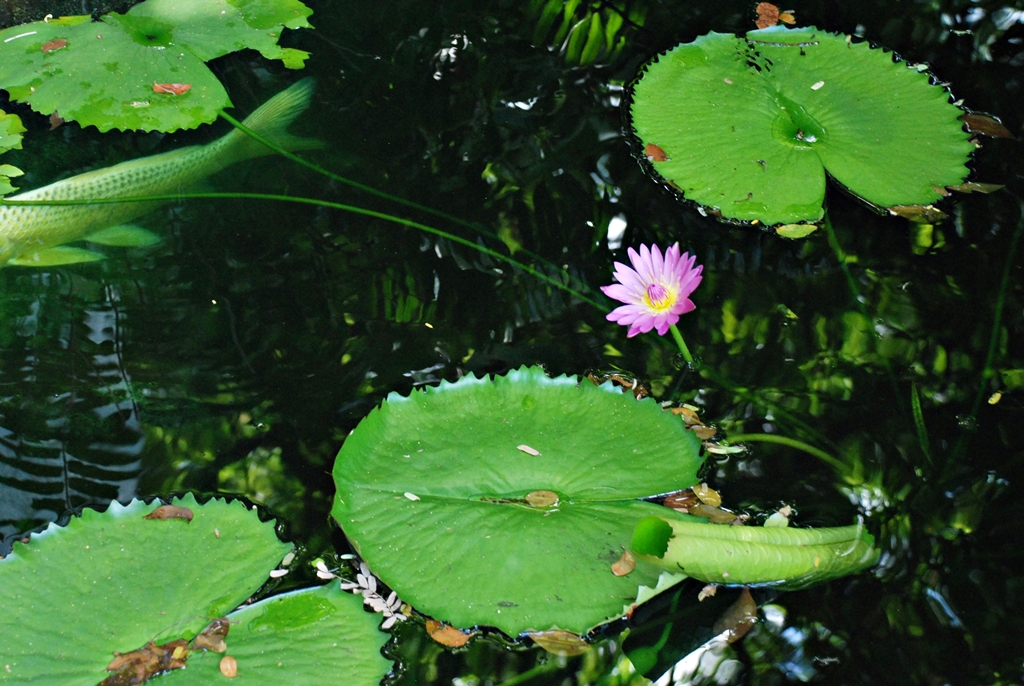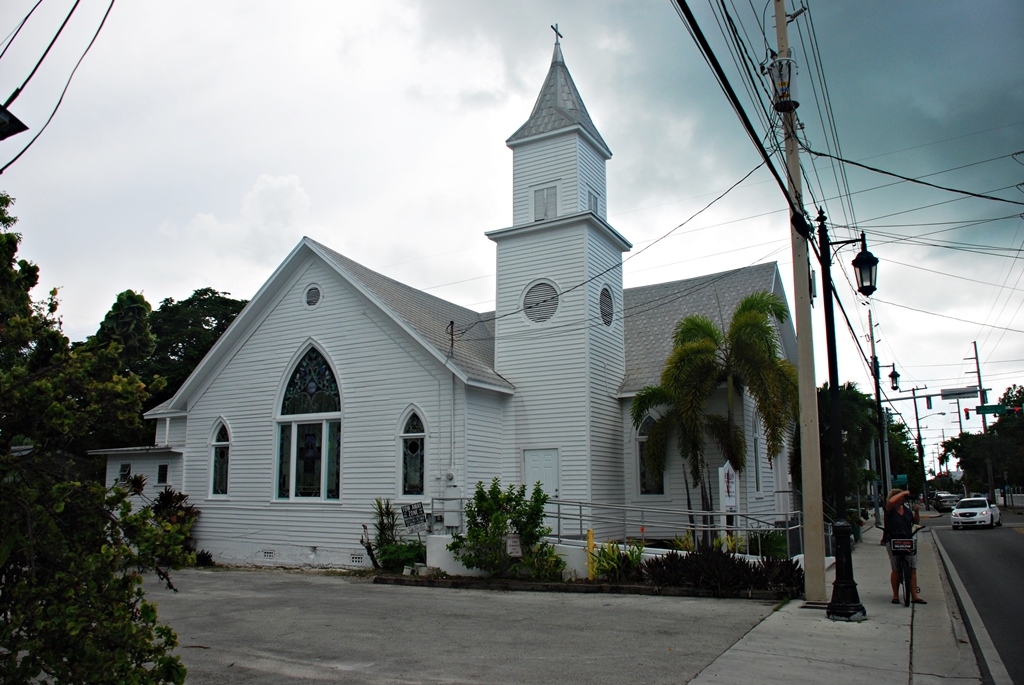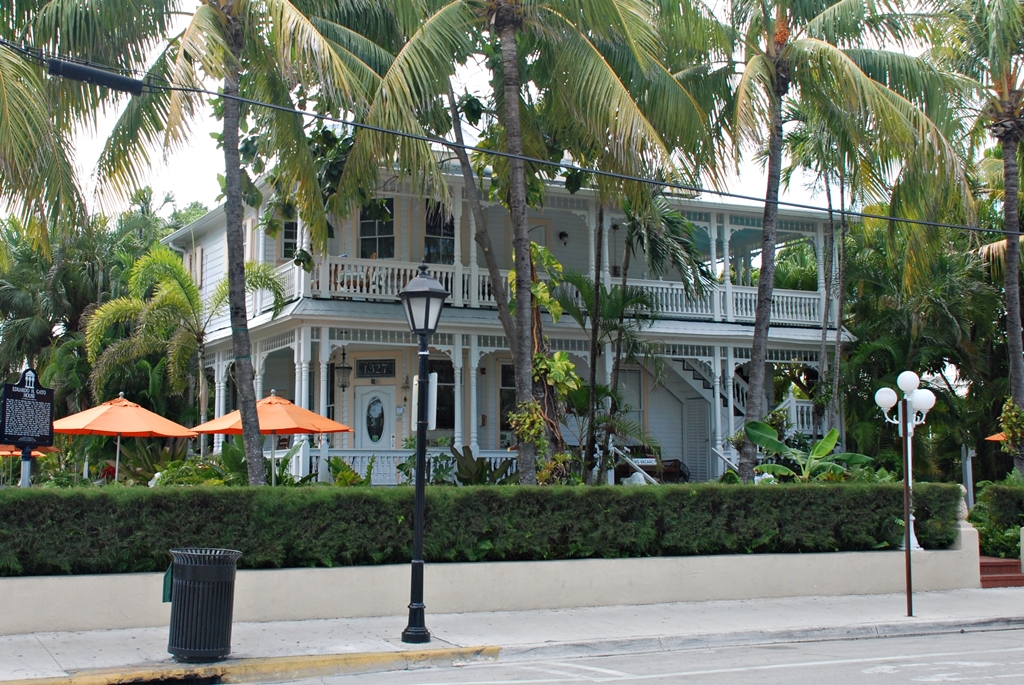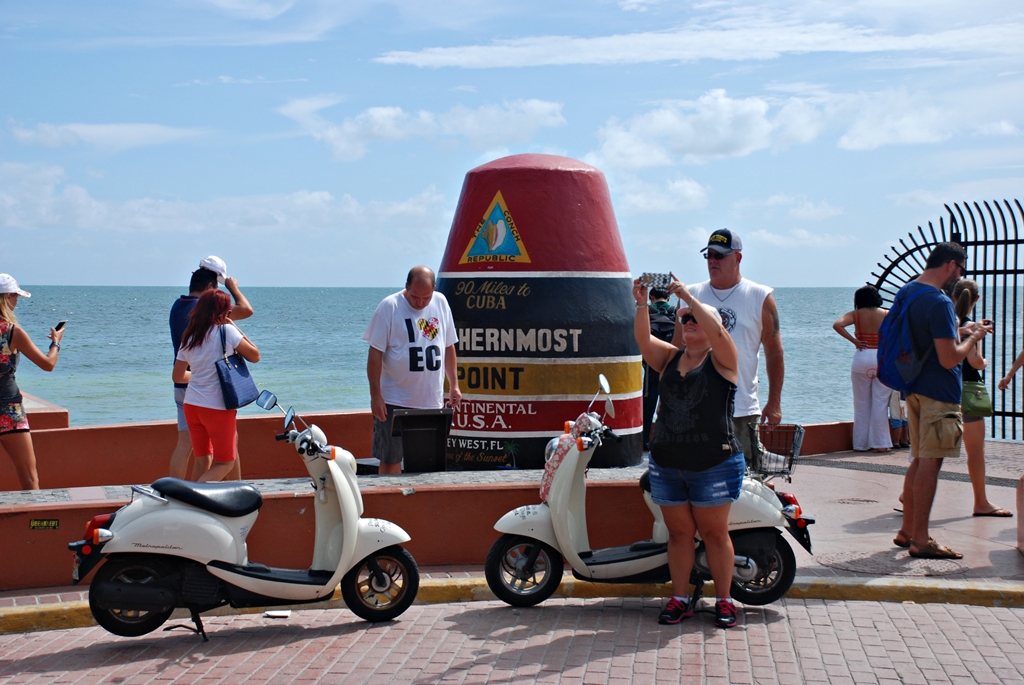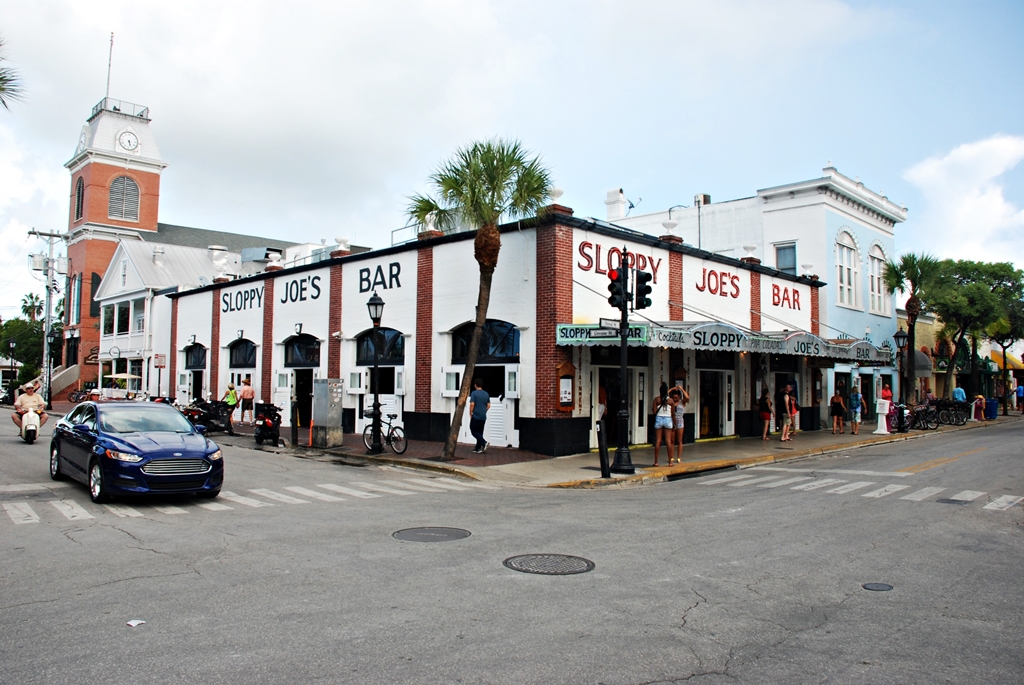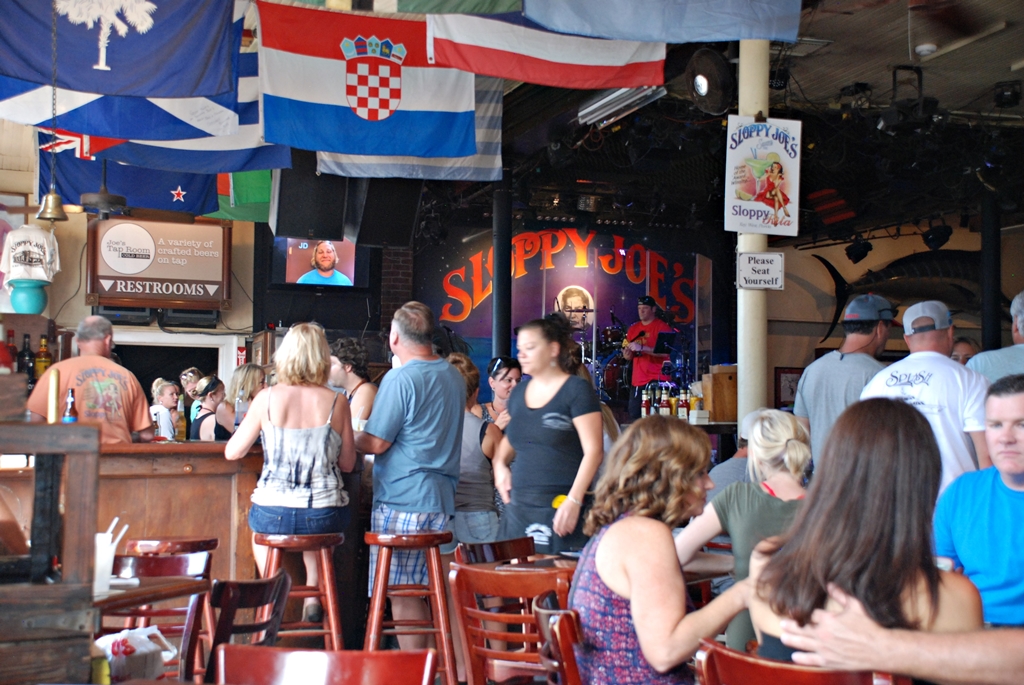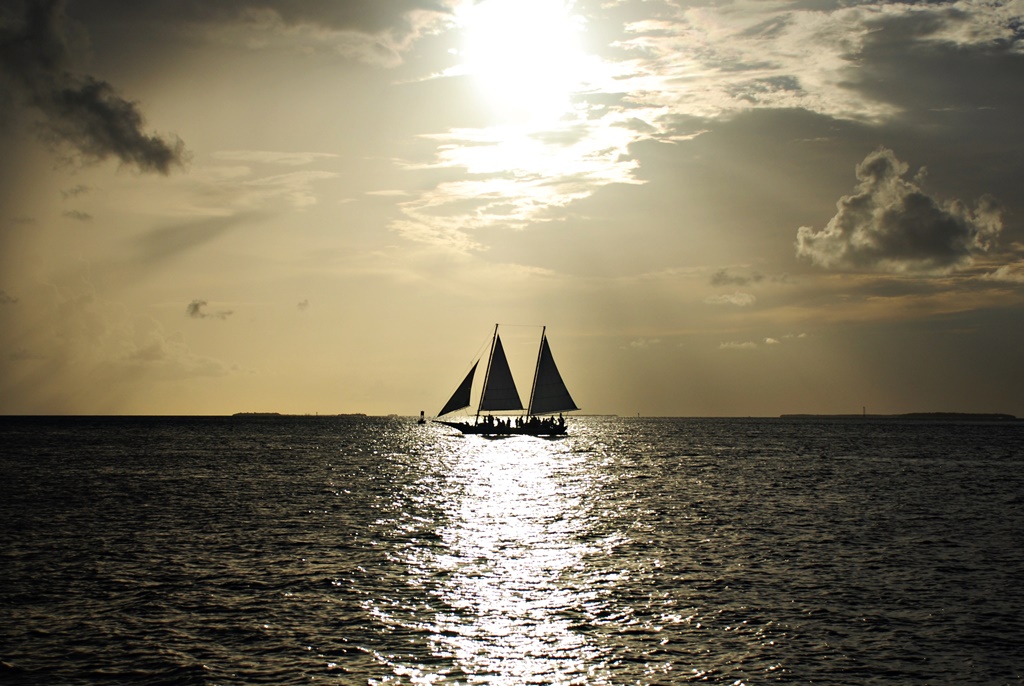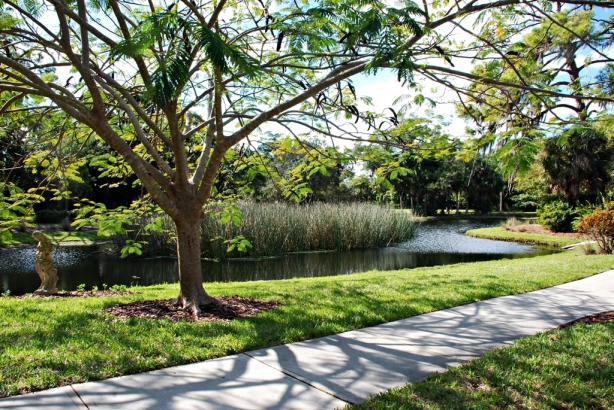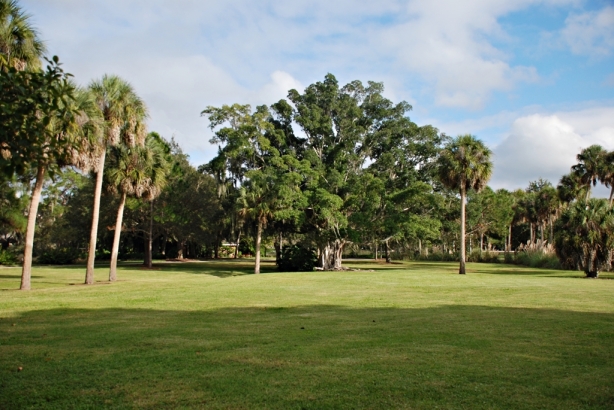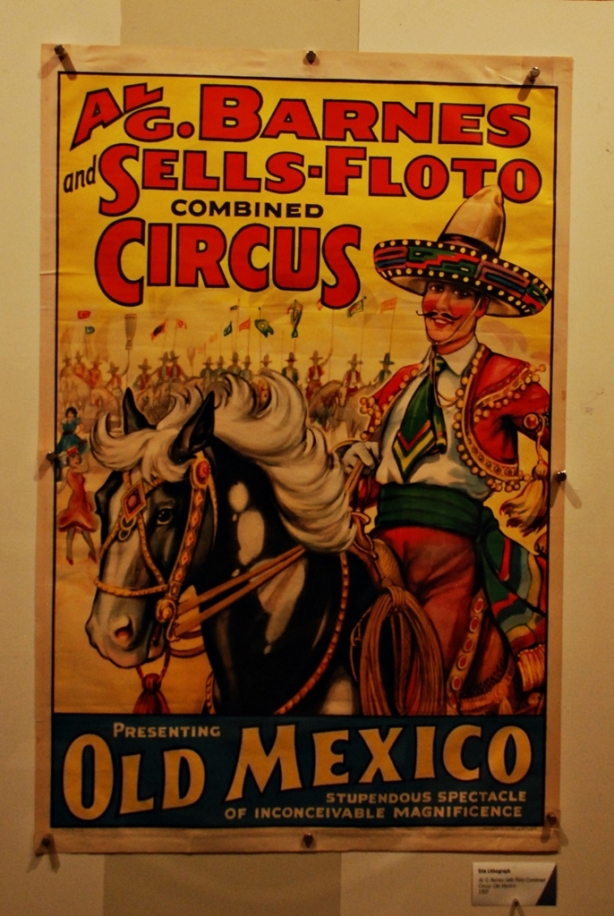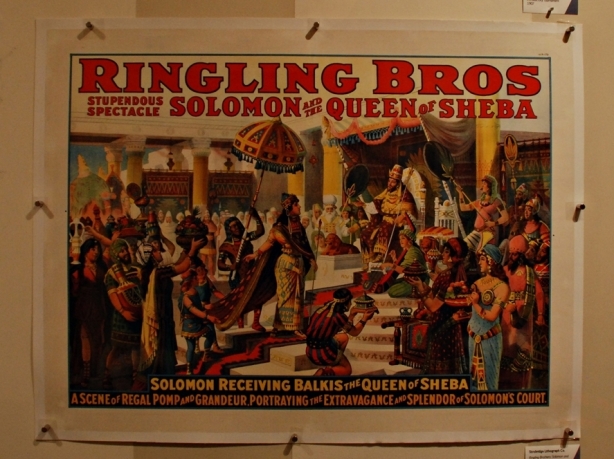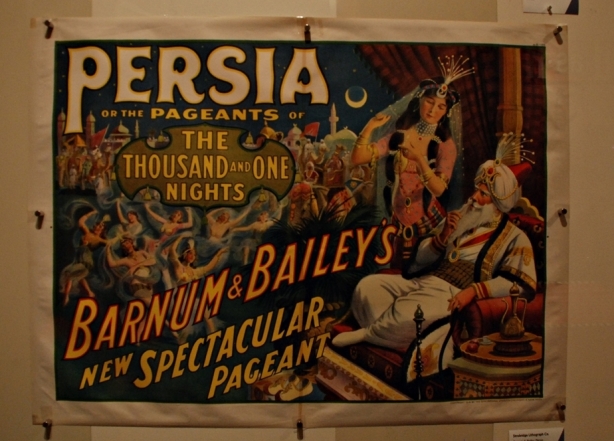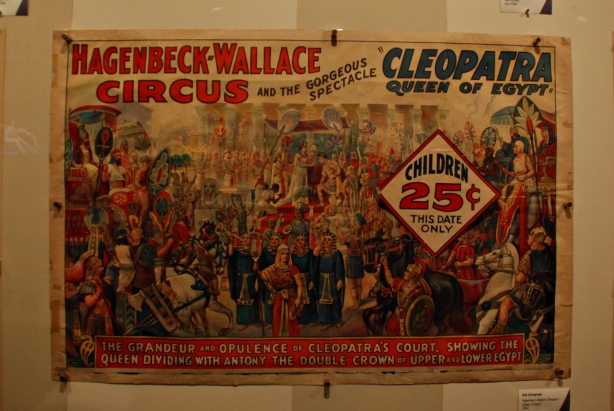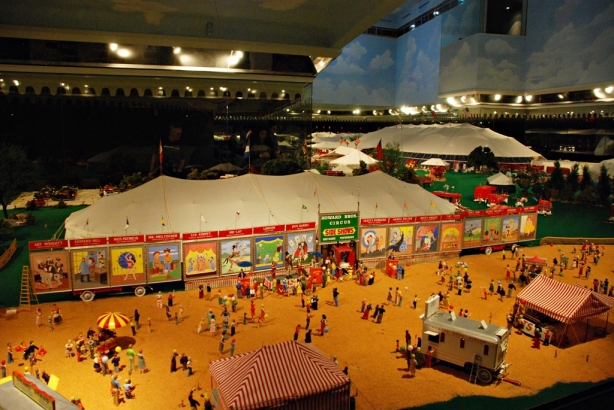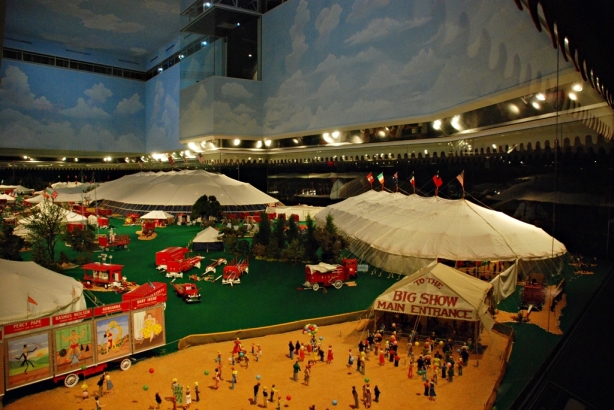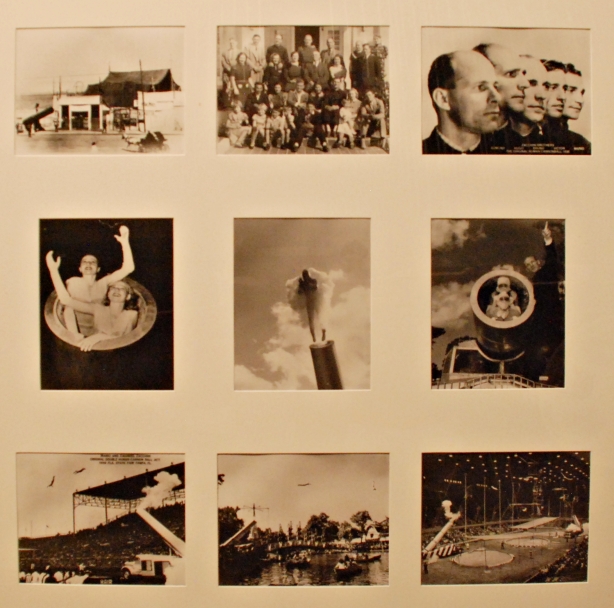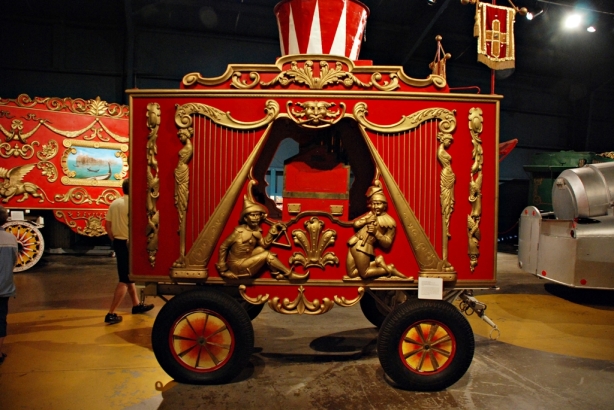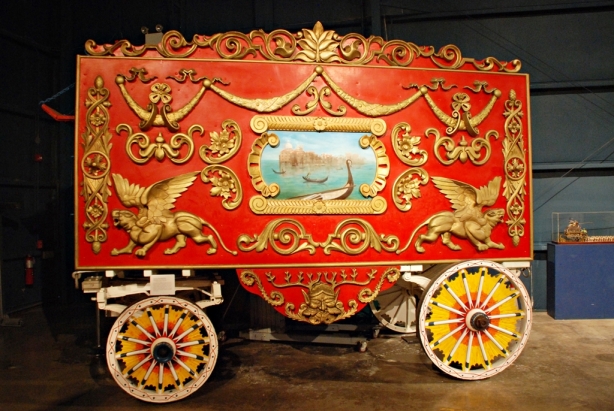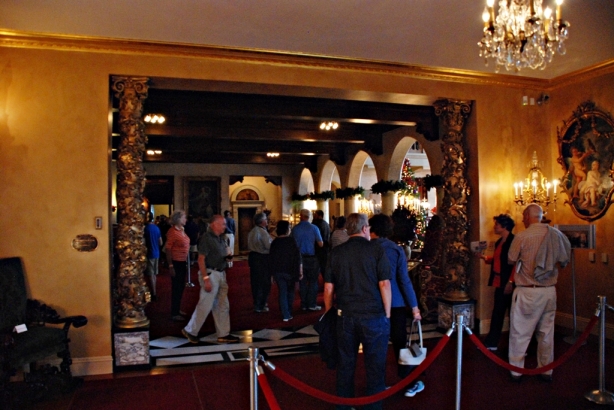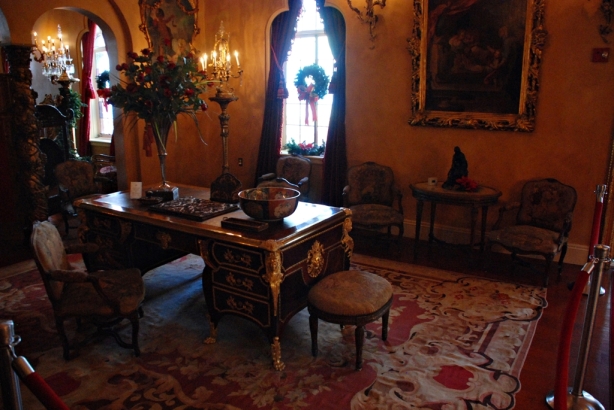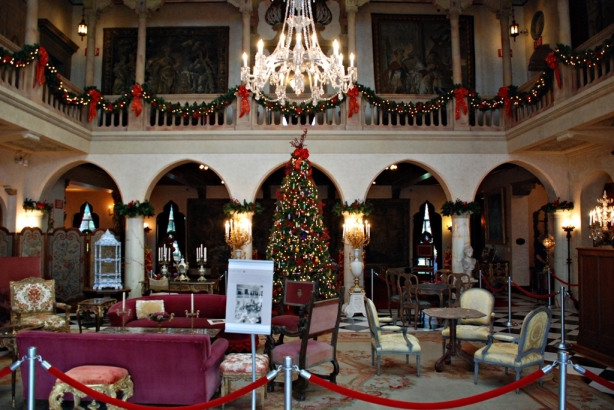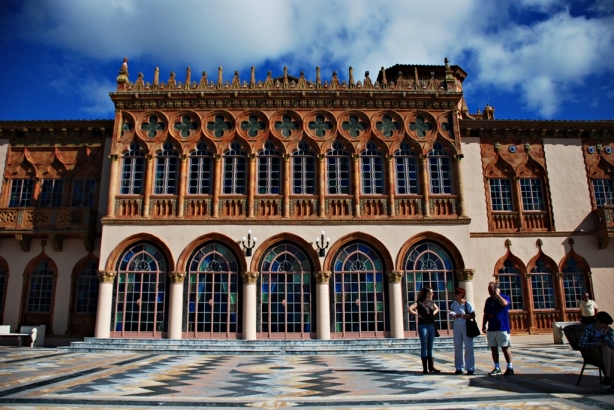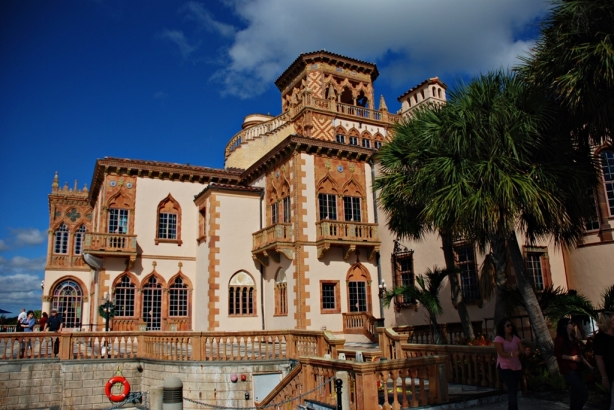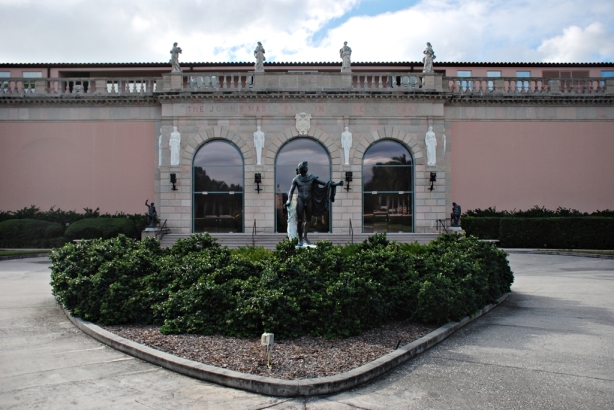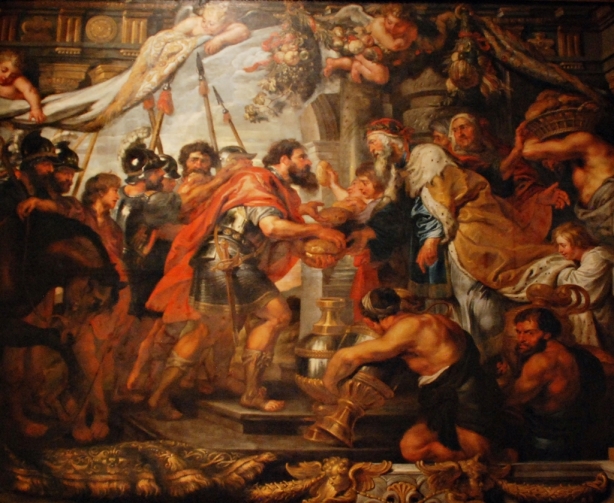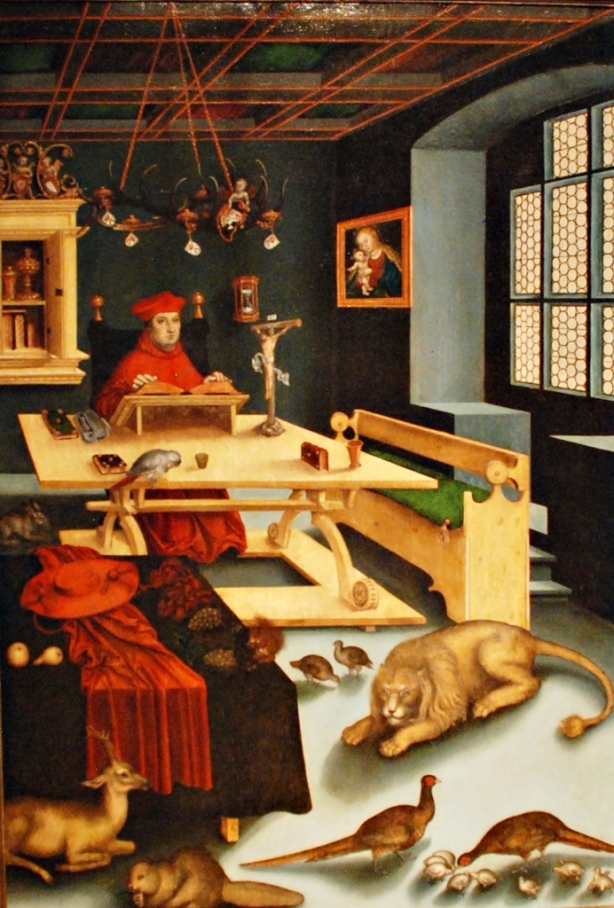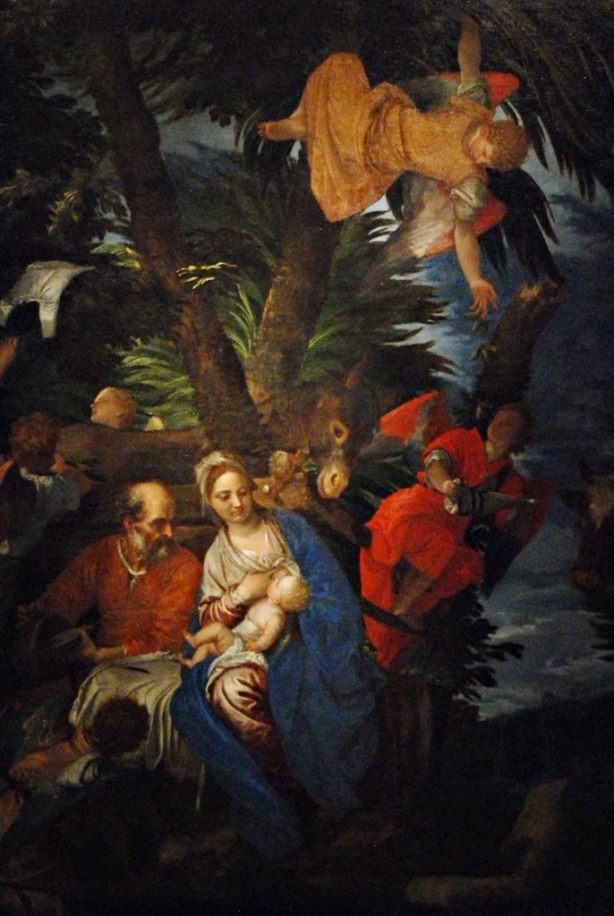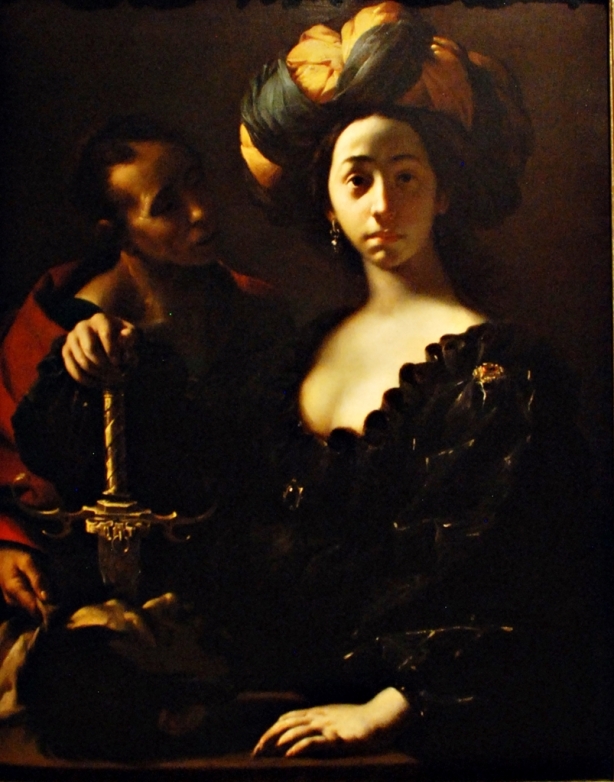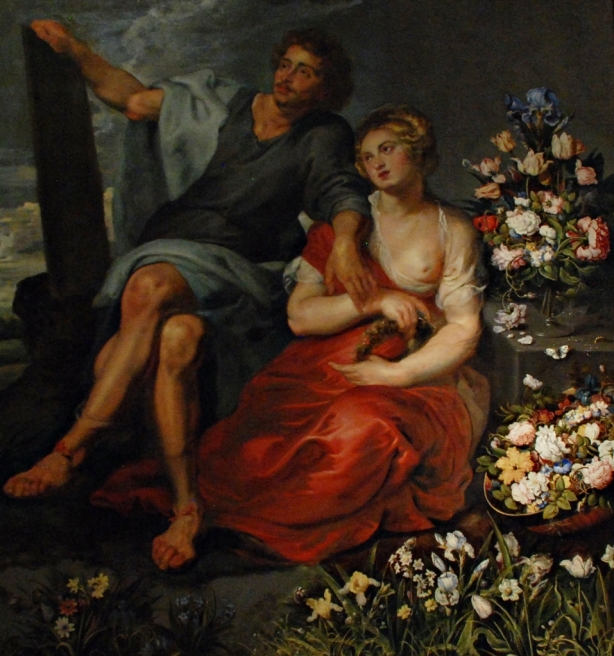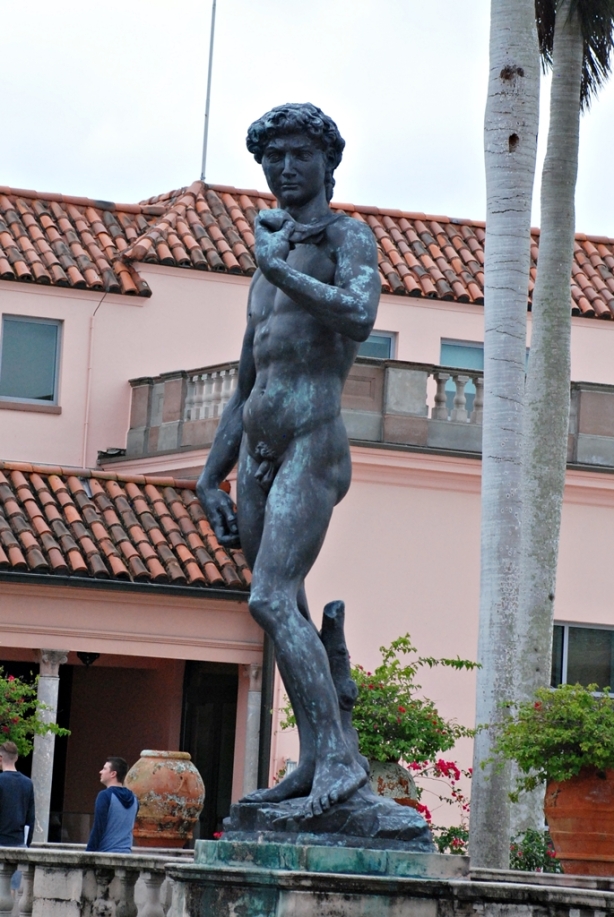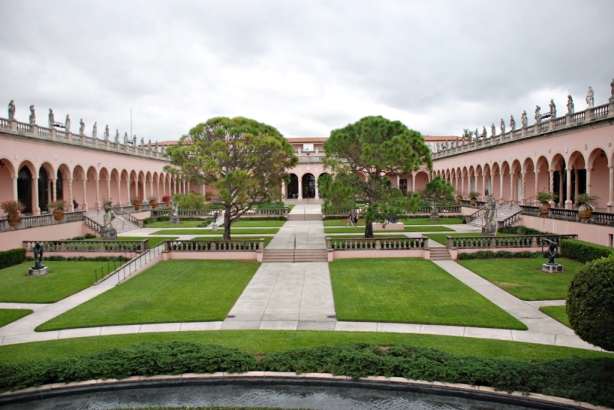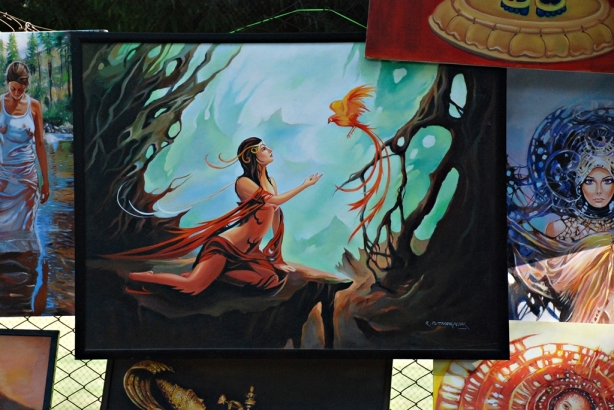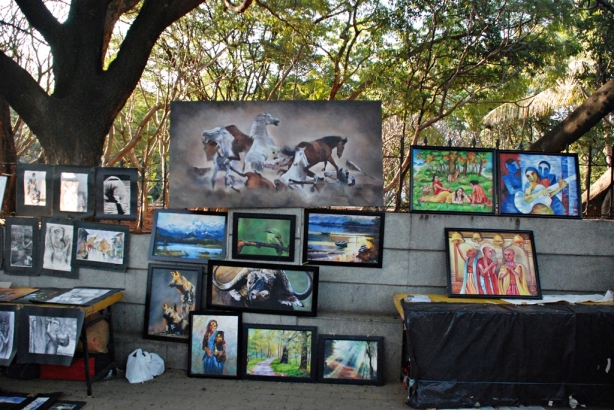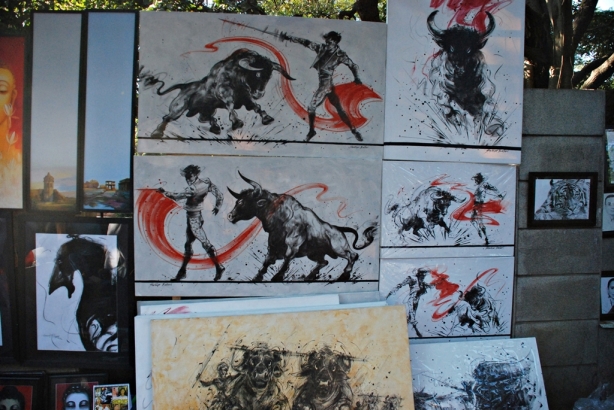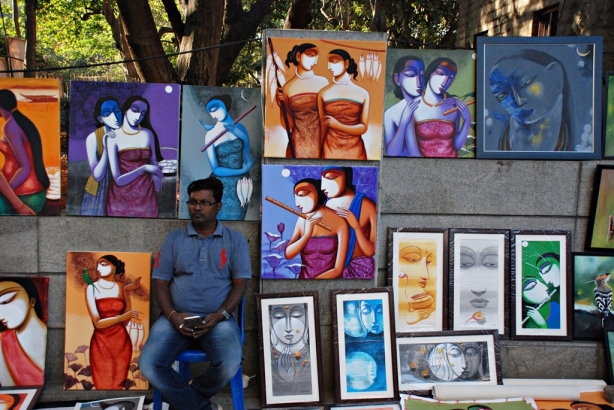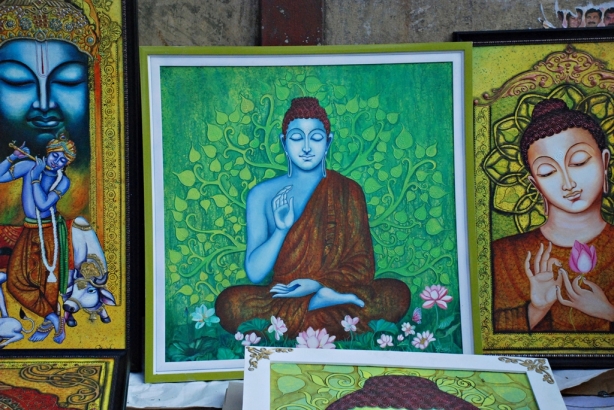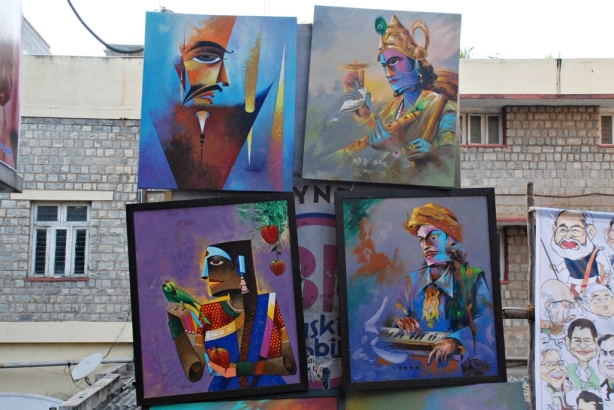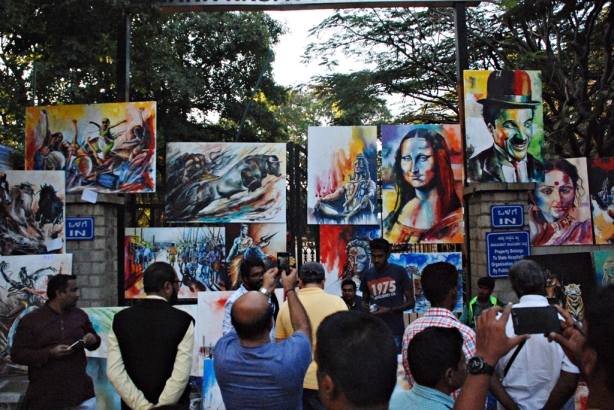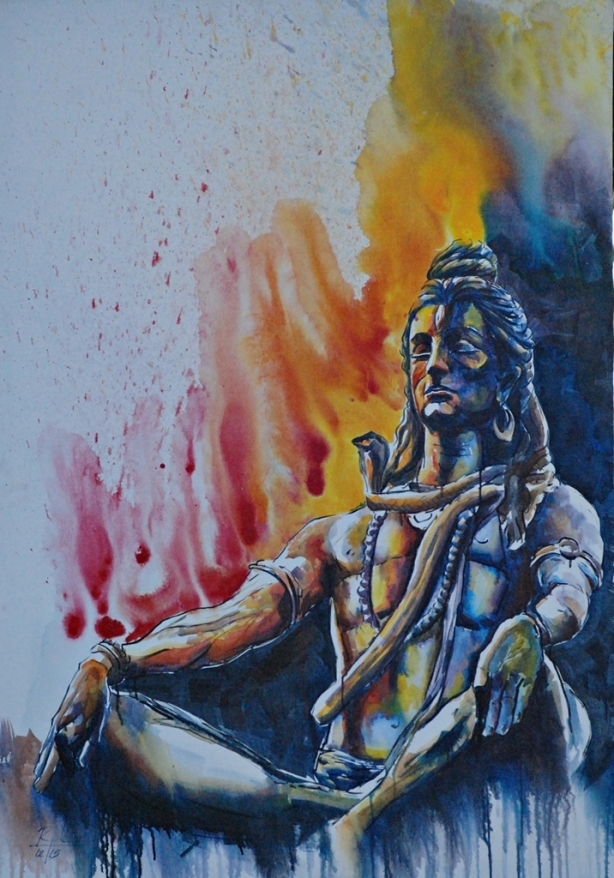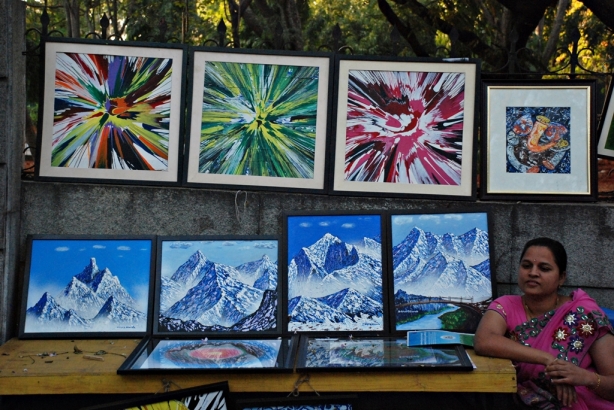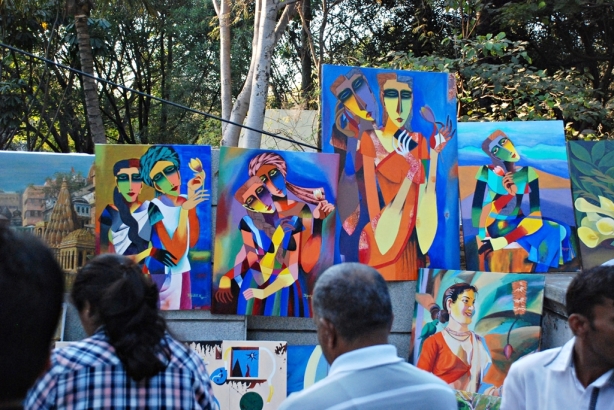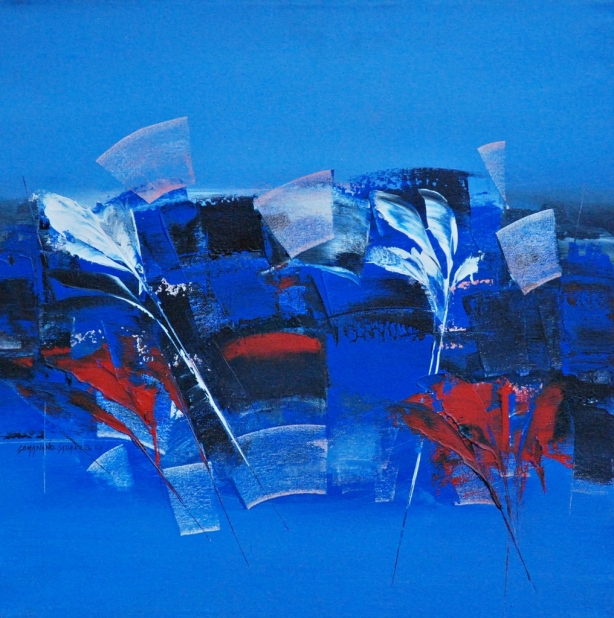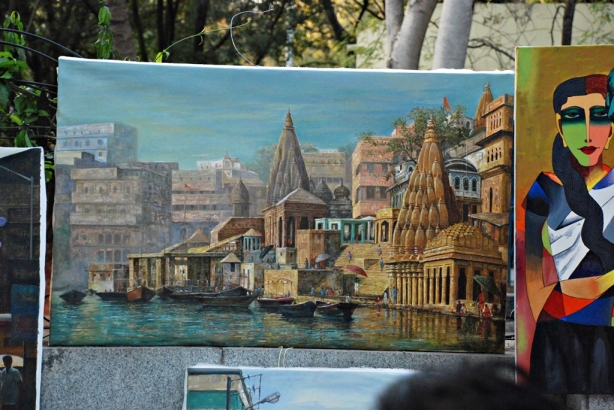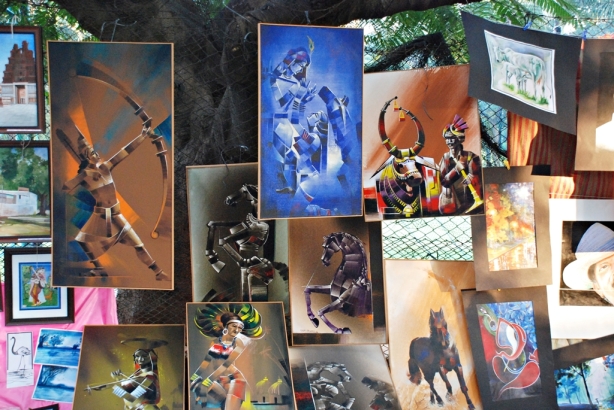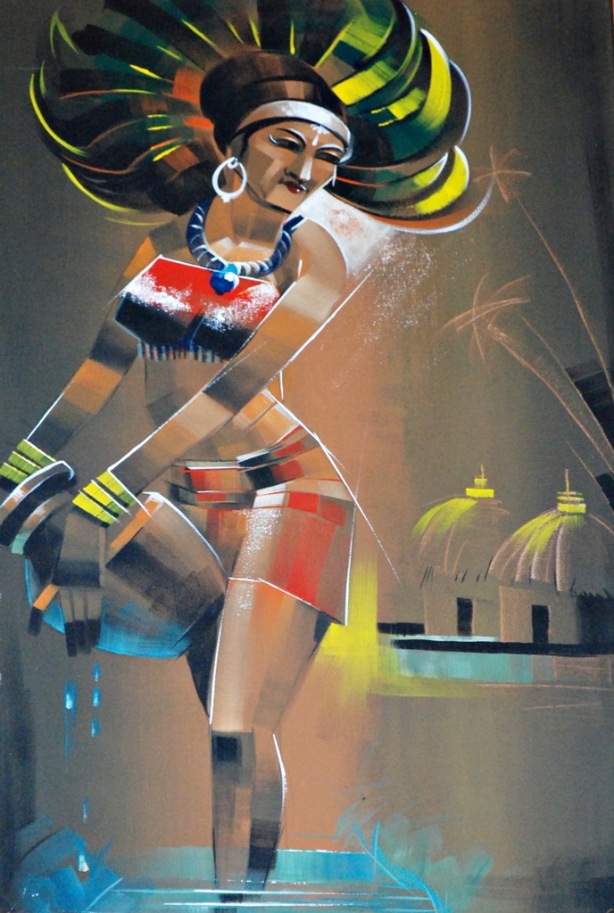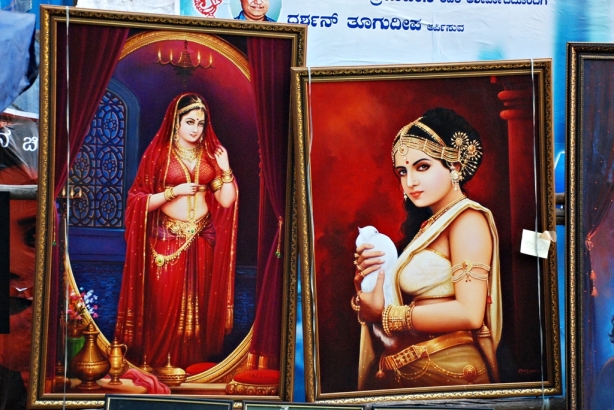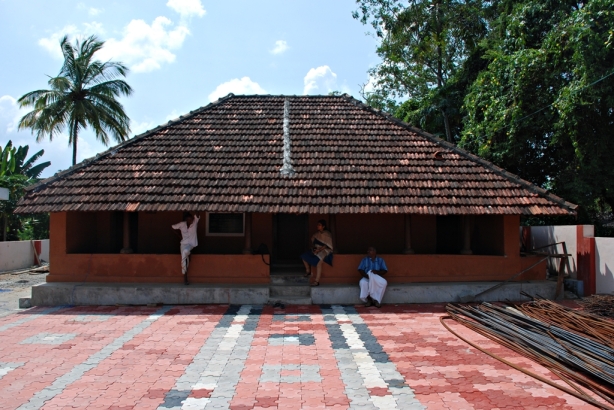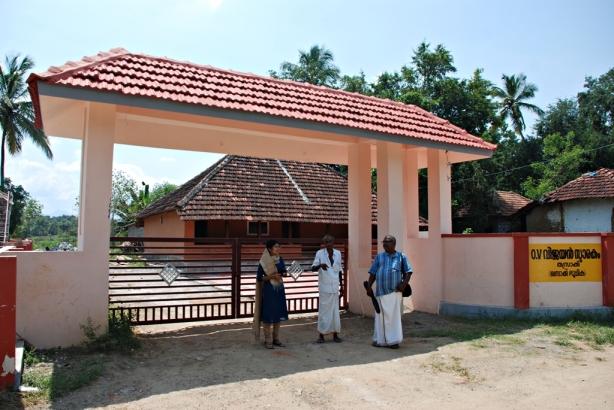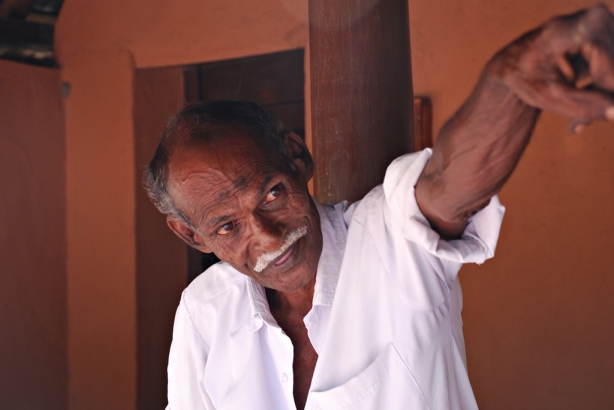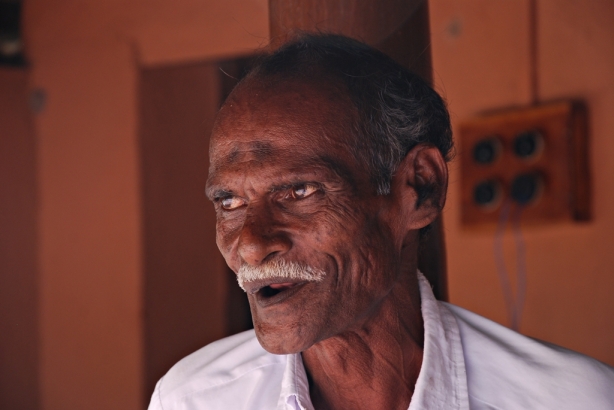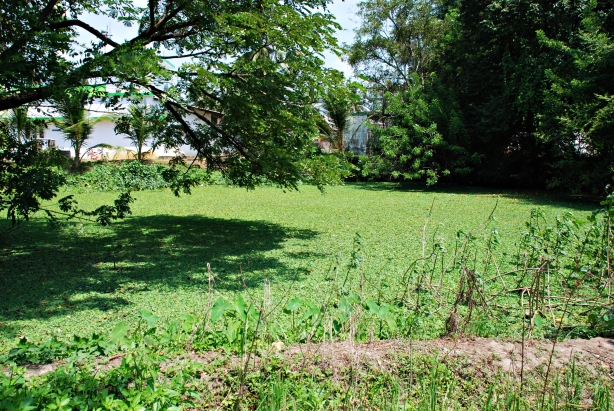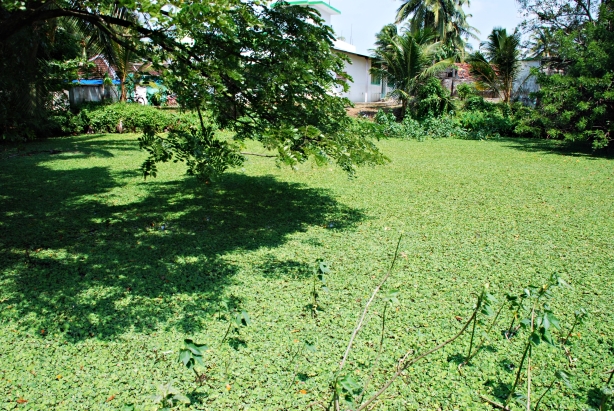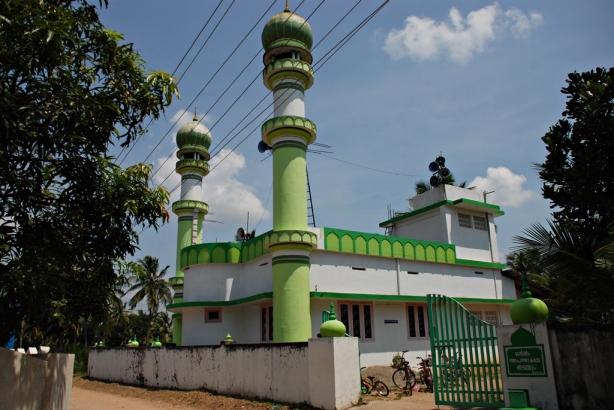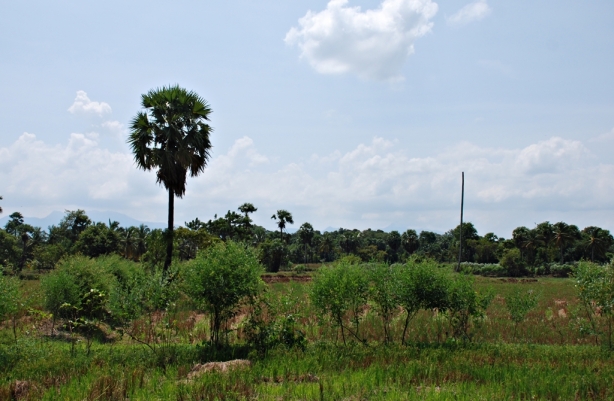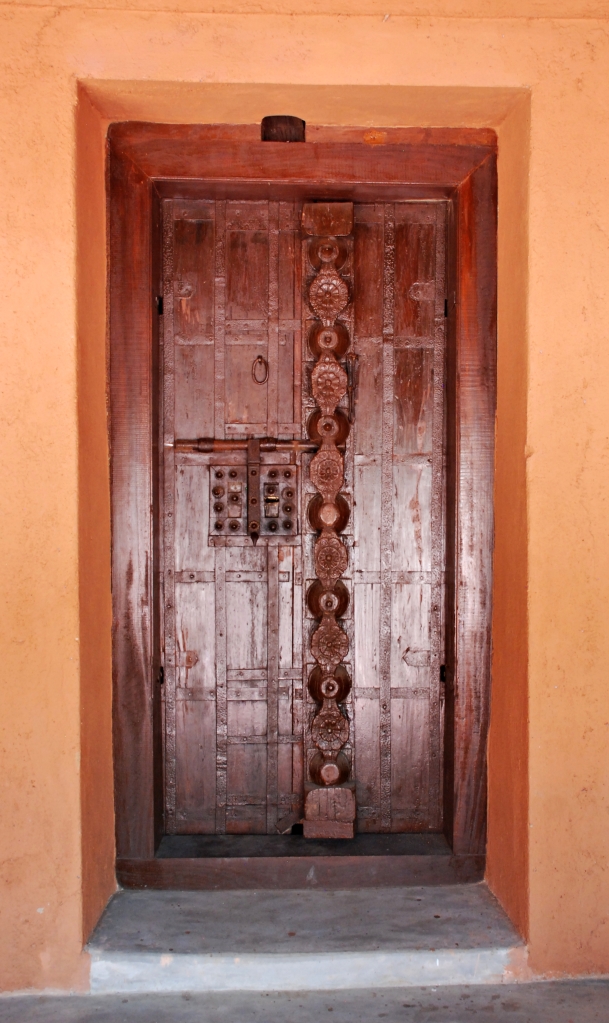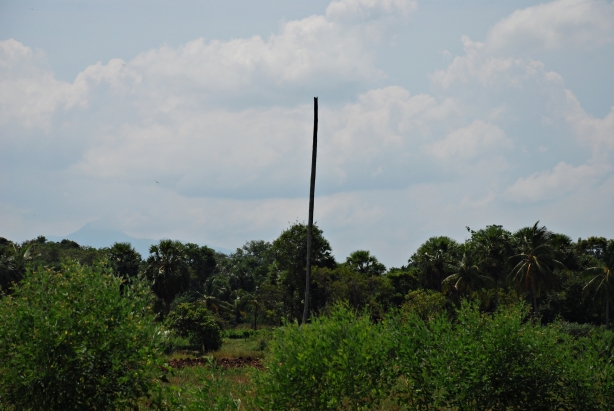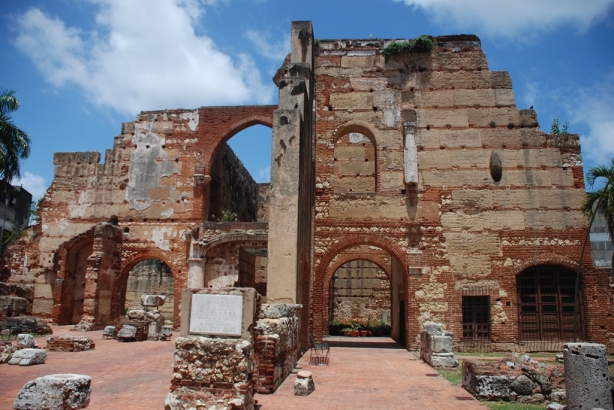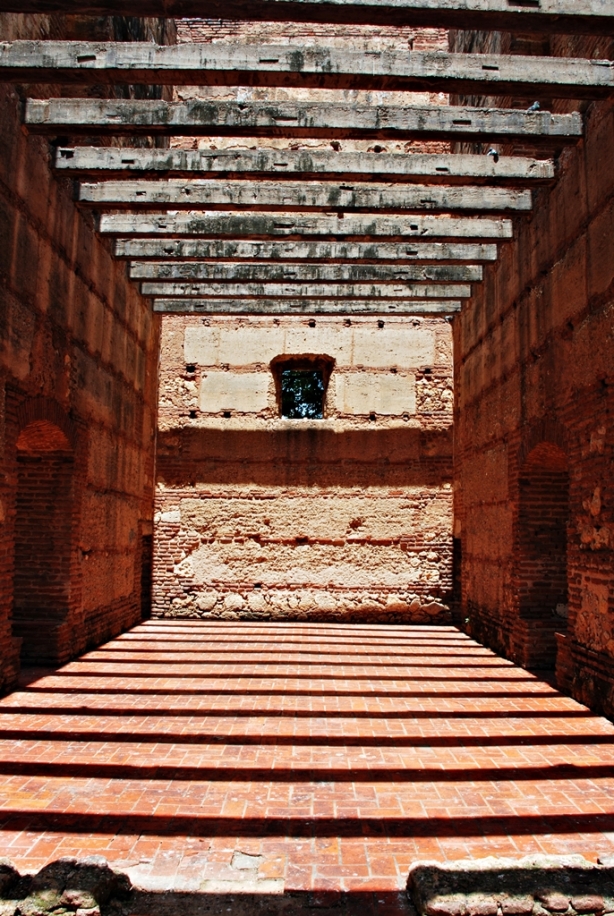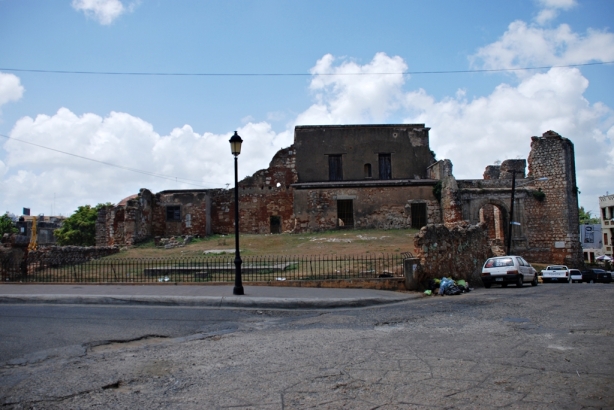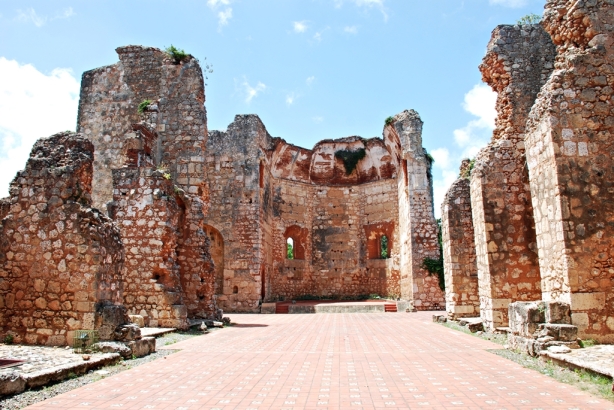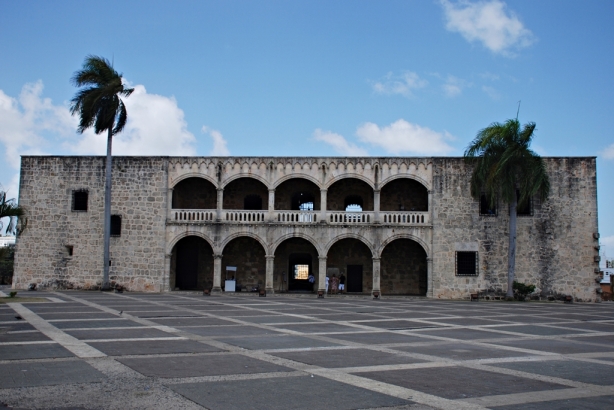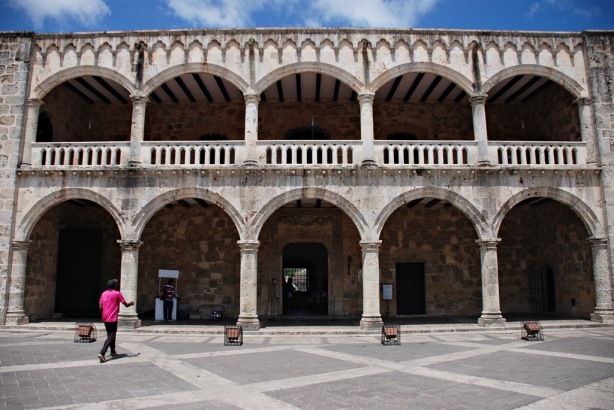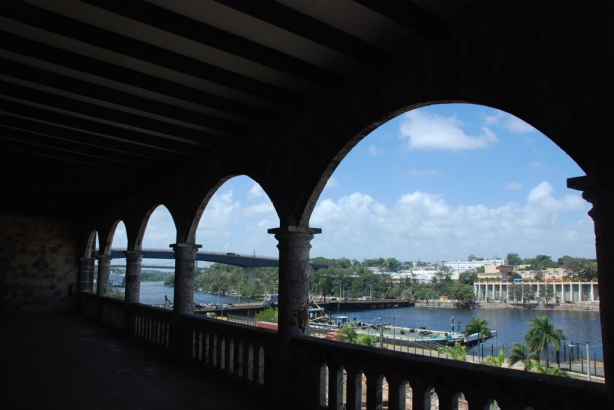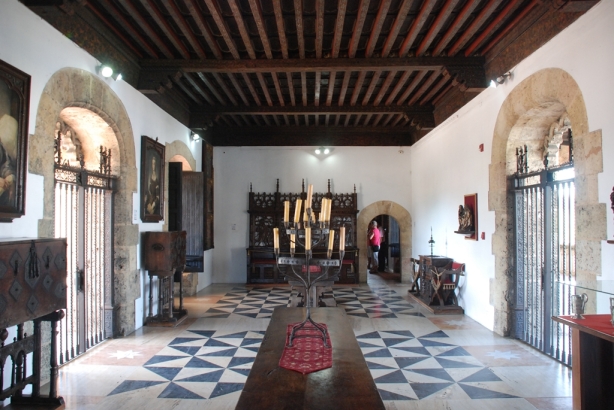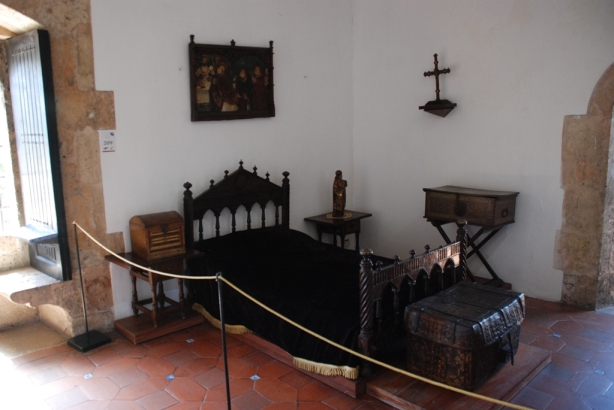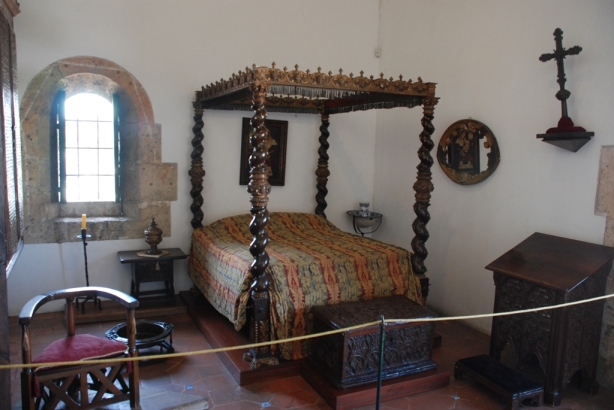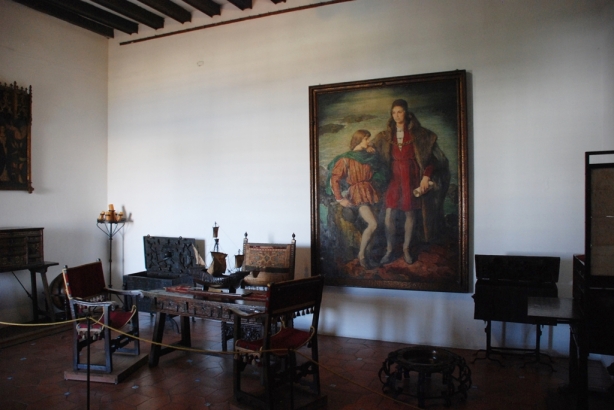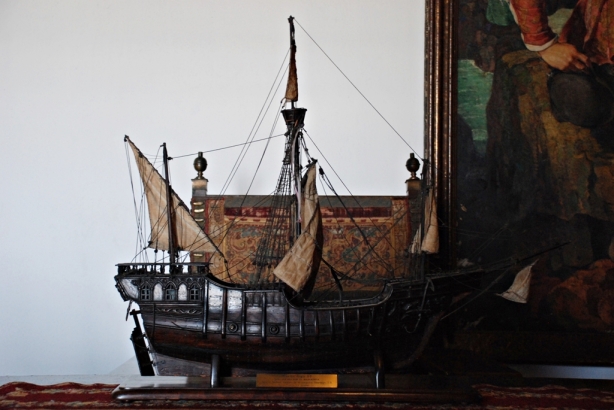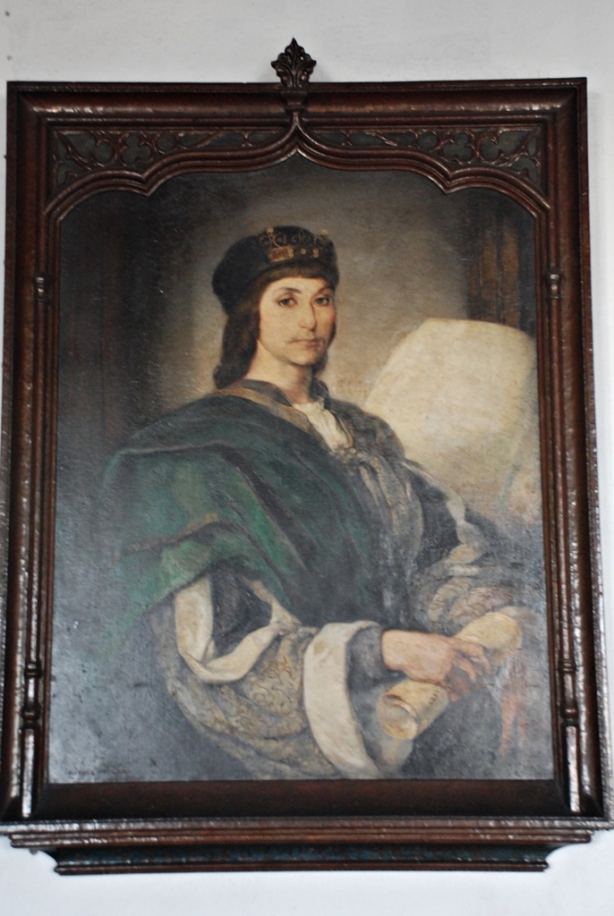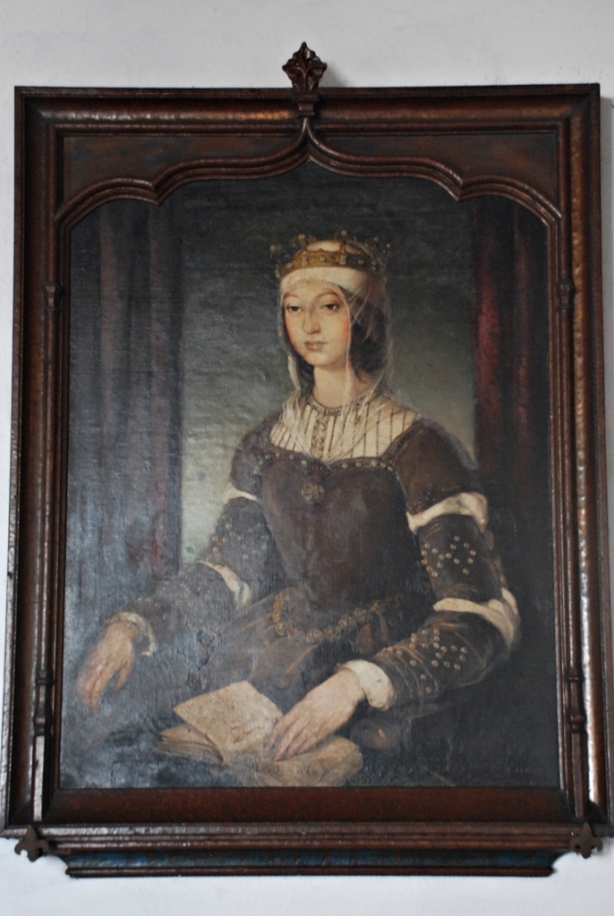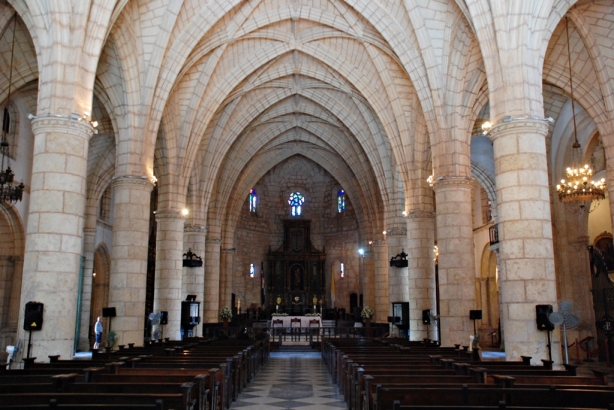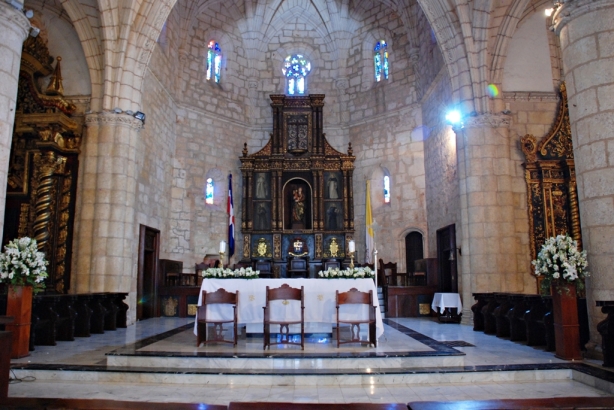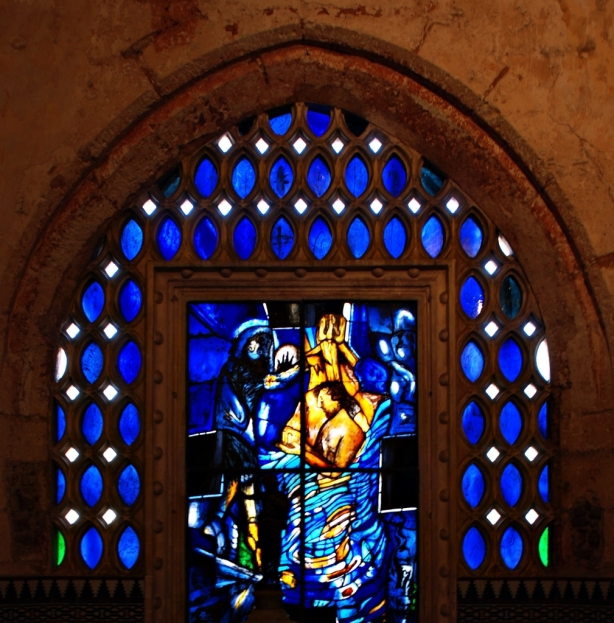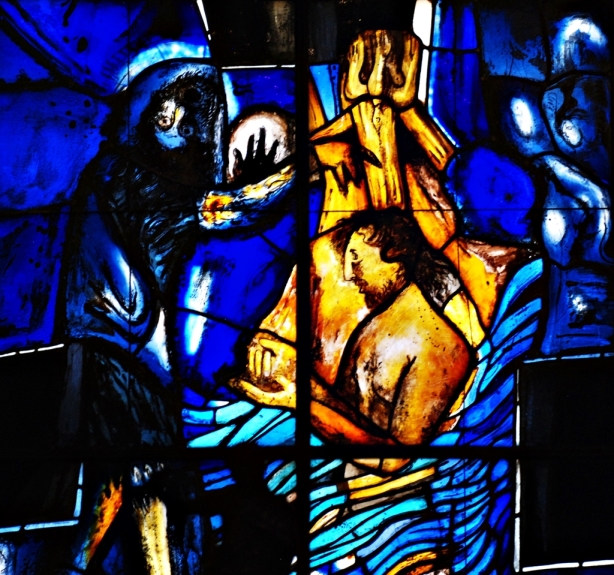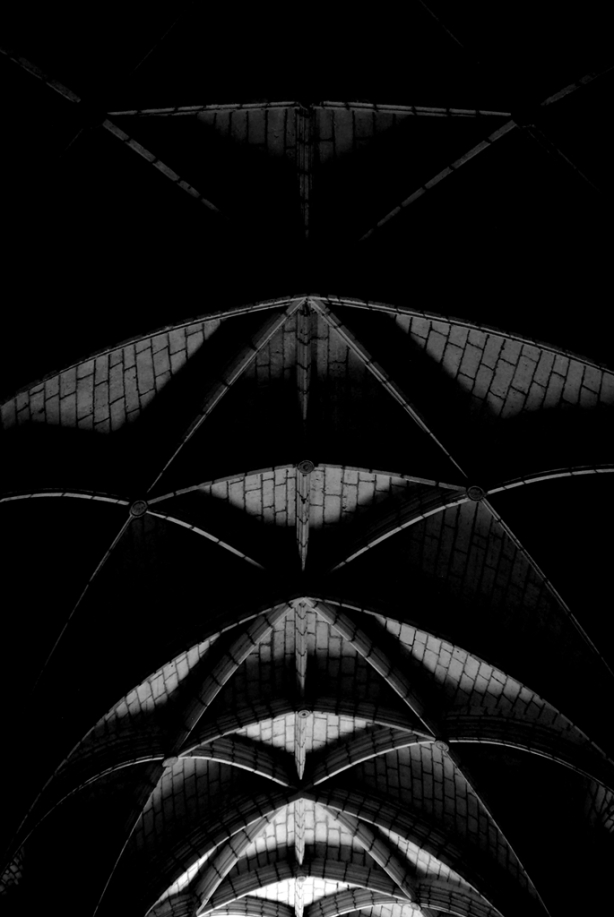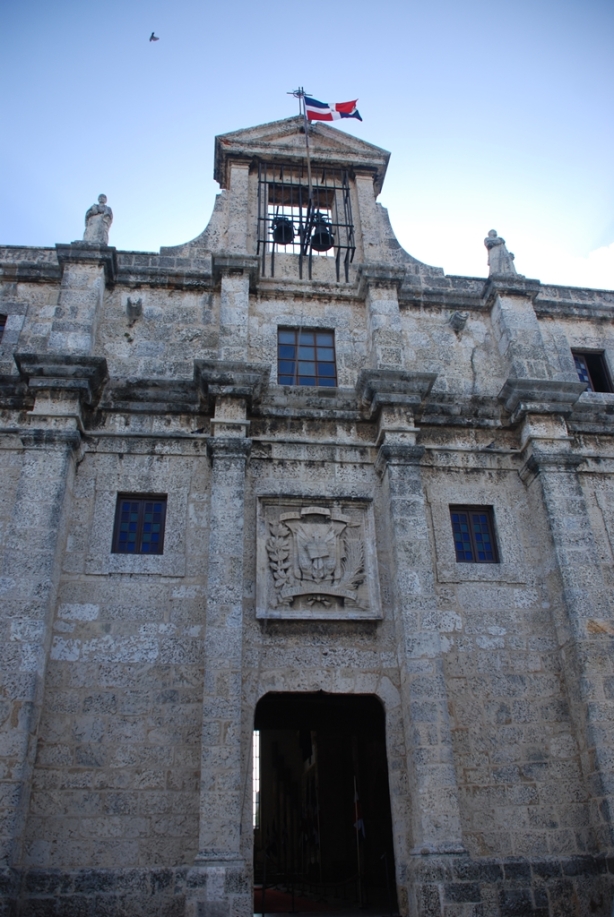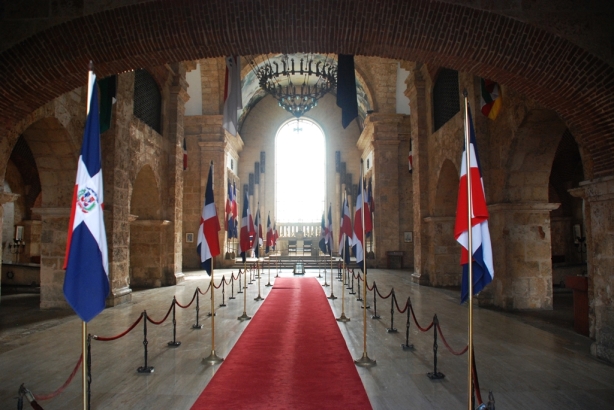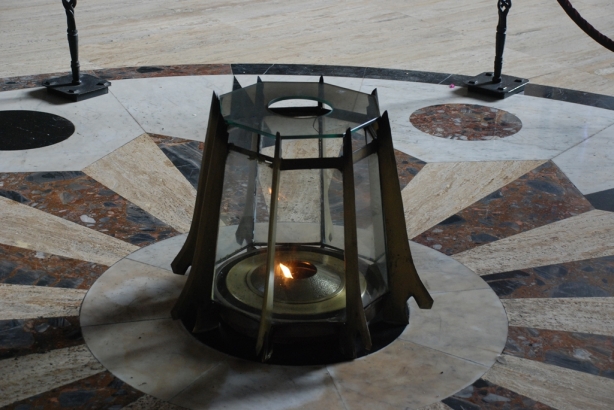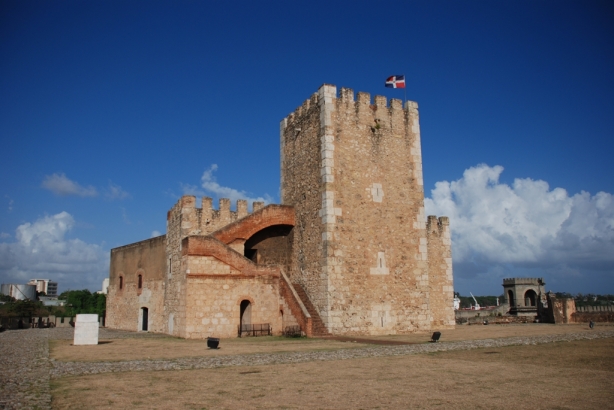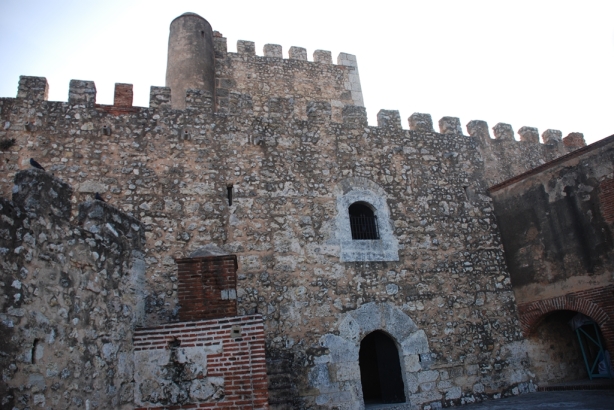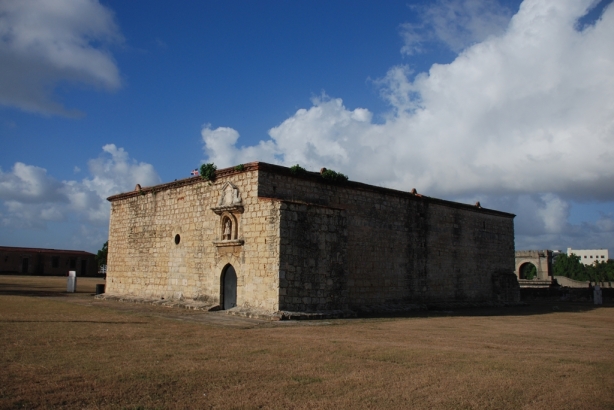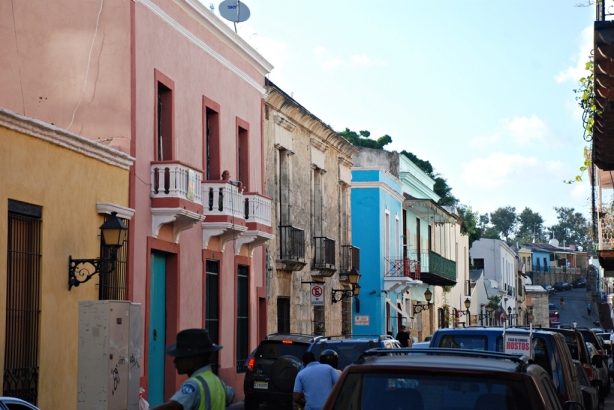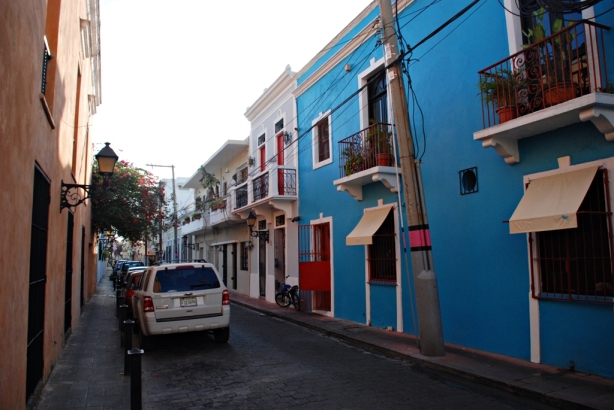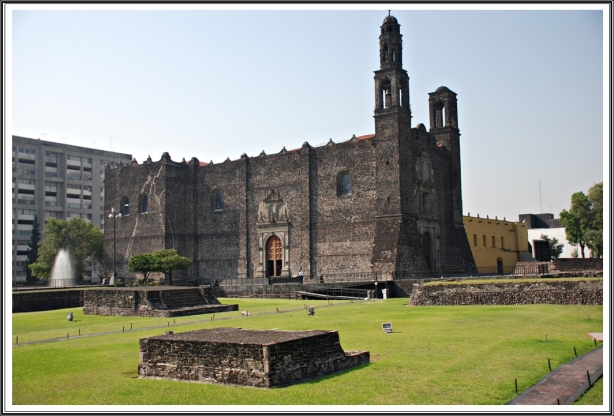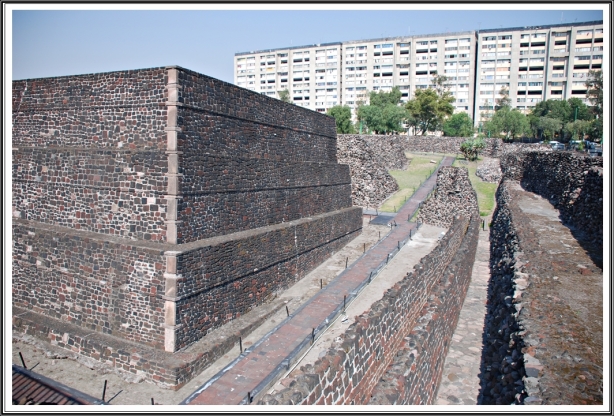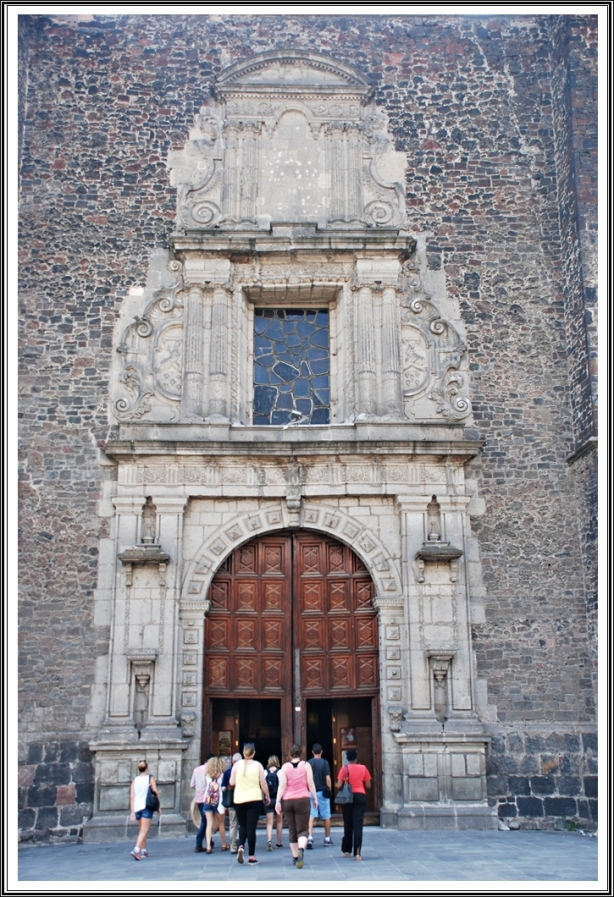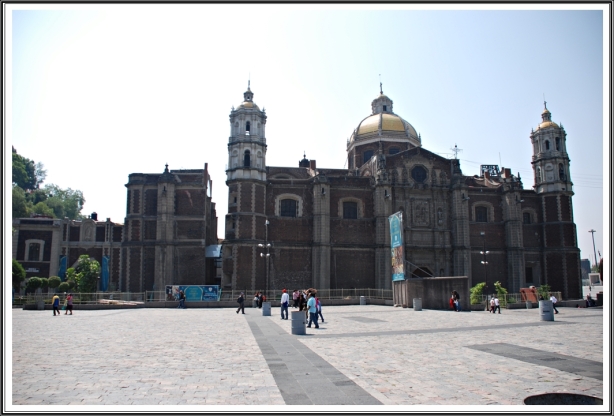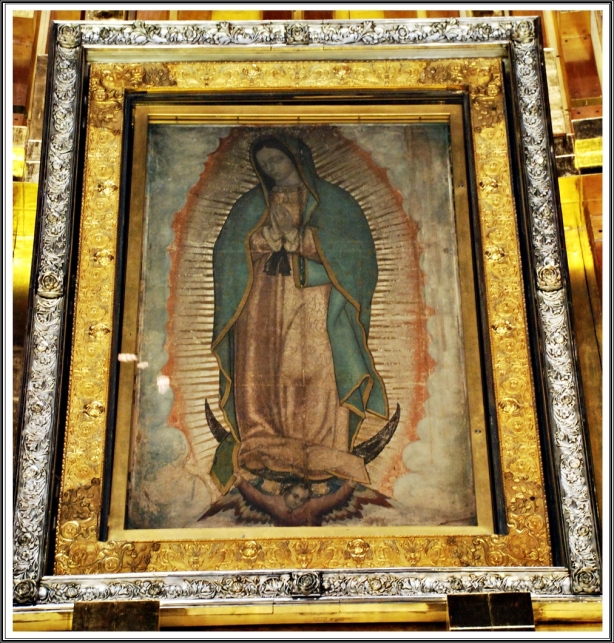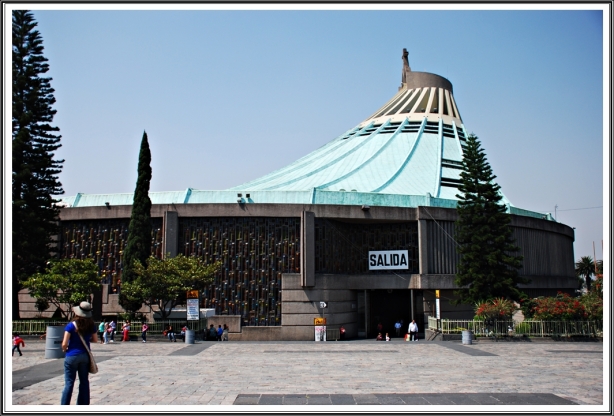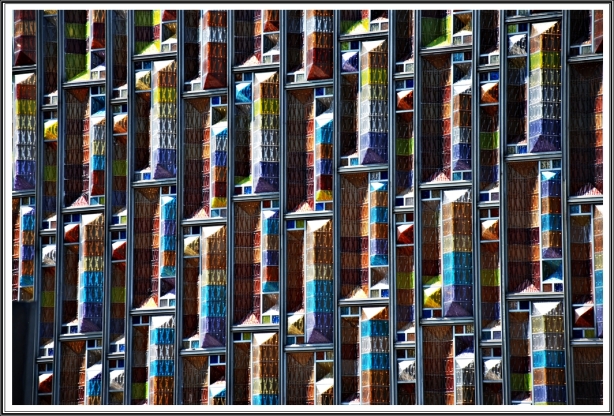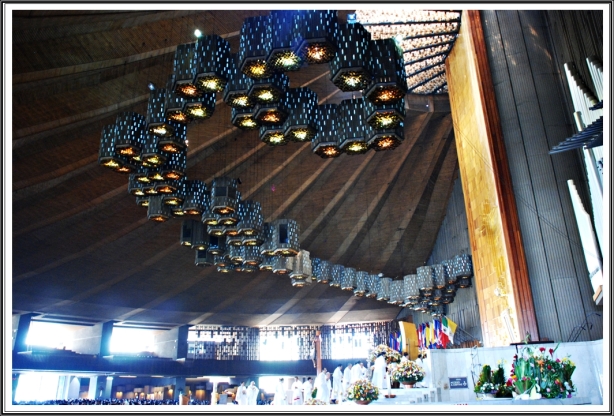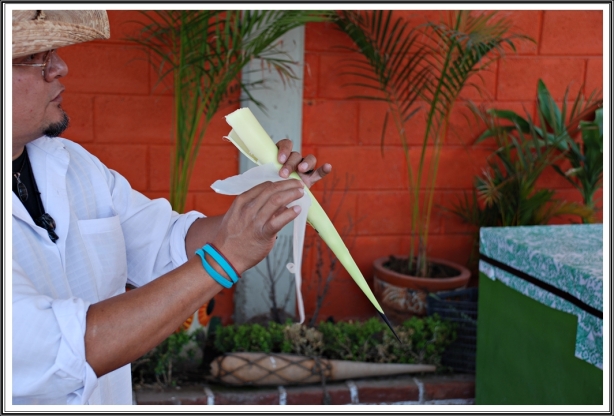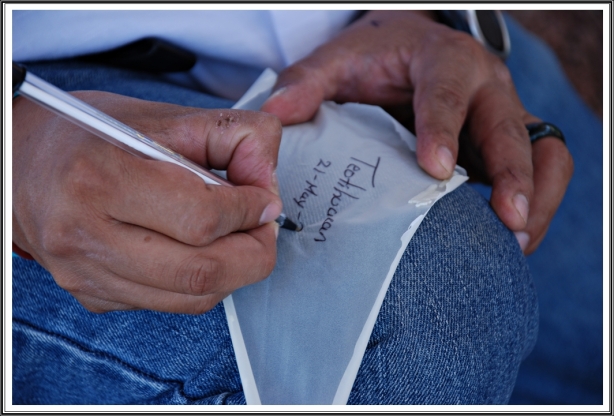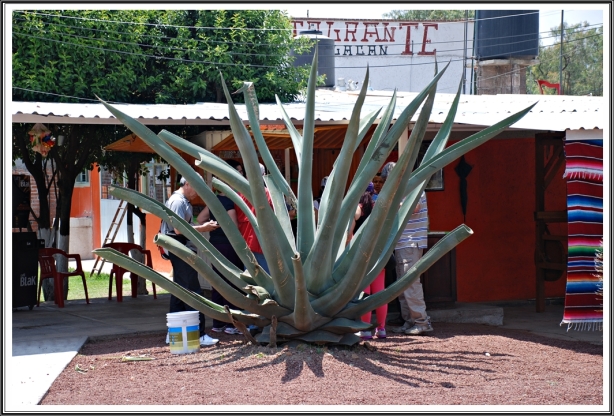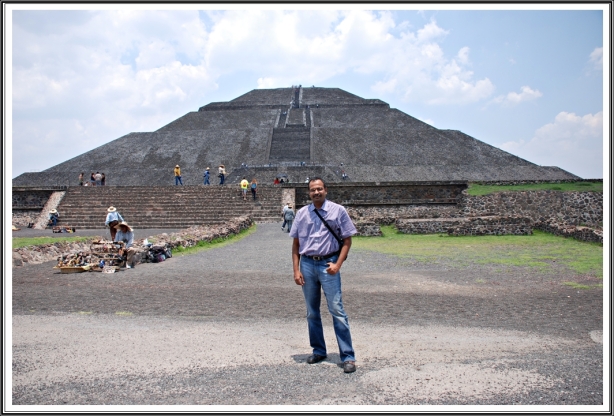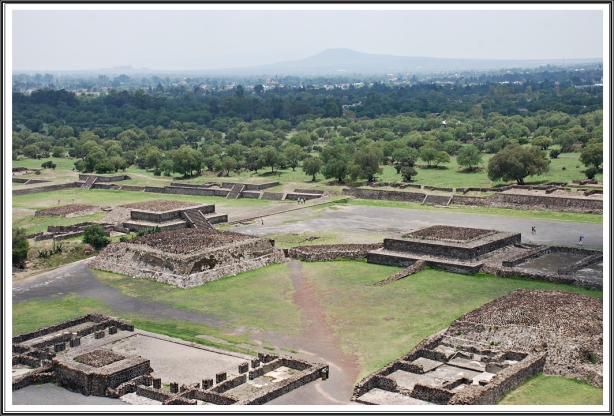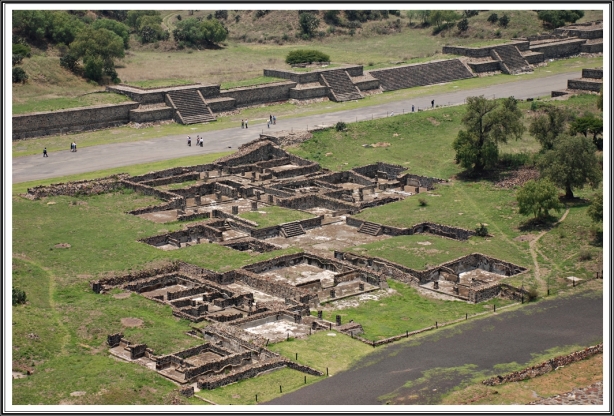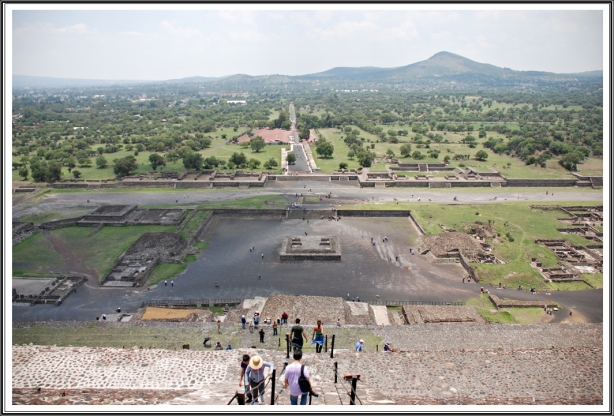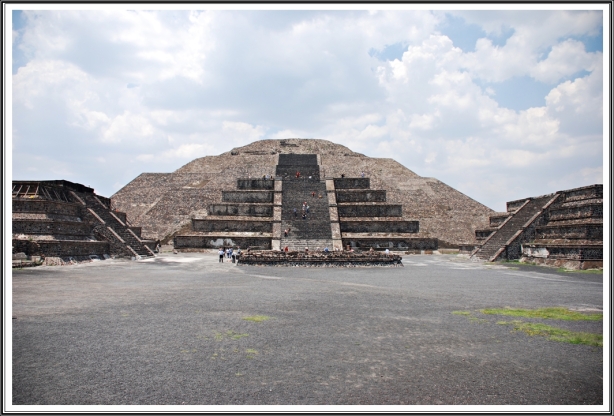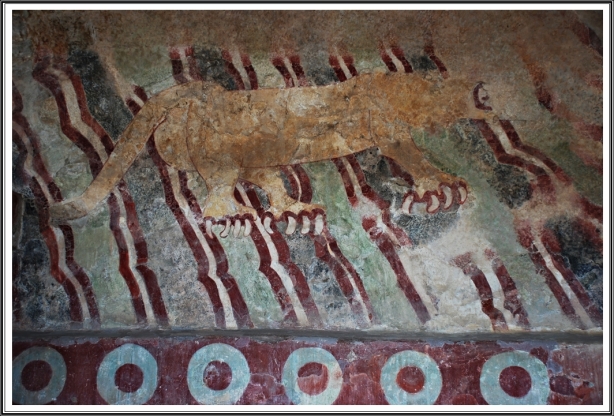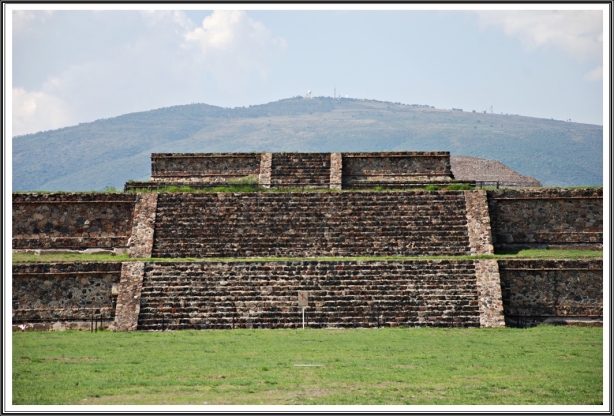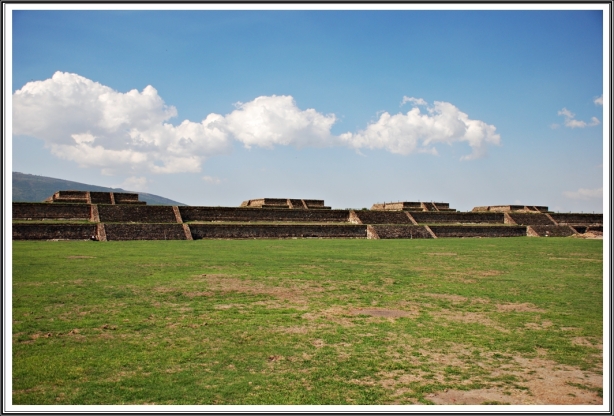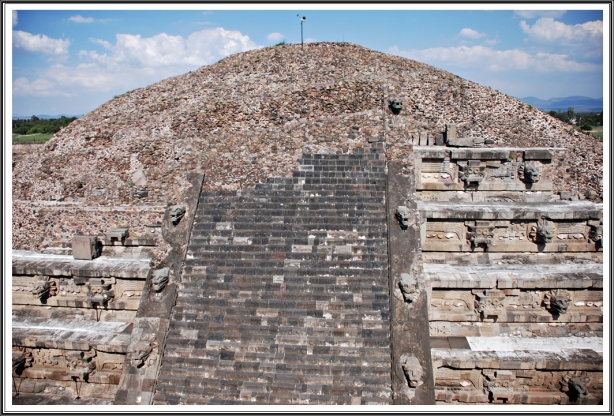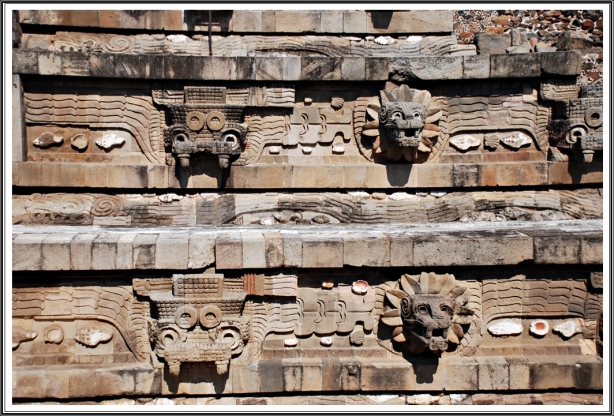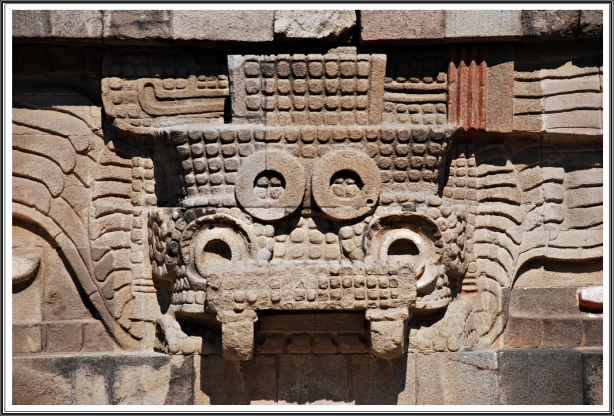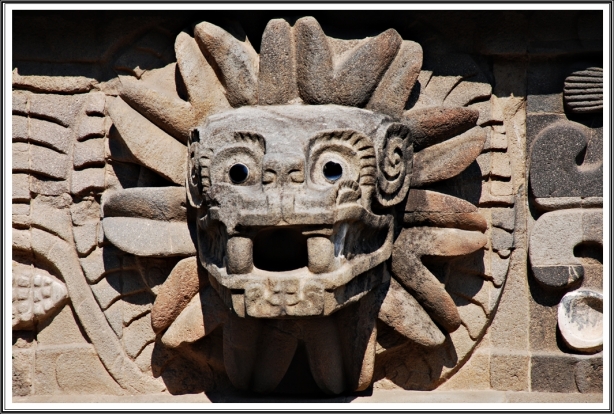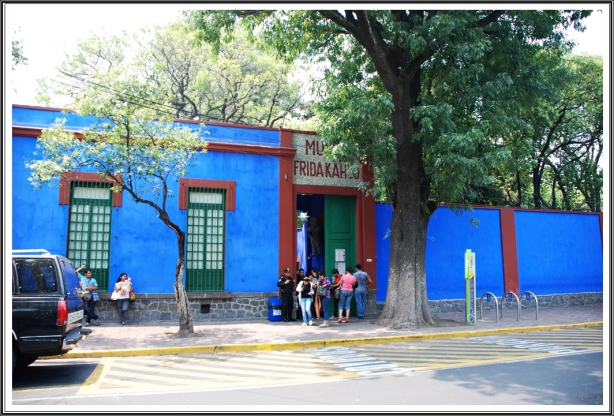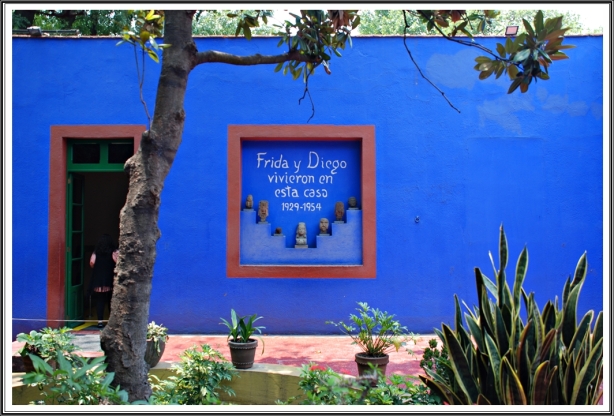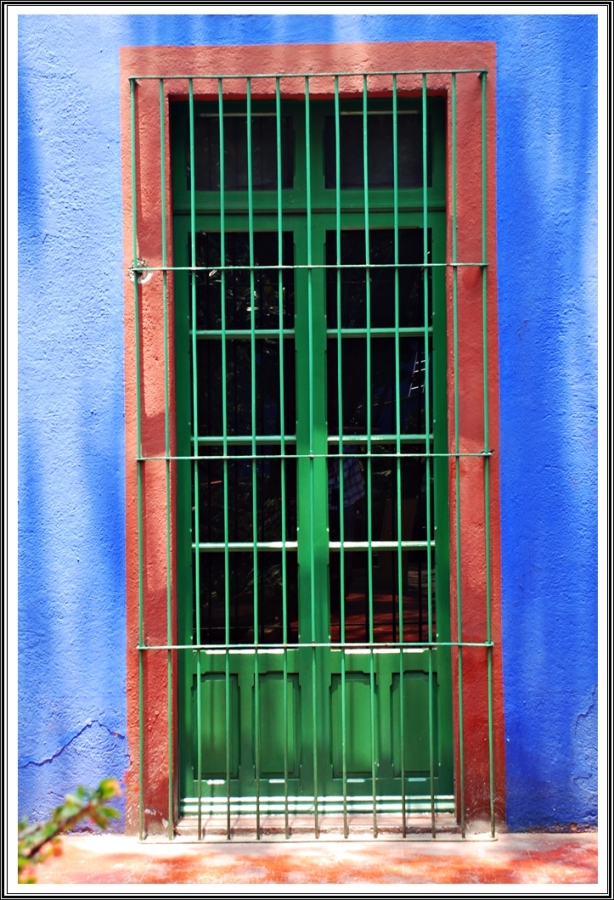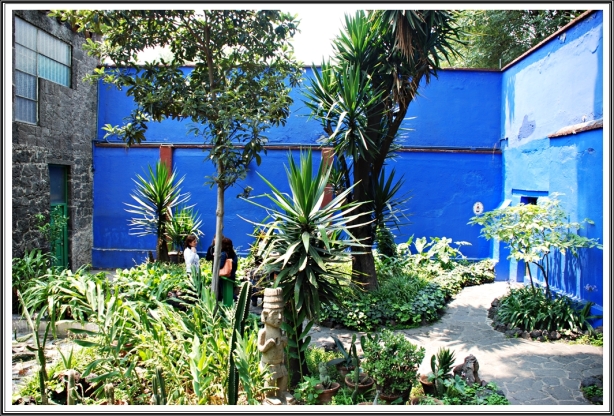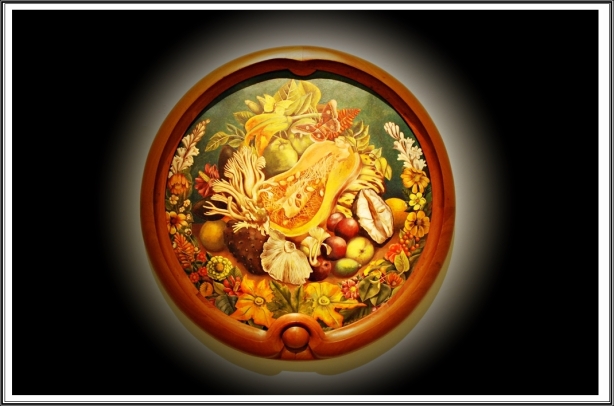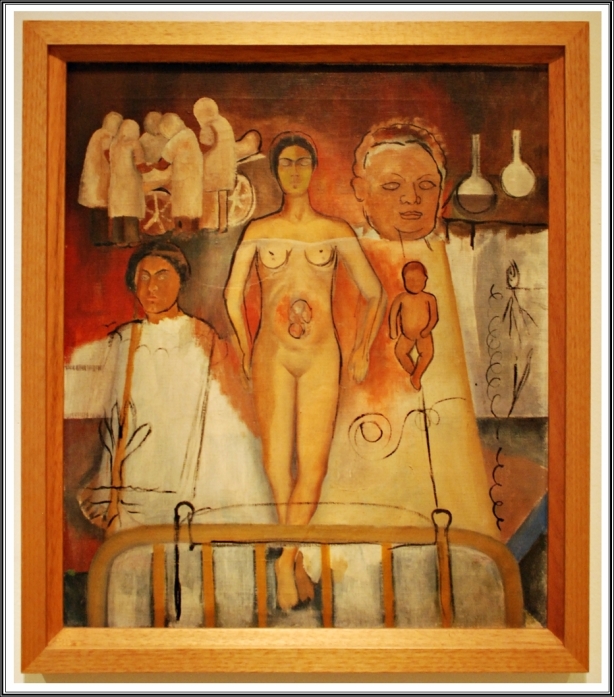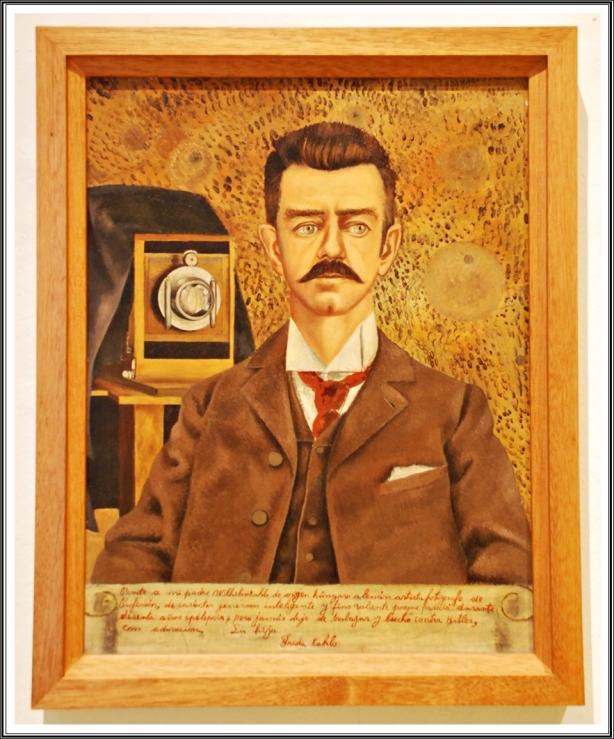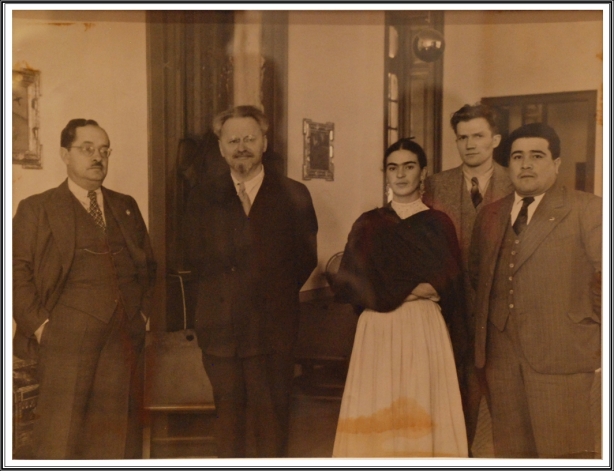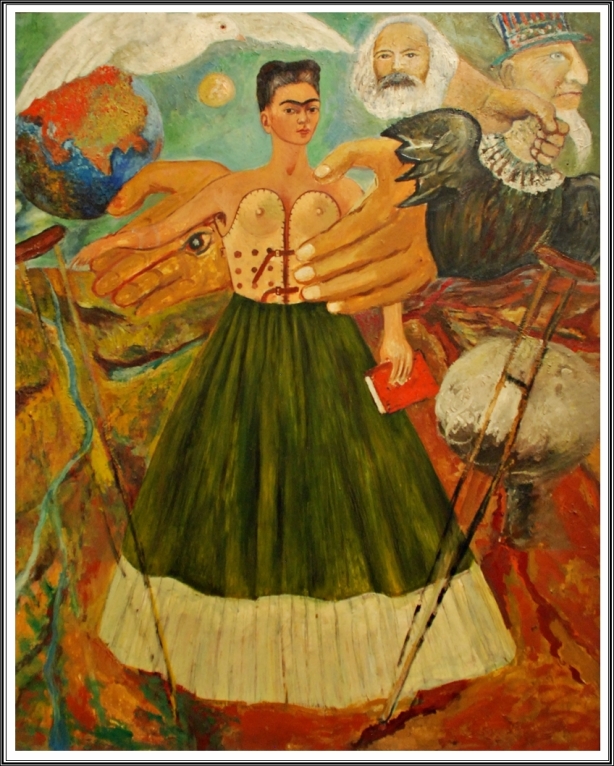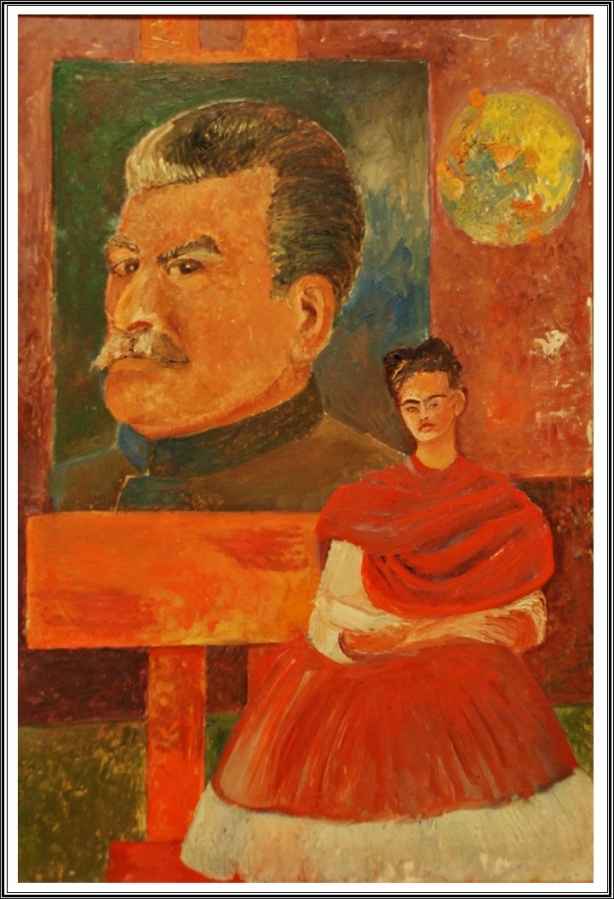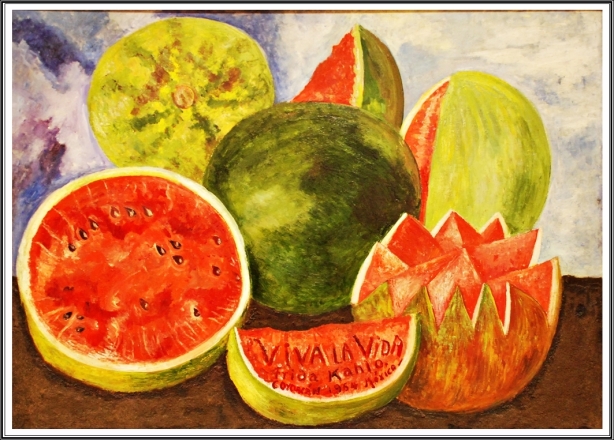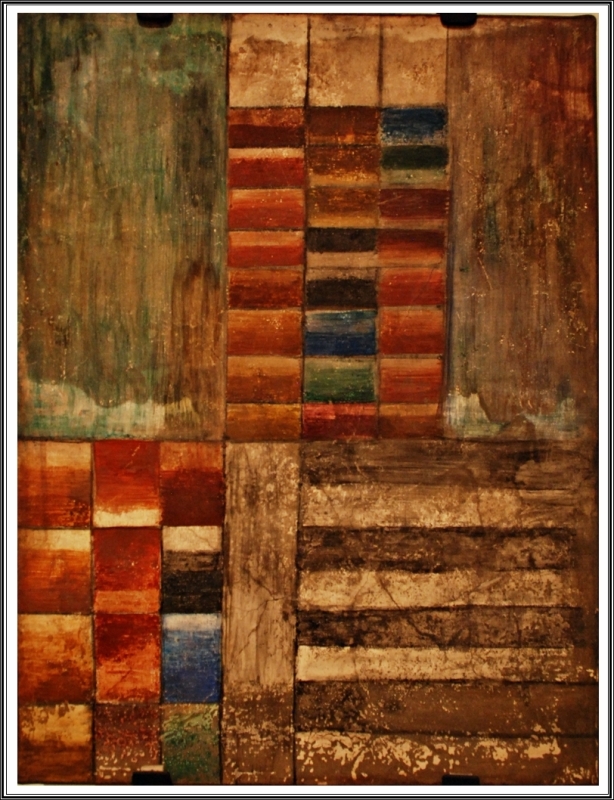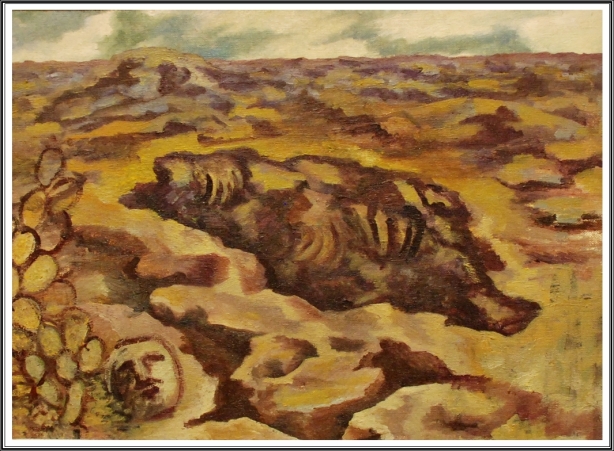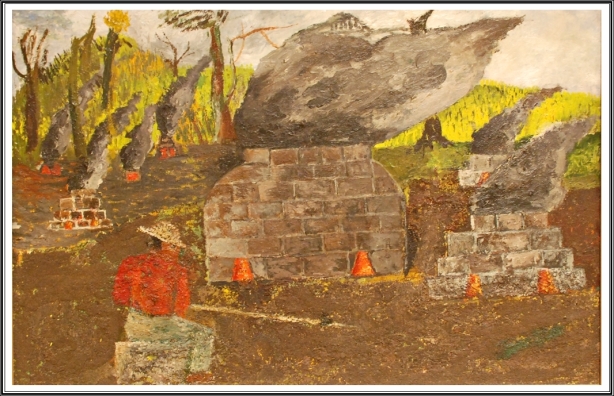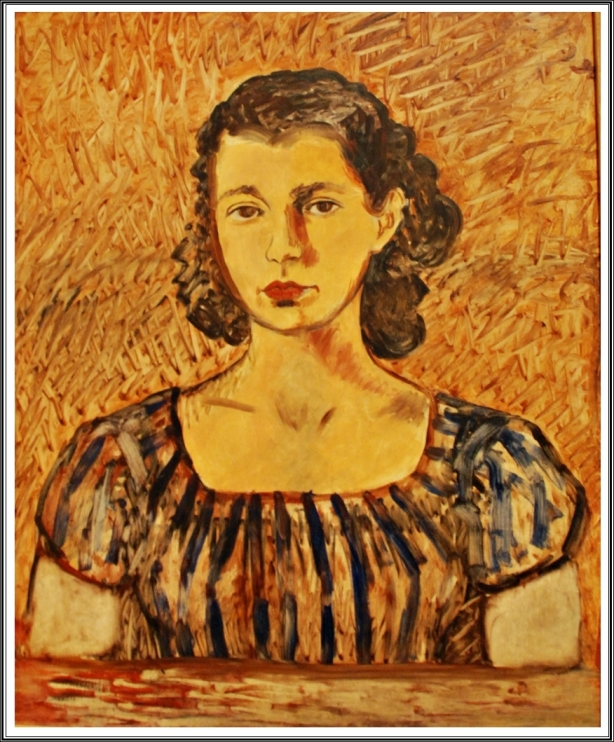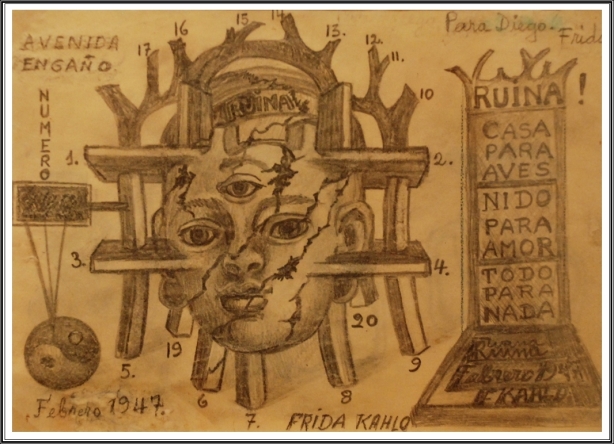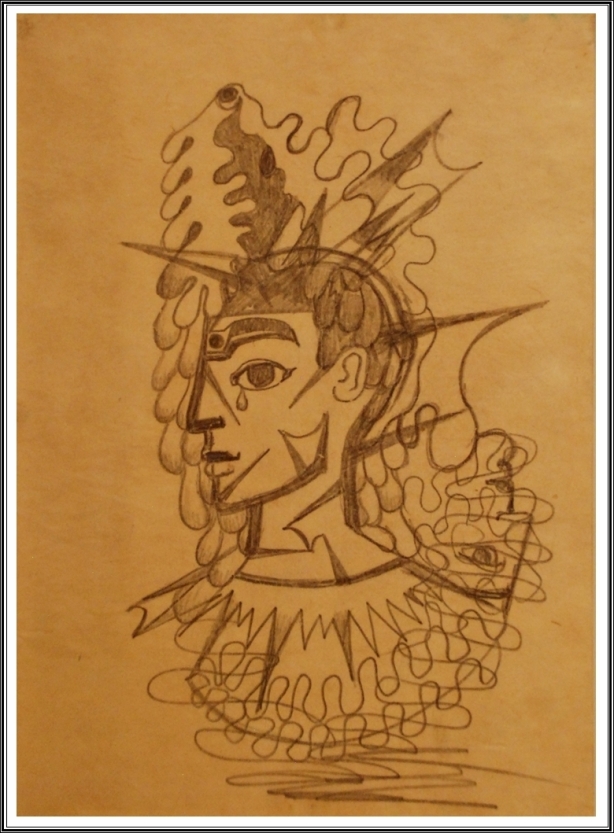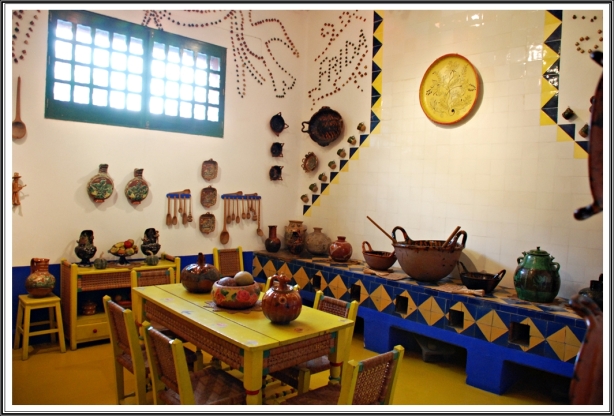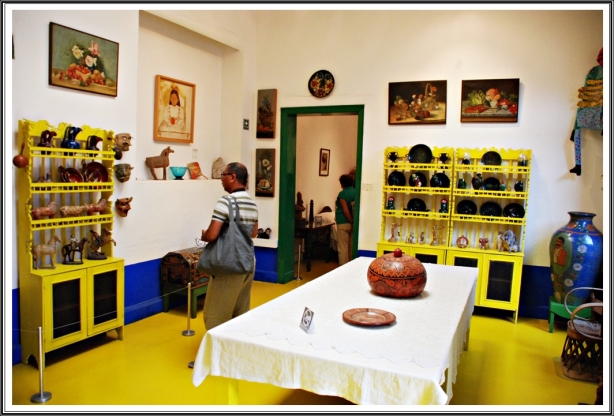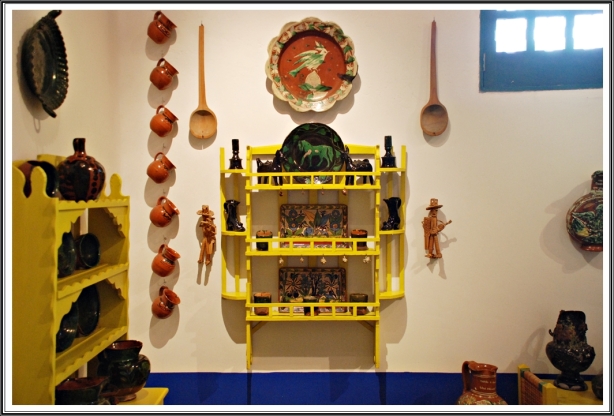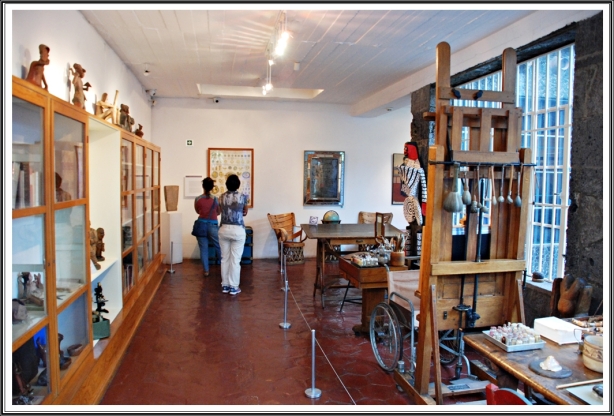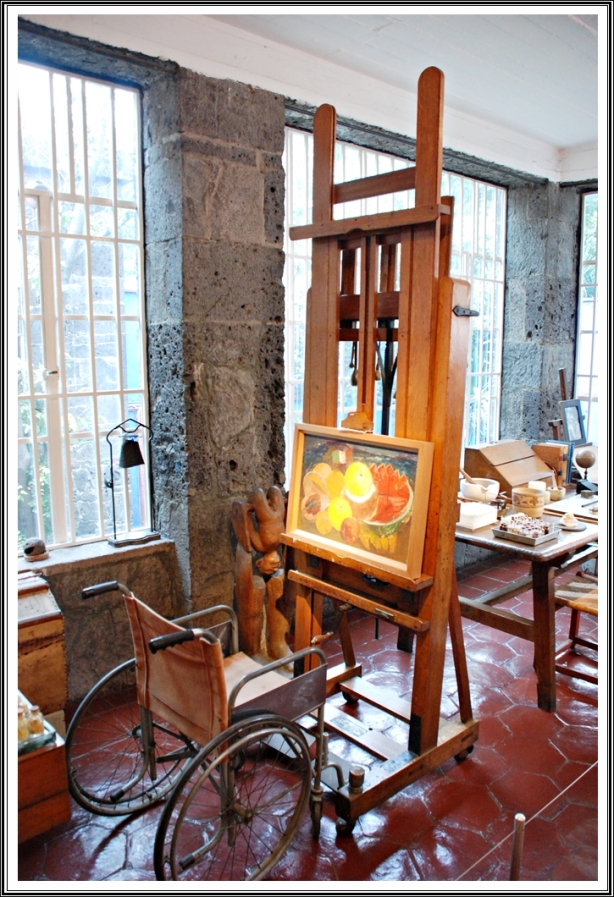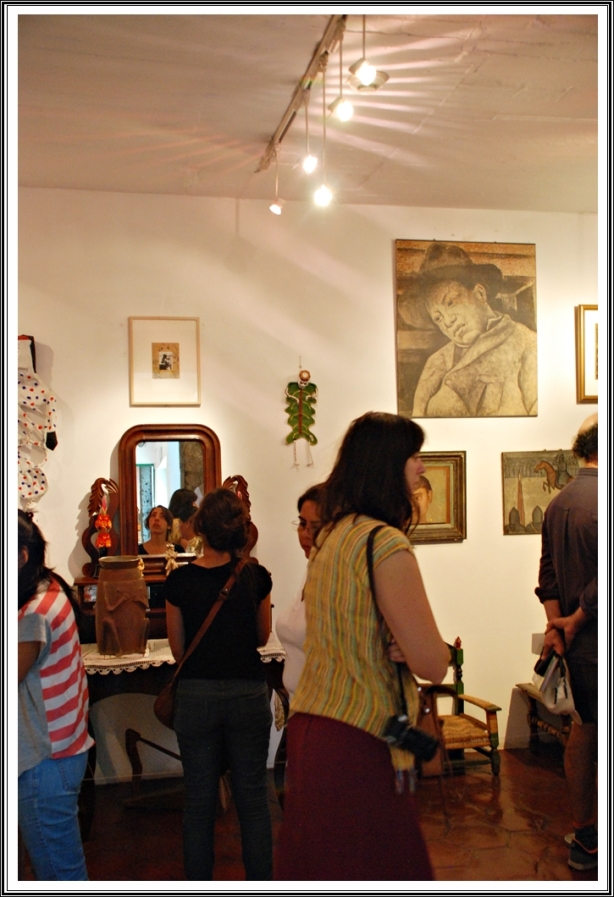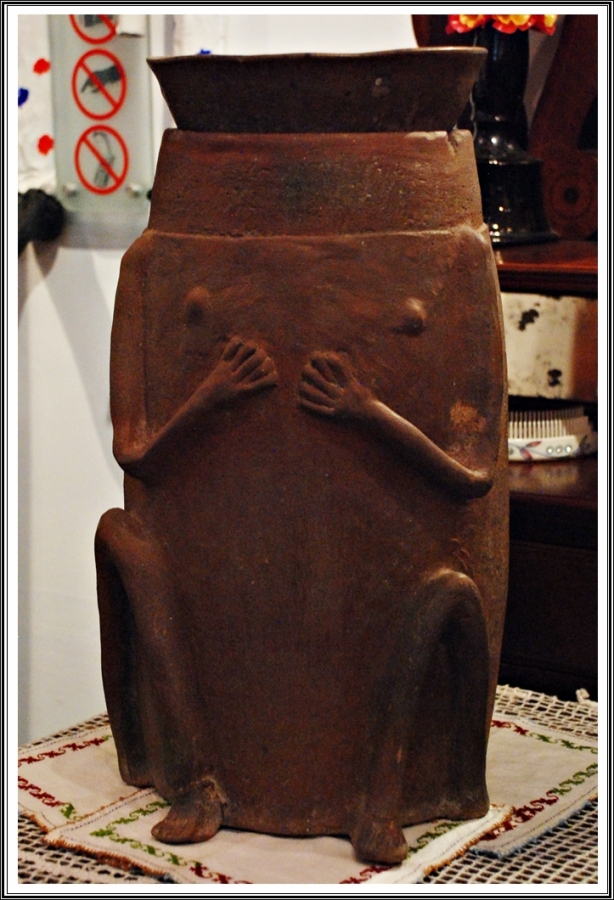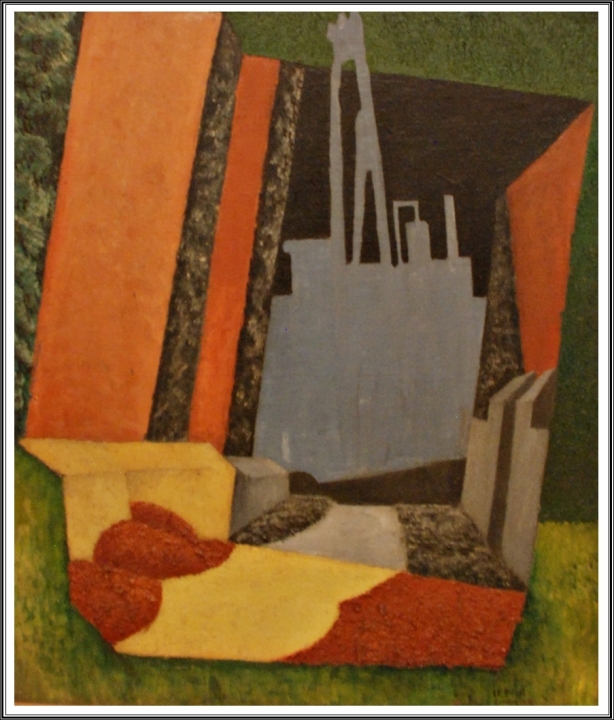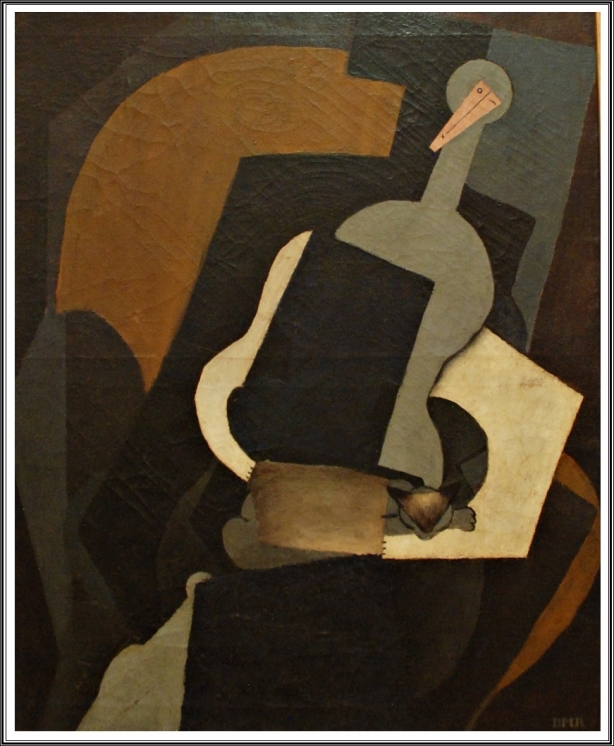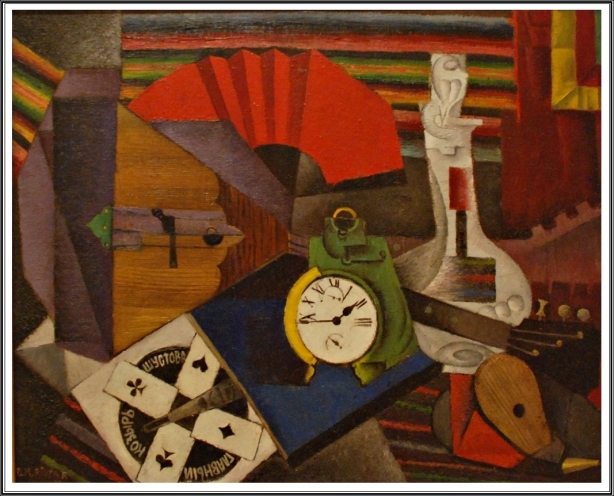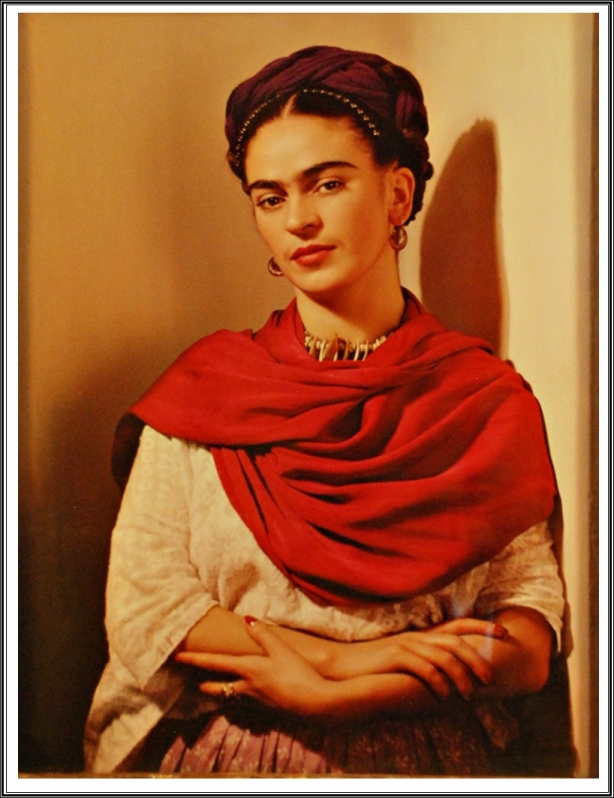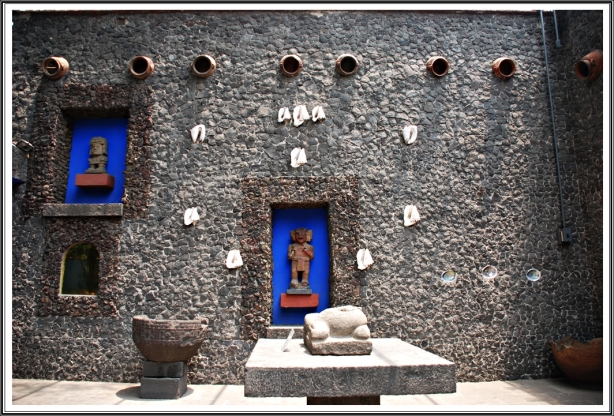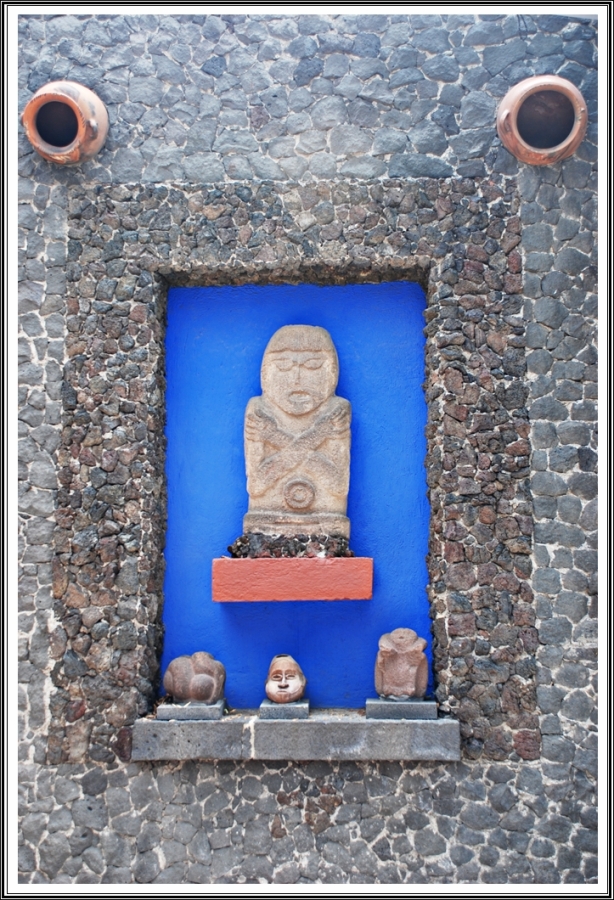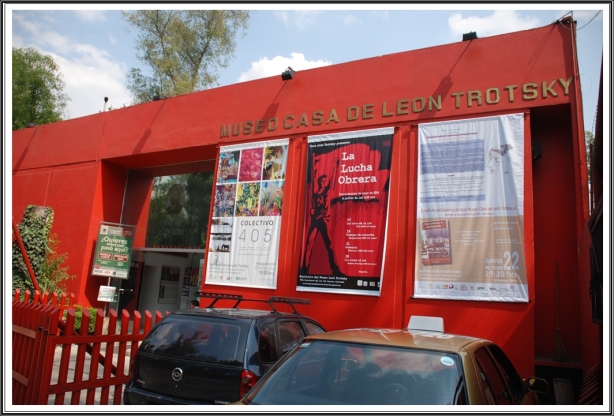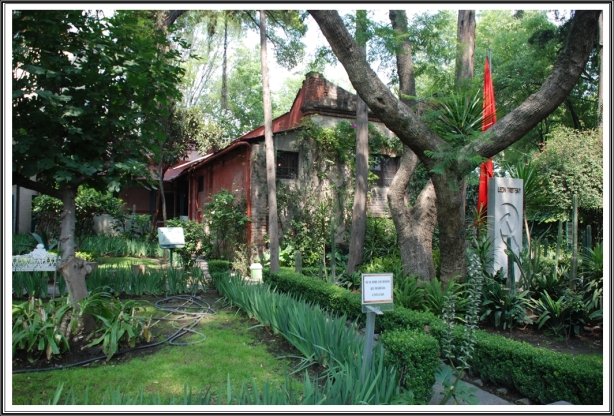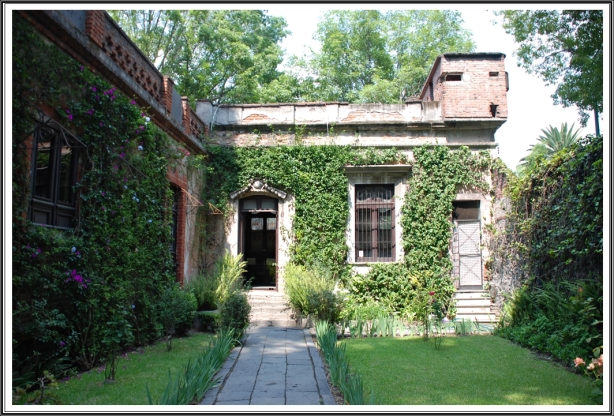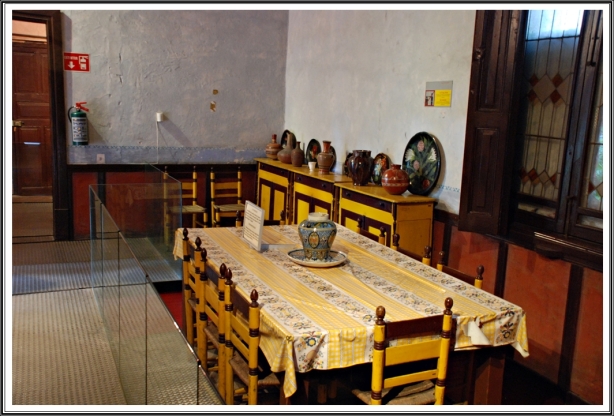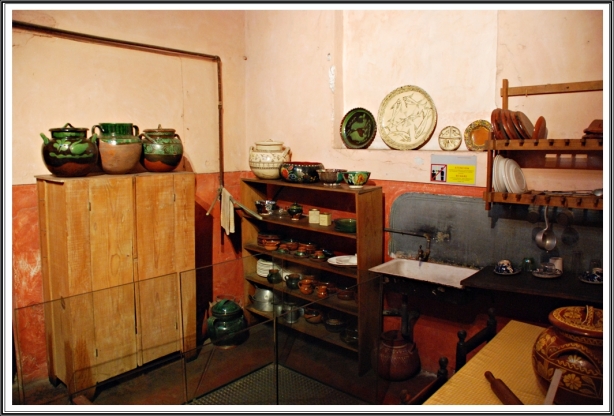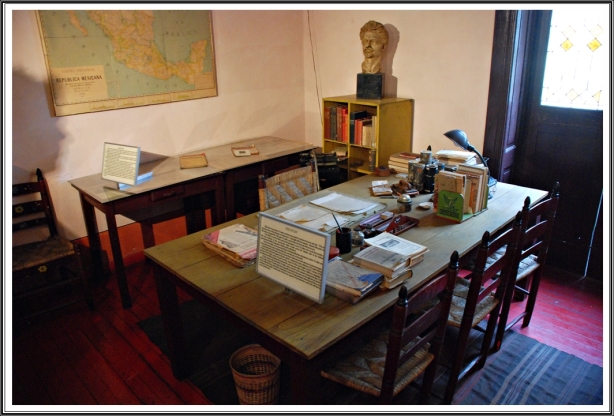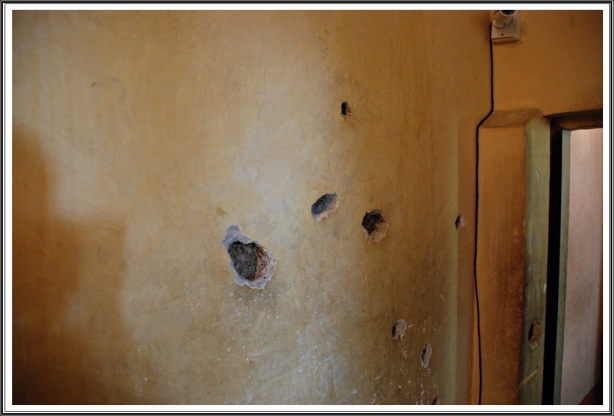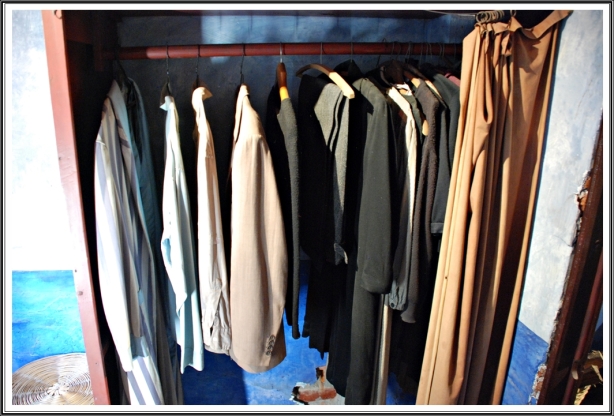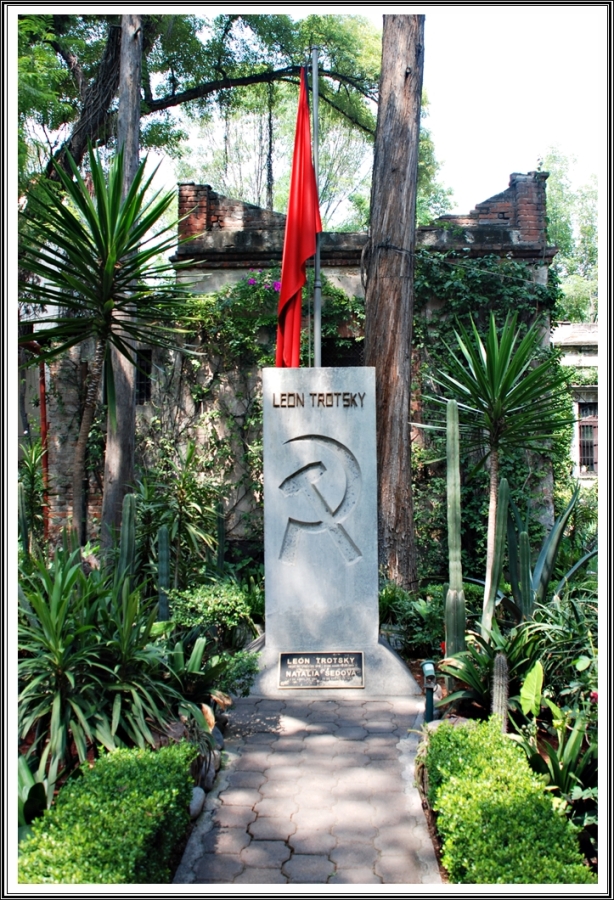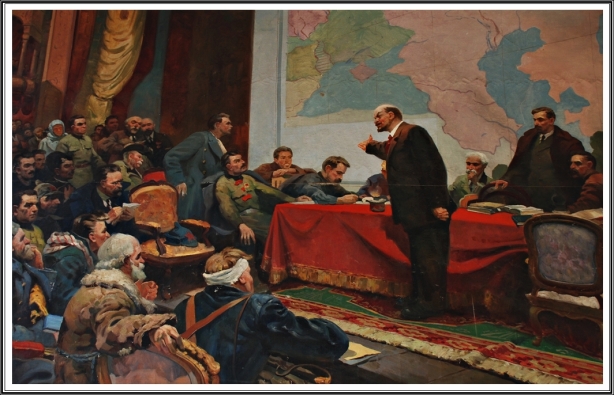On Friday (28th), we bid adieu to Thimphu and started towards Punakha. Thimphu is at an elevation of 2300m above sea level and Punakha is lower at 1250m. However, on the way, one has to go over the Dochula Pass, which is at 3100m. This is one of the highlights of the region, especially as you can see eight or nine snow clad peaks in the Himalayan range on a clear day. At Dochula, there are 108 chortens or stupas called the Druk Wangyal Chortens which were erected in memory of the Bhutanese soldiers that lost their lives in an action in clearing out Assamese militants that were holed up there. This happened in December 2003 and the fourth King of Bhutan, Jigme Singye Wangchuck, who was ruling at that time personally led the action. The chortens are built on a hillock and the one at the top is big whereas the others are fairly small. The chortens are quite beautiful and the colour combination is just fantastic.
Dochula is often foggy and chilly and it was no different when we arrived. While that was a disappointment from the perspective of not being able to see the peaks or having great light for photography, the ambience was somewhat magical. The chortens and the slight mist and the cold was a wonderful feeling, marred only by the reasonable sized crowd of tourists. In Bhutan, on clear days, the sky is amazingly blue with some wonderful clouds. Hence, photographs tend to have a special feel of depth and life. I was thinking that photographing Dochula on such a day would be just great, but it was not to be.
I was quite taken up by the patterns that the chortens presented and we walked up a small hillock on the side. There are some caves on the hillock where one can meditate looking at the chortens and the mountains. The white chortens with red bands in the middle and the slate roof all kind of made me feel that I was in some sort of a mystic place. On the back of my mind, I knew this monument is only 20 years old but the images from every angle were quite mesmerising for me. Needless to say, I took many pictures, and we spent quite some time there. Sonam (our guide) said that we could stop once again on our way back from Punakha to Paro, if it were a clear day and we left with that hope.









I had referred to the Divine Madman in the earlier post. He was a Tibetan Buddhist monk named Drukpa Kunley and also referred to as Kunga Legpai Zangpo or Drukpa Kunleg, who came to Bhutan in the fifteenth century and was a controversial figure, to say the least. He believed that there was no need to be uncomfortable with pleasures such as sex and shun them while on the path to enlightenment. In other words, celibacy and self-denial were not required at all to gain enlightenment. It seems that women sought blessings from him, and they were often granted in the form of sexual intercourse. He didn’t ban other pleasures either and I read somewhere that he was quite humourous and was given to wine and song as well.
In Bhutan, holy men are associated with some miracle or having subdued some terrible demon. Drukpa Kunley is said to have overpowered a demon at Dochula and some distance away from the chortens stands a monastery named Chimi Lhakhang, on the spot near where he fought the demon. In that monastery, a wooden phallus that he brought from Tibet is displayed. This is also called the Temple of Fertility as it is believed that if childless couple pray and walk around the monastery holding the wooden phallus, they would be blessed with a child. Sonam, of course, had a firsthand experience to narrate of an American scientist couple from NASA (I was amused by the reference, given the claims that we hear back home of NASA approving this and that) who were blessed with a child after they visited the temple. The Divine Madman advocated painting phallus symbols on houses and carving them on roof tops to ward off the evil eye and you can see this in many houses in Bhutan, especially in this region. All handicraft stores sell wooden phalluses of different sizes and colours and they do make an interesting sight in the shop window!



Chimi Lhakhang is located at a short distance away from the main road and you trek through a village and some fields to get there. It is a very small unassuming temple and the wooden phallus that the Divine Madman brought from Tibet is displayed there. Since photography is not allowed, I could not capture that interesting image of a phallus inside a temple. Of course, Hindus have the Linga inside all Shiva temples but that doesn’t really resemble an actual phallus.



I was thinking that Drukpa Kunley must indeed have been a very extraordinary man, to have been able to preach and establish this drastically different line of thought in a religion like Buddhism where denial of all pleasures is a core practice. I have often felt that the practice of celibacy, especially, is at loggerheads with nature and so was quite impressed that 700 hundred years ago, a man could successfully advocate this approach. It was clear that he was well respected and accepted given the importance he has in Bhutanese history. He also seemed like someone who was accepted more by the masses than the official clergy. I feel there might be some connection between the practice of worshipping the Linga and what the Divine madman preached. There must have been some line of philosophical thought that ran parallel to the established stream, which focused on knowing and taking the pleasures in your stride, thus knowing them and then subduing them as opposed to denying them in total and thus never knowing or feeling what they actually mean. Drukpa Kunley left a lasting impression on me, and I would have loved to meet him and have a conversation with him about whether enlightenment comes from denial or from knowing the pleasures and then overcoming those.
After lunch at a restaurant that tried to make a chicken burger and KFC type chicken, we headed to the Punakha Dzong (Punakha Fort). We did not find any of the chains such as McDonalds or KFC or Starbucks in Bhutan and all restaurants seemed very local. The set up in most restaurants was quite basic and nothing plush. I digress, back to the Dzong! Punakha Dzong is the second oldest and the second largest Dzong in Bhutan but is perhaps the most majestic. It was built by Zhabdrung Ngawang Namgyal, who unified Bhutan as a country in the 17th century. He was born in Tibet in 1594 and moved to Bhutan in 1616. He then built various dzongs in Bhutan, starting with Western Bhutan and then extending his reign all over. He is a much-revered figure in Bhutan, and you can see his picture and idol in various monasteries. The Punakha Dzong itself was built in 1637-38. It was the seat of the Bhutanese Government till 1955 when the capital moved to Thimphu.
We caught our first sight of the Dzong from the road. It looked majestic and breath taking from across the river with the jacaranda trees in full bloom, adding to the already wonderful colour combination. Such images really set off the photographer in me and I keep clicking away only to realise later that I had taken multiple copies of same or similar images! That is the joy of photographing such buildings.


The Dzong is located between the Pho Chhu (male) and Mo Chhu (female) rivers and these merge to form a new river called Puna Tsang Chhu, which finally crosses into India and flows into the Brahmaputra. I couldn’t understand why they are referred to as male and female rivers. You cross the Mo Chhu River using a covered wooden bridge to access the Dzong.

The Dzong itself is a very impressive building with three courtyards with the final courtyard housing the most important religious buildings – the temple and the building with holy relics. In the first courtyard, you can see a banyan tree that was planted by Jawaharlal Nehru when he visited Bhutan. The courtyards and the buildings are just breath taking and impressive with the wonderful colour combinations and beautiful structures. Sonam said that work on the Dzong started in 1637 and finished in 1638 and when I pointed out that it was a very short time frame, he said that the architect was a special person who just dreamt of all the plans and design in his sleep one night and proceeded with the construction without getting any of it on paper.








The temple is located in the third courtyard and many monks were sitting inside and praying. As soon as we entered, they started beating their drums and blowing various pipes and other instruments and we sat there in the hall for some time. It was something magical and somehow spiritual to listen to it and to see all the orange / red robed monks inside that brightly coloured temple. The atmosphere was beyond words, for me. The next in line to be the Chief Abbot was also there.

The body of Zhabdrung Ngawang Namgyal is kept in this building and according to Sonam, it is still in the same condition as it was when he passed away. Of course, only the King, Chief Abbot and the caretaker of that building are allowed inside and so, no one else has seen it. It seems that any cleaning or such work that is required to be done has to be carried out by the caretaker or the King and no one else. Sonam claims to have seen the King do this work himself.

From the Dzong, you walk past the cremation ground to access the second largest suspension bridge in Bhutan. This bridge is about 160m long and is over the Po Chhu River. It is quite well made and given the length of the bridge I was expecting it to swing like crazy but the stay wires on both sides kind of ensured that the bridge was relatively stable.


Khamsum Yulley Namgyal Chorten, or simply Namgyal Chorten, is a short drive away from Punakha town and was built in 2004 by the Queen Mother to bring peace to the world in general and for the prosperity of Bhutan. From the road, you have to walk up a hill for about 45 minutes to reach the Chorten and it is quite a delightful walk. You walk through fields for some time and then start climbing. The scenery is just fantastic, as can be expected of Bhutan.



The Chorten itself is beautiful and you can climb on top of it, unlike most other Chortens. This meant we could see beautiful views of the Punakha valley and the Mo Chhu River snaking its way through the valley.




On the way back, we met an old man selling some fruits by a field. We bought a few oranges from him, and he agreed to pose for a photo. Sonam was of the opinion that he must be selling these fruits (overpriced, said Sonam) for drinking money as children always take care of the parents in Bhutan and as mentioned earlier, if there were no children, the King would provide.

Our last visit at Punakha was Sangchhen Dori Lhuendrup Lhakhang Nunnery, which was built by the father-in-law of the Fourth King. It is on top of a small hill and was very close to the hotel we stayed in. There are 120 nuns there as inmates now. One interesting point I heard from Sonam was that nuns and monks are paid a salary and they are also paid when conducting religious rights. It seems they often come from poor families and thus they act as a source of income for their family. Looks like the system here is such that these people continue to be part of the commercial aspects of society and not far from it as we often think they are. The stupa here is of Nepali design with two eyes painted on it.





On the way from Punakha to Paro, we did pass through the Dochula Pass but it was another cloudy day and so there was no opportunity to see the peaks. After reaching Paro, we spent some time walking around the quaint little town. Mountain Café is often given positive reviews in various travel websites, and we went in there. They have two outlets in Paro – one which serves only veg and the other that serves both veg and non-veg. Sonam had been talking about masala dosa and how popular it is in Bhutan, especially when they can get it from Indian Army canteens and this set me up to order a masala dosa at the café and I must concede that it was quite okay even though the masala tasted different.




In the evening, we stepped out to the river flowing behind our hotel and the view was just gorgeous. The water was ice cold and very clean. As is often the case with rivers in the Himalayan valley, the riverbank was fully of large round stones, and it was quite difficult to walk. The setting was very peaceful, and I cannot stop talking about the sky and its colour. On a sunny day, it is such a fantastic blue and looks so interesting with the white clouds.

Thus far, it had not rained during our visit though the weather forecast had predicted rain. We were told that weather forecasts are not reliable at all in Bhutan, but Paro was showing rain for the remaining two days and I was very apprehensive about what this might mean for the trek to Tiger’s Nest. Sonam was quite clear that the visit would have to be cancelled if it rained. We had decided to play it by the ear and take a call on which day to use for Tiger’s Nest, based on the weather that day.
The first day after we arrived at Paro itself was reasonably clear and we set off that day itself to Tiger’s Nest. This is the most iconic temple in Bhutan; its proper name being Paro Taktsang. Guru Padmasambhava is believed to have flown up here on a tiger (supposedly one of his consorts converted herself to a flying tiger) and meditated at this spot. Guru Padmasambhava, who brought Buddhism to Bhutan in the 8th century is highly revered in Bhutan (and elsewhere) as some believe him to be a reincarnation of Buddha Shakyamuni (Siddhartha Gautama) himself. Supposedly, the Buddha, during his last days, told his very close disciple Ananda that after eight years of his death, a great guru would be born on a lotus. This increases Guru Padmasambhava’s importance as his arrival was predicted by the Buddha himself. Later, Tenzin Ragbye, ruler of Bhutan from 1680 to 1694 and who is believed to be a reincarnation of Padmasambhava himself, built the temple at this site. Given the location of this temple, it must have been quite a task. It was partially destroyed by fire in 1998 and restored to its current form in 2005.
A quick drive took us to the base from where the climb starts and since it wasn’t raining, I was in high spirits. The trek itself is a bit of a task as you have to walk more than five kilometres and that too upslope all the time. In addition, there are about 400 steps to go down and another 400 to climb up, as you get to the temple. There is a restaurant at midway point and supposedly, the first half of the climb is more arduous than the second. I had read somewhere that the climb takes about three to four hours. After our trek to Namgyal Chorten, Sonam had complimented us on our fitness; according to him, we finished the trek quicker than most people. He was confident that we would finish this trek in three hours. We were a bit suspicious that all this praise from him was kind of a booster dose for our confidence to tackle the trek to Tiger’s Nest. After you buy your ticket, you encounter people renting out walking sticks. It is a good idea to get one as it can be of great help on the way. Sandhya got one but my pride didn’t allow me to. You can also rent horses for the relatively low price of Rs. 1200/- per rider and these horses would take you to the half-way point. You need to walk back yourself as it is risky for the horse to carry a person on the way down. Needless to say, we never even considered that possibility and after a mocking glance at those talking with the horse handlers, we set off on our way.

The way up is through an enchanting pine forest and that itself is an experience. Soon, we came up on a small temple. I don’t have the ability to describe the beauty of that place. Had I the time, I would have sat there for hours.


Rather quickly, the weather changed, and dark clouds and the sun started playing hide and seek. I decided to give up worrying about whether I would get a good photo and take it as it came. Through all this the Taktsang Lhakhang and its mountain towered above us with clouds hanging around it, giving it a mystic air. It was almost as if someone was looking down on us.

The path was easy in a few spots but mostly, it was quite steep. Horses take another route that is less steep, but we didn’t go that way as there were good many horses on that path that day. We could see people of all ages attempting the climb and some looked quite elderly. Sonam said that many only go up to the half-way point and pay their respects to the Lhakhang from there. The climb to the temple is supposed to cleanse you and the effort is a demonstration of your commitment. This is why many Buddhist temples are built on hill tops, said Sonam. We figured that we were in for a pretty good cleansing that day and continued the climb, punctuated with many stops to catch our breath. In just about an hour, we reached the café at the half-way point and sat down for a welcome coffee.
Tiger’s Nest and its mountain is visible from the café and it is an awe inspiring sight. We met an American group who had been staying in the same hotel as we were, in Punakha, and one of the girls told me that there is another climb to a small temple just before reaching Taktsang and that it gave an opportunity to view the Taktsang from above. She said there was only one person there and she was suspecting that she was not supposed to go there. We asked Sonam about this place, and he said we can go there if we wanted and added that they only take European tourists there as Asians and Indians would have been tuckered out by their climb to the Taktsang itself to attempt any other climb. We decided to give it a try if we had the energy after visiting Tiger’s Nest. It started drizzling and so our stay at the café got a bit prolonged. Soon the rain subsided, and we set off on our way after clicking a few pictures.


Soon, one of the guides who was accompanying a Vietnamese group joined us as he found himself in a funny situation where he and the group had no common language in between them and a climb up the mountain was not conducive for sign language. The effect of him joining us was quite a bit of a hit on our ego as he and Sonam were talking all the time and carrying on as if they were out for a stroll in the park; and this, while we were keeping all communication to a minimum and trying to keep the panting down. They consoled us saying that they do the trek about once a week and so were quite used to it. Soon, we came to a small temple built to mark the location where the 67th Chief Abbot was born.

Shortly thereafter, we arrived at the first viewpoint, where the Taktsang revealed itself at reasonably close quarters. These images are the most popular across internet when you look for images of Bhutan. It is truly a very uplifting and somehow satisfying experience to look at the Lhakhang after such a steep climb. You feel truly rewarded.


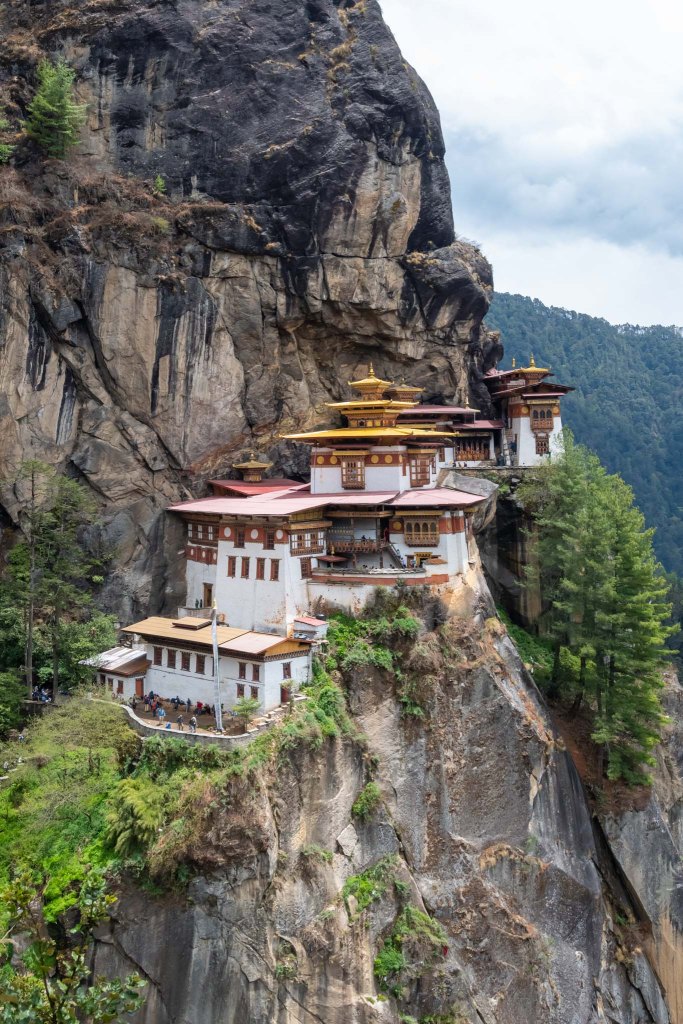

After the viewpoints, you start descending the steps on to a bridge, from where you can see a waterfall.

The bridge connects two mountains, and you then climb up about 300 steps to reach Tiger’s Nest. There are nine temples in the complex, eight of which are dedicated to Padmasambhava and the ninth one is dedicated to the local deity. Bhutanese believe that if you go to the temple of any local deity, you must visit it each year thereafter. There are such local deities in most temples, and we had been avoiding them for this reason. In one of the temples, you can see the entrance to the cave in which Padmasambhava meditated. It seems the cave is opened only for one day in a year and entry is restricted only to Bhutanese people and Buddhists.
Sitting inside a temple on the mountainside, at such an altitude is very, very pleasant and an enriching experience. We spent some time inside a temple meditating, as Sonam called it, and I could easily understand why monks choose such surroundings. The peace and tranquility cannot be explained.
It drizzled a bit when we were in the temple complex, and we started on our way back after that. We reached the point to climb up to the other temple and debated whether we should go up. Sonam seemed uncharacteristically reluctant; he being quite enthusiastic otherwise. In any case, we decided to try and it and went up some steps from where we could see a small temple and a steep iron ladder leading up to the temple at the hilltop. At this point itself, we were looking down on Tiger’s Nest and Sonam’s reluctance seemed to increase. When I pressed him, he said the rain clouds were looking ominous and if it started raining, the descent would be very difficult. He also said that the café would close by 4 pm and we needed to get there well before, to get lunch. Clouds were darkening and we reluctantly decided not to go up to the other temple and went back.



It started raining as soon as we reached the café and on hindsight it was indeed a good decision that we did not carry on to the other temple. The climb up and the walk down had sapped our energy and I had made the mistake of not carrying any chocolate bars and it was not available in the café. So, suffice to say that we were ravenous by the time we go to the café and but naturally, I found the lunch to be very good. It didn’t look like the rain was going to stop and so we decided to start the second leg of the descent without waiting as it would become dark otherwise and there were no lights on the path. Since the horses had stopped plying by then, we took that path. As I was worried about the camera getting wet, I took up the one small umbrella we had. I had slung the camera bag in front of me on my chest and this meant I could not see where I was putting my foot down and, in some parts, the path had become slippery because of the rain. So, the descent took a bit more time for me and I found Sandhya and Sonam waiting for me at the car park by the time I got down.
Thankfully, we didn’t get too wet and, on the way, back in the car we were discussing about how lucky we were that the weather gods allowed us to visit this wonderful place. Tiger’s Nest was definitely the highpoint of our trip to Bhutan and in my opinion, no visit to Bhutan is complete without it. It not just the majestic beauty of the place, it is also the peace and tranquility you find there. An exceptional experience is all I can say. We were also quite elated that we were able to finish the trek without much difficulty. Overall, we had taken about two and a half hours to get to the top with half an hour of stoppage time at the café.
Next day morning, we started with the Kyichu Lhakhang, which is one of the oldest monasteries in Bhutan. It was built in the seventh century by a Tibetan king and in the seventeenth century, it came under the patronage of Ngawang Namgyal. It is set in a beautiful garden and according to Sonam, one important aspect of this temple is that the idol here is that of Siddhartha Gautama (the current Buddha) but the idol is draped in the dress of the future Buddha (Maitreya).





This temple also had a space which Sonam called as “like your Nagas in Hindu temples”. This was just a rectangular structure with roof on it. Sonam said some people claim to have seen cobras here. We had seen similar spaces in other temples too. I found this to be quite interesting, as it spoke of some connections between religions and possible give and take, especially as I didn’t see the snake as an object of worship in Buddhism.

Next up was another monastery where the master Thangtong Gyalpo fought a demon that had taken the shape of a turtle and subdued it. Sonam showed us a cavity of one wall and said that was the mouth of the turtle. This monastery is called Jangtsa Dumtseg Lhakhang. It has some sort of a charm though it is very simple in design and appearance. There are 108 prayer wheels around the temple and Sonam said that many local people come here and go around the temple 108 times. We did see many walking around with folded arms.


We then drove a short way up the hill side from where we could see the Paro town and it does look so beautiful.

Paro Rinpung Dzong was a short ride away and this was built by Ngawang Namgyal in 1644 after demolishing an older dzong that stood at this site. This is a fairly large Dzong and was decorated pretty much like the others we had visited.








There is a small entrance hall and the walls of that hall are decorated nicely with pictures and since this was not inside the temple, photography was allowed. There is a painting of the Buddhist circle of life here. Those born with elements of rooster (greed), pig (ignorance) or snake (anger) are in the lower half, because of these base elements. These are depicted in the circle in the centre. It is believed that everyone who is born is part of this circle. They go out of the circle when they become Buddha i.e., achieve enlightenment. The Bhutanese believe that human form is the best form to achieve enlightenment and it takes several rebirths for one to become a Buddha except for some very gifted individuals. They believe very strongly in reincarnation, and they say that every master before he dies, writes down the signs by which his reincarnation can be found out and passes it on to his chief disciple. Thus, they speak of many people who are alive even now and connect them with stalwarts that have passed away long ago. This belief seems to be very deep rooted and seems to be taken without question.


That brought us to the end of a wonderful trip, which was truly an experience. Bhutan doesn’t have anything overly exceptional to show off, except may be its natural beauty. The monasteries are not too very old (as most have been rebuilt) and they are not very sophisticated in architecture like the temples in India; not a single site is listed as a UNESCO heritage site. There are no flashy, swanky buildings or art galleries or even sports like para gliding (as this may cause people to glide over monasteries and that is taboo). Yet, the country and its people have a special charm, and you cannot but lose yourself in it!
